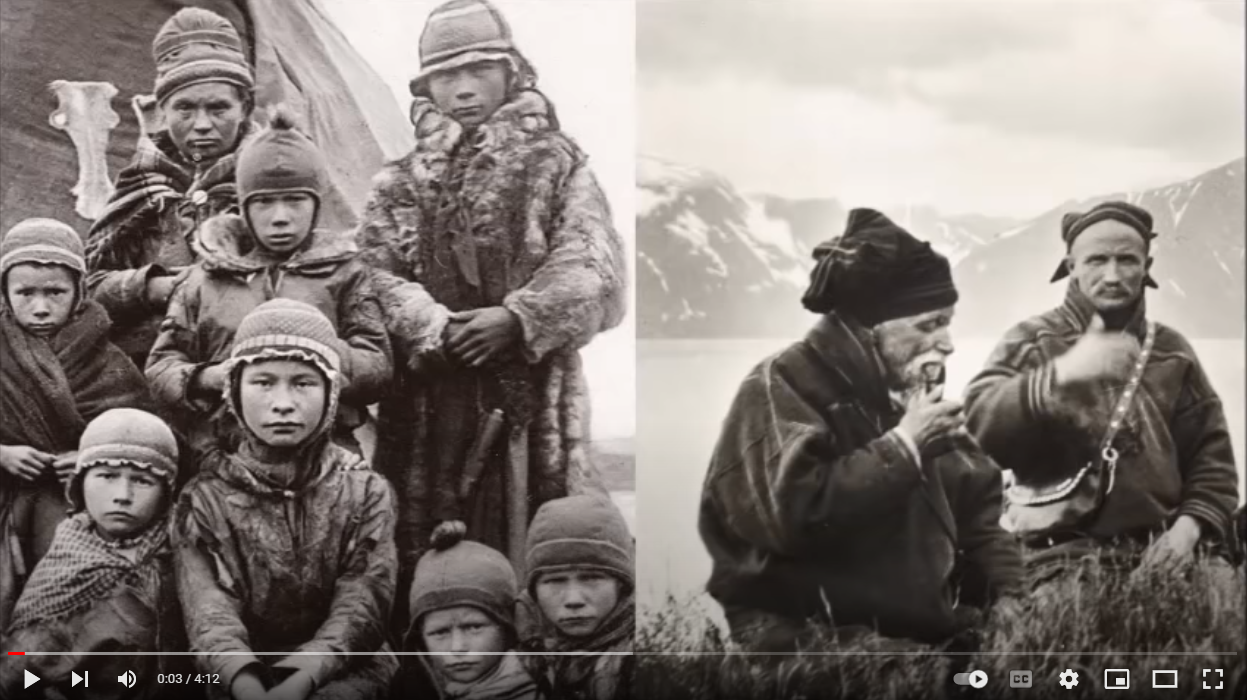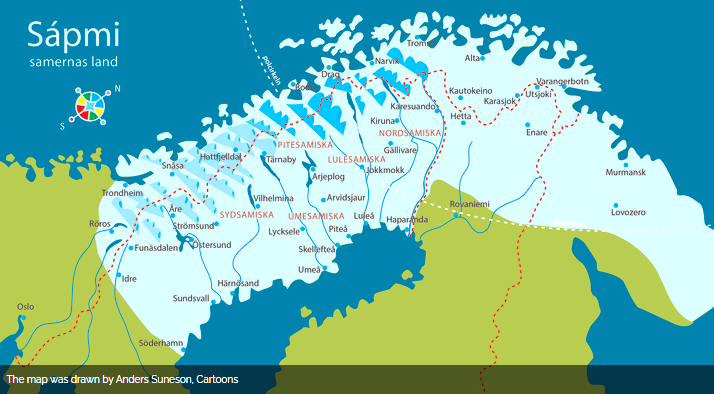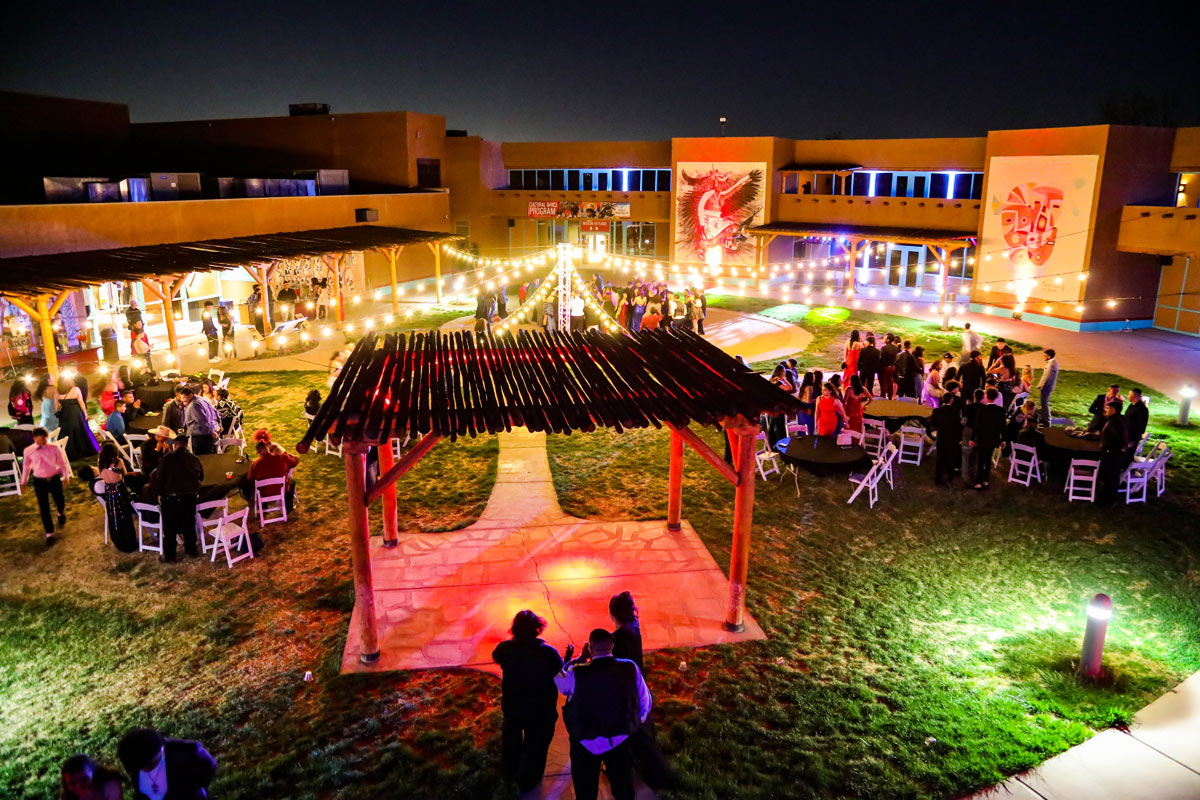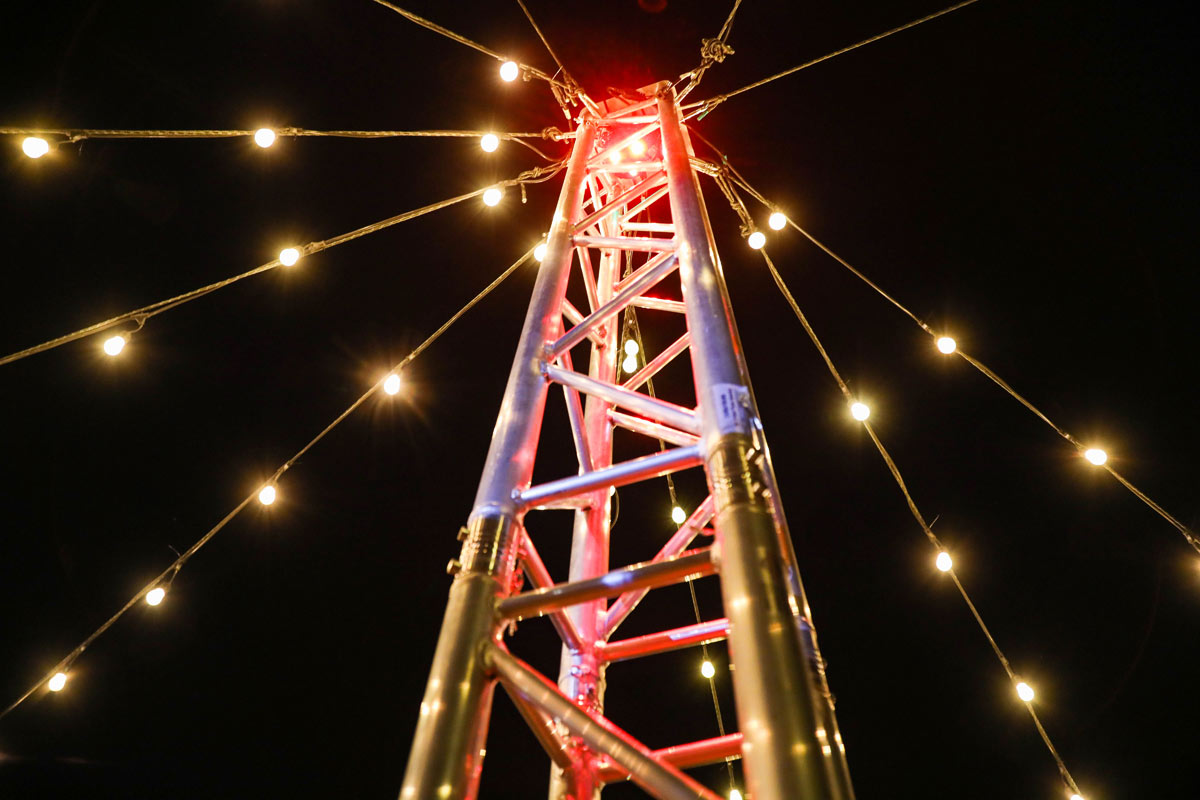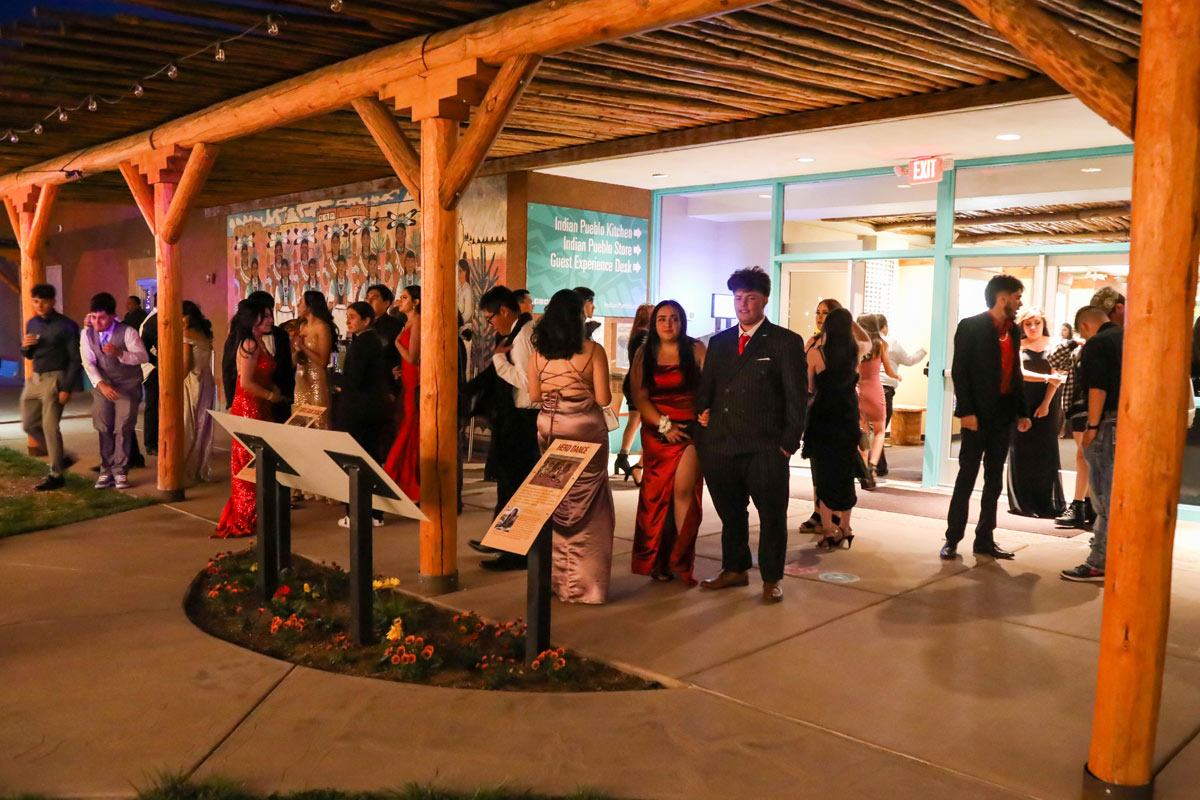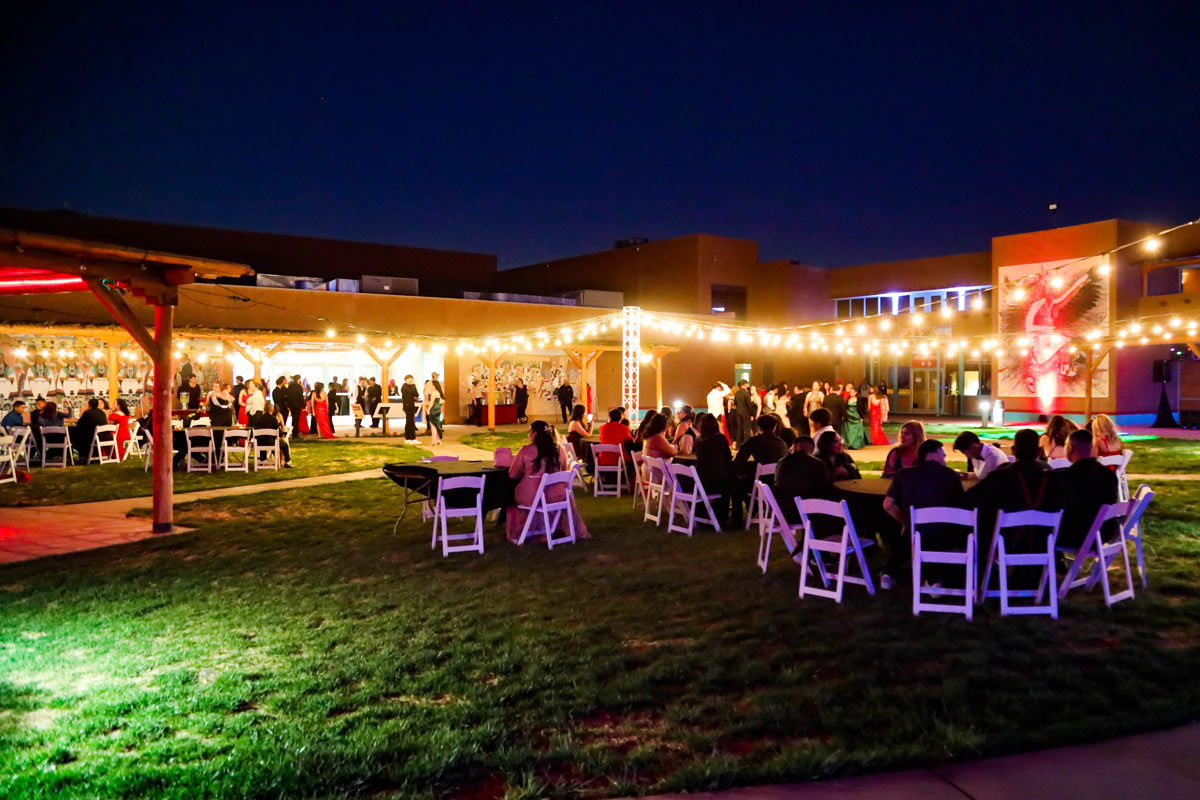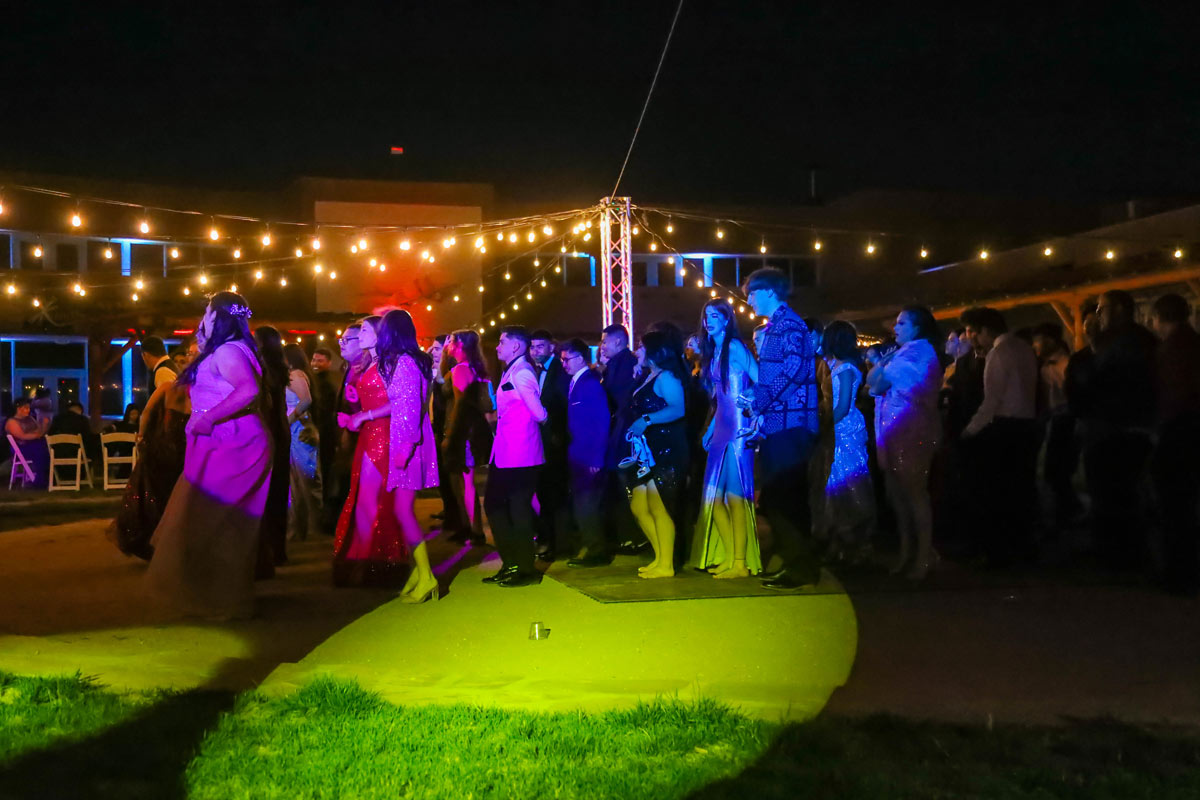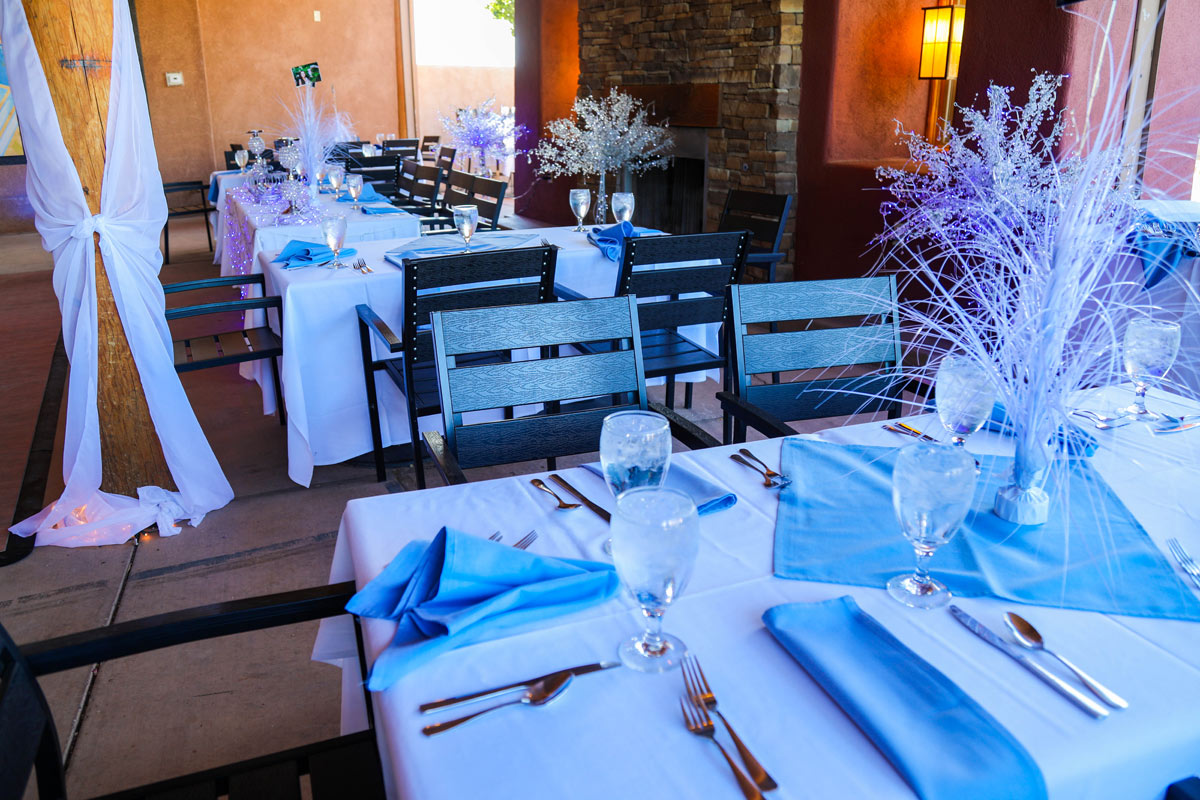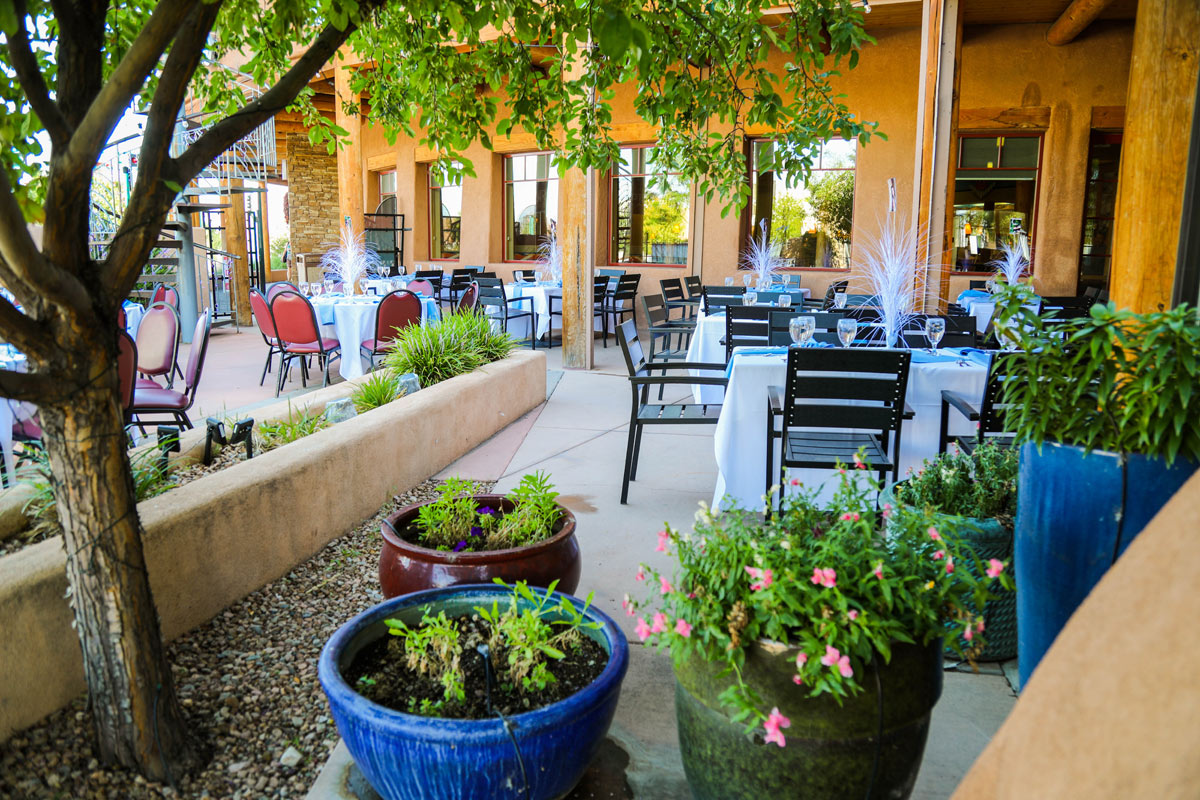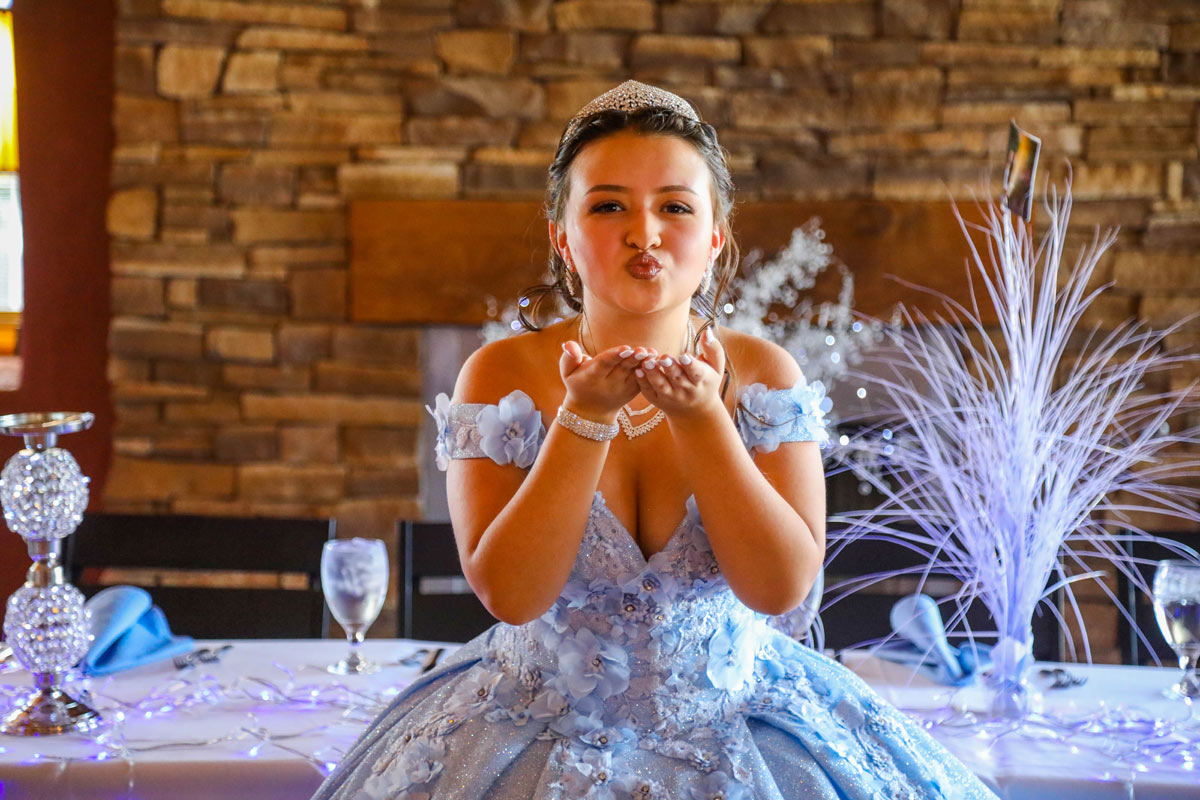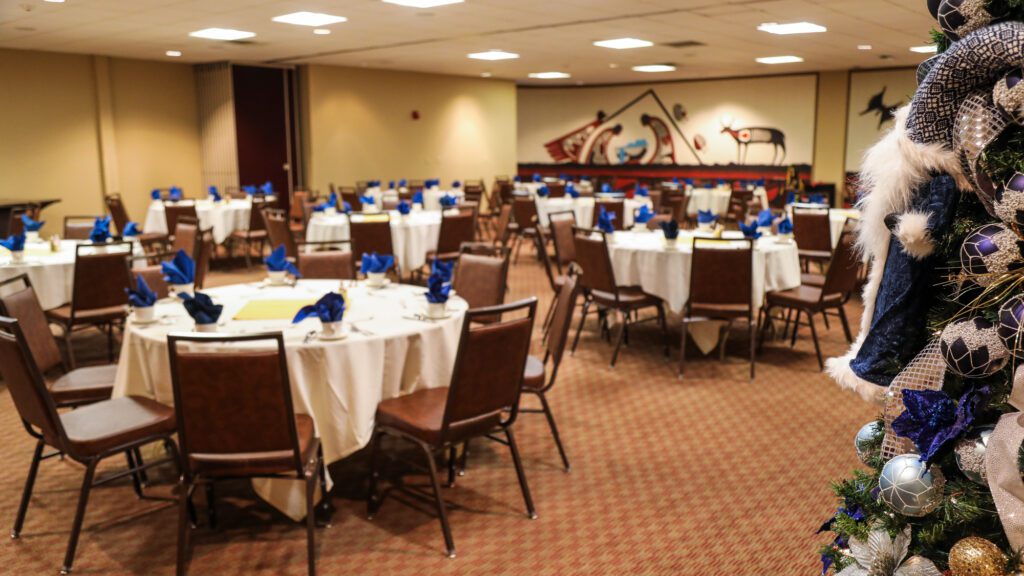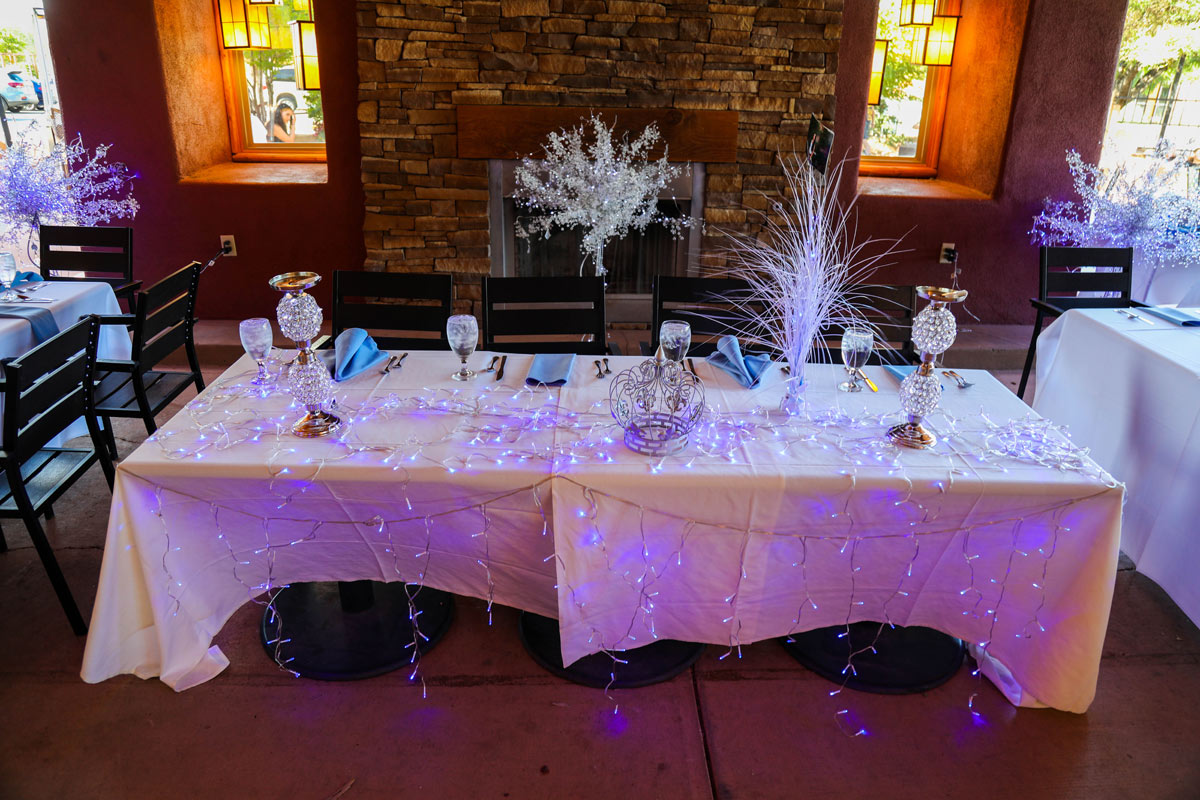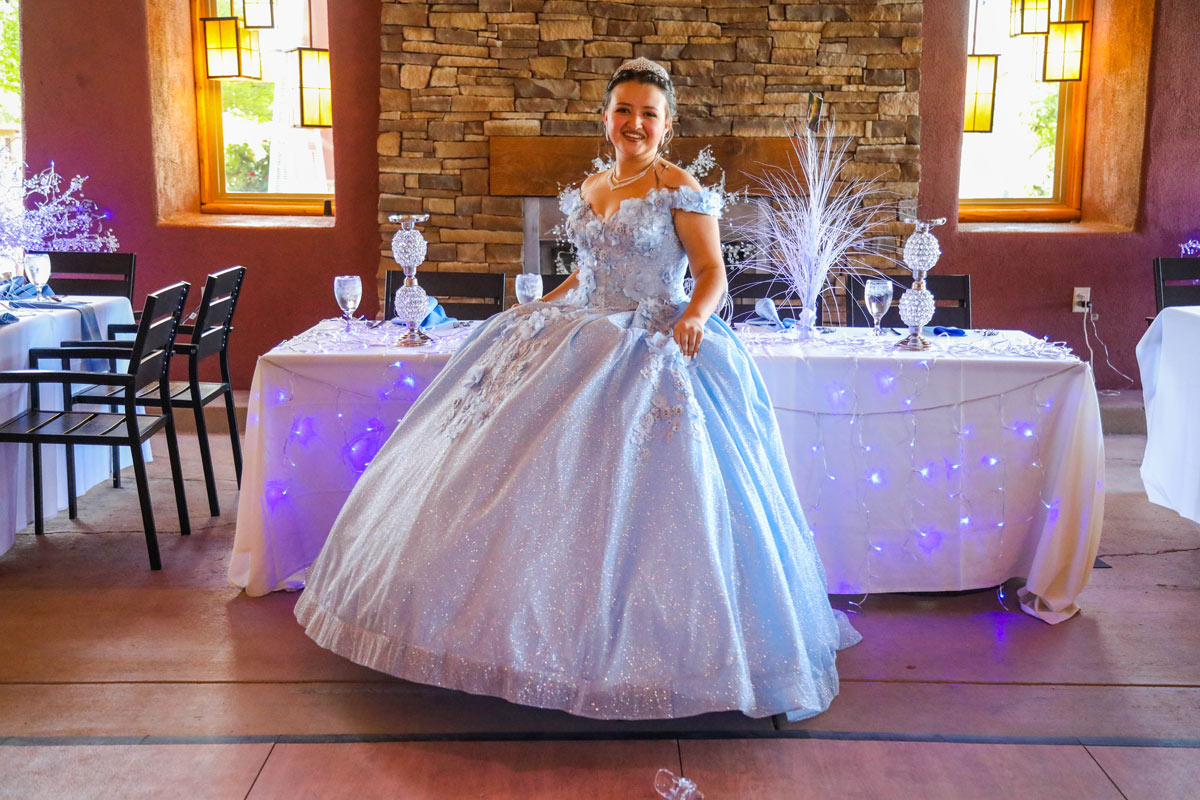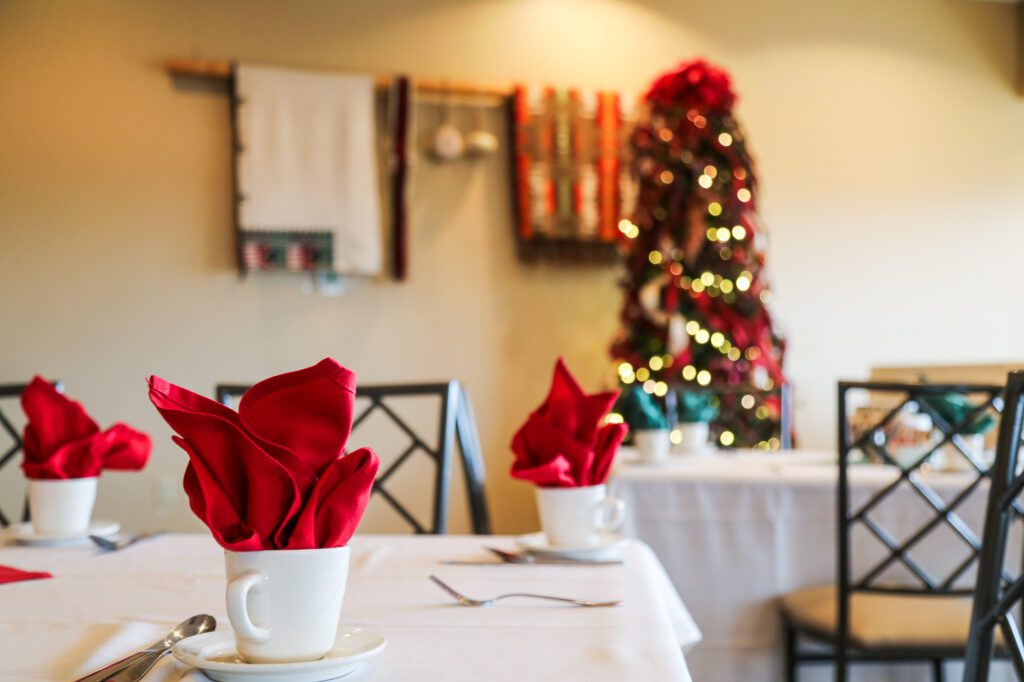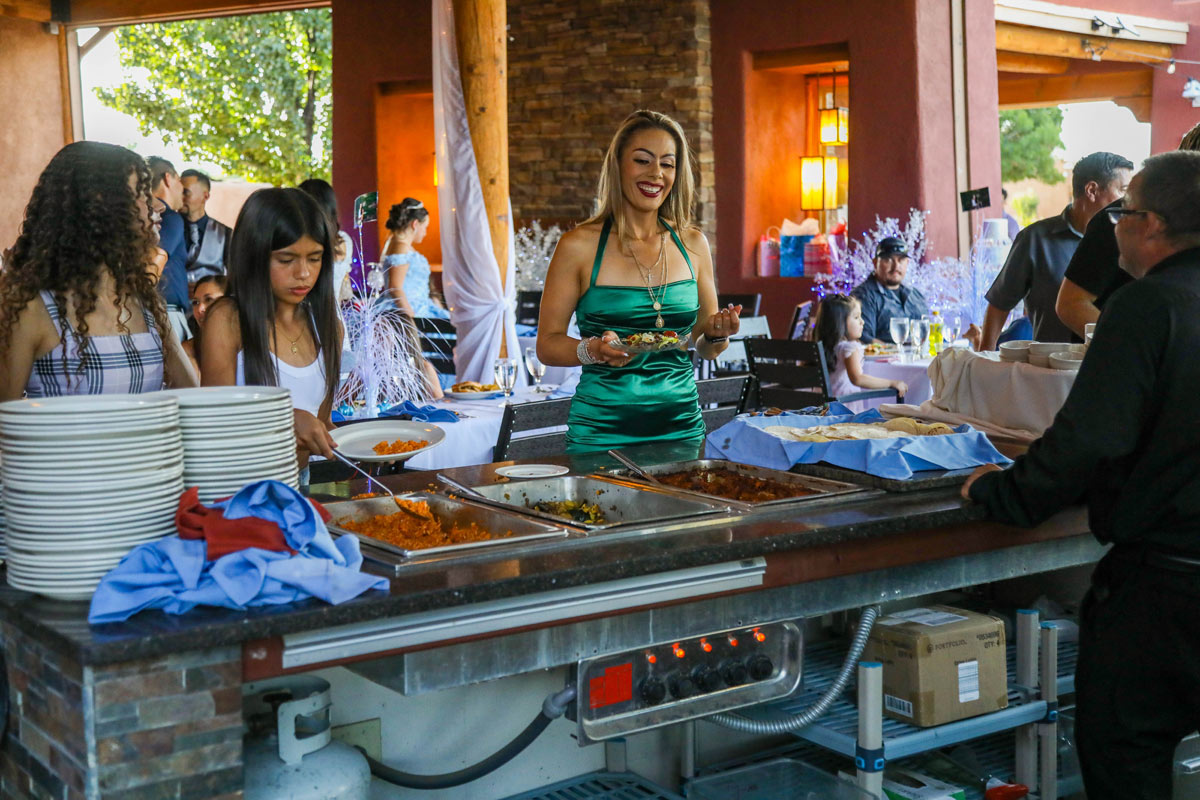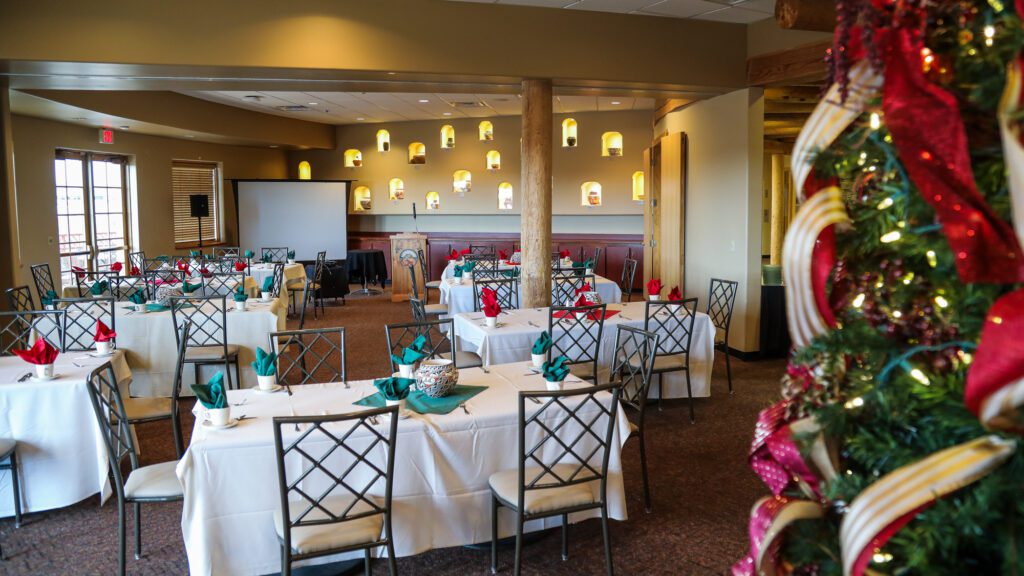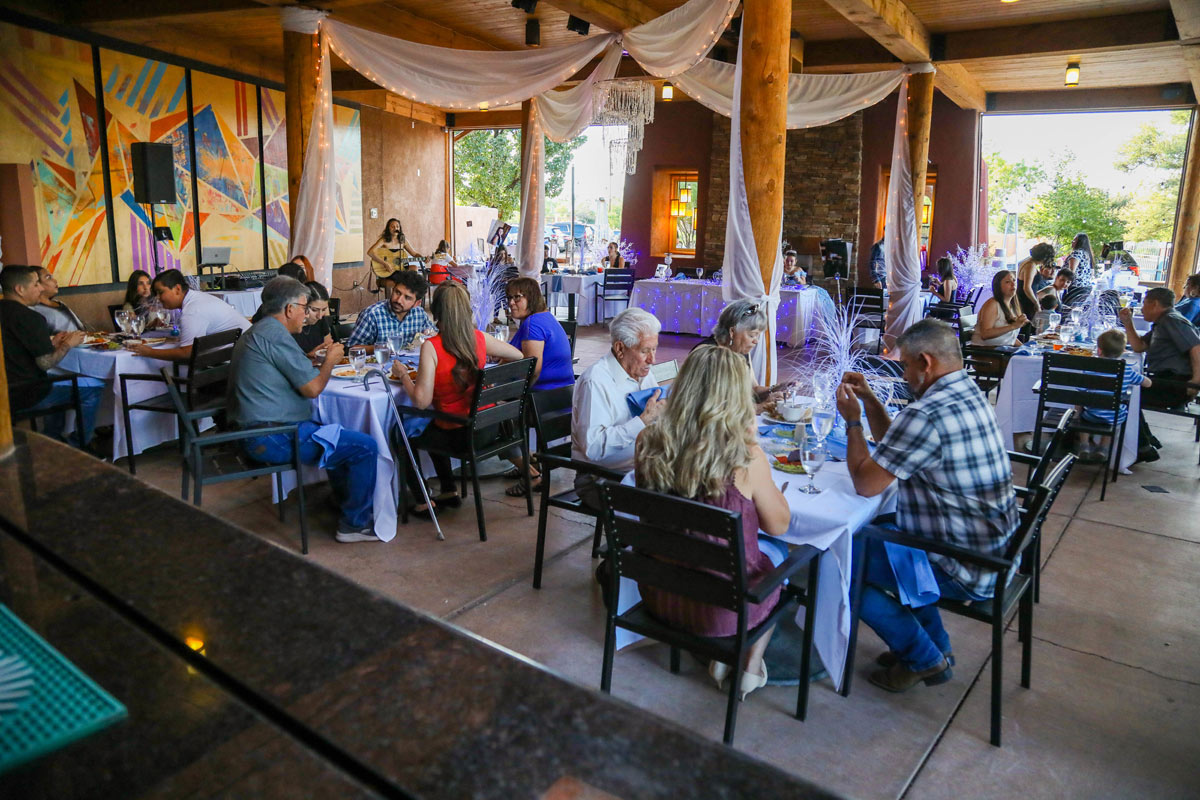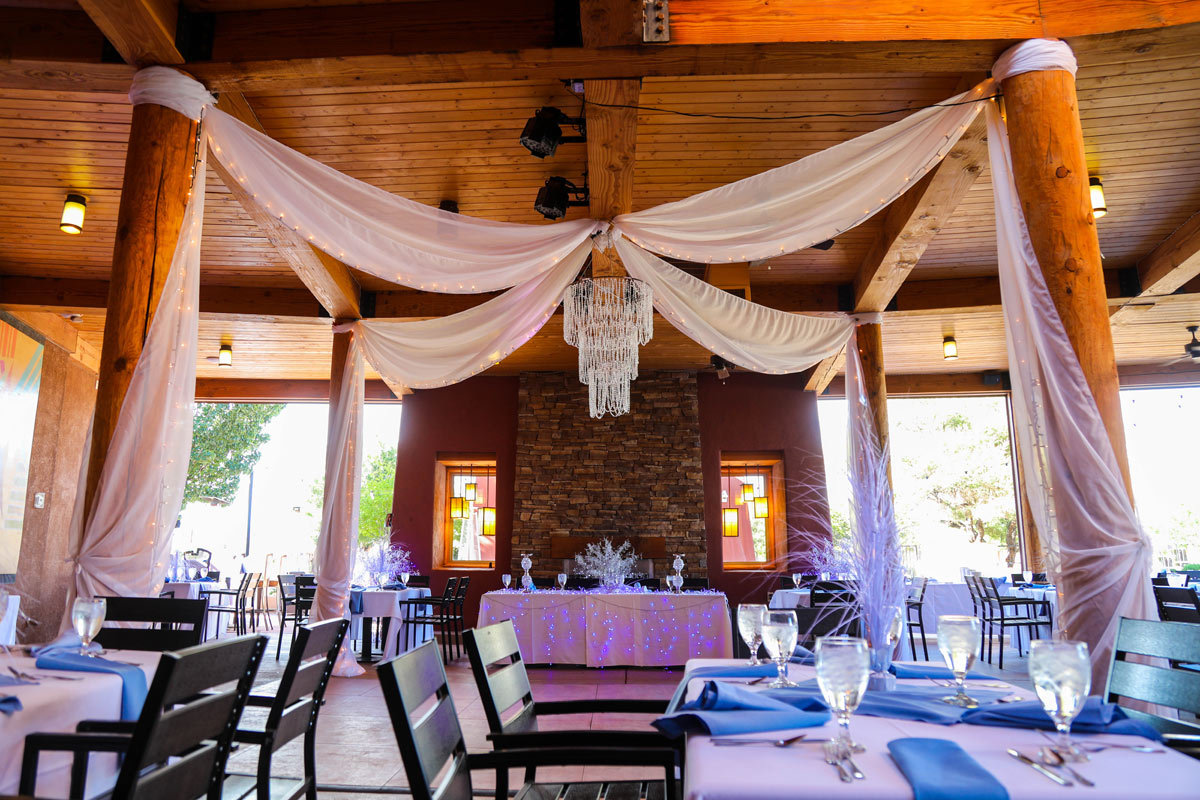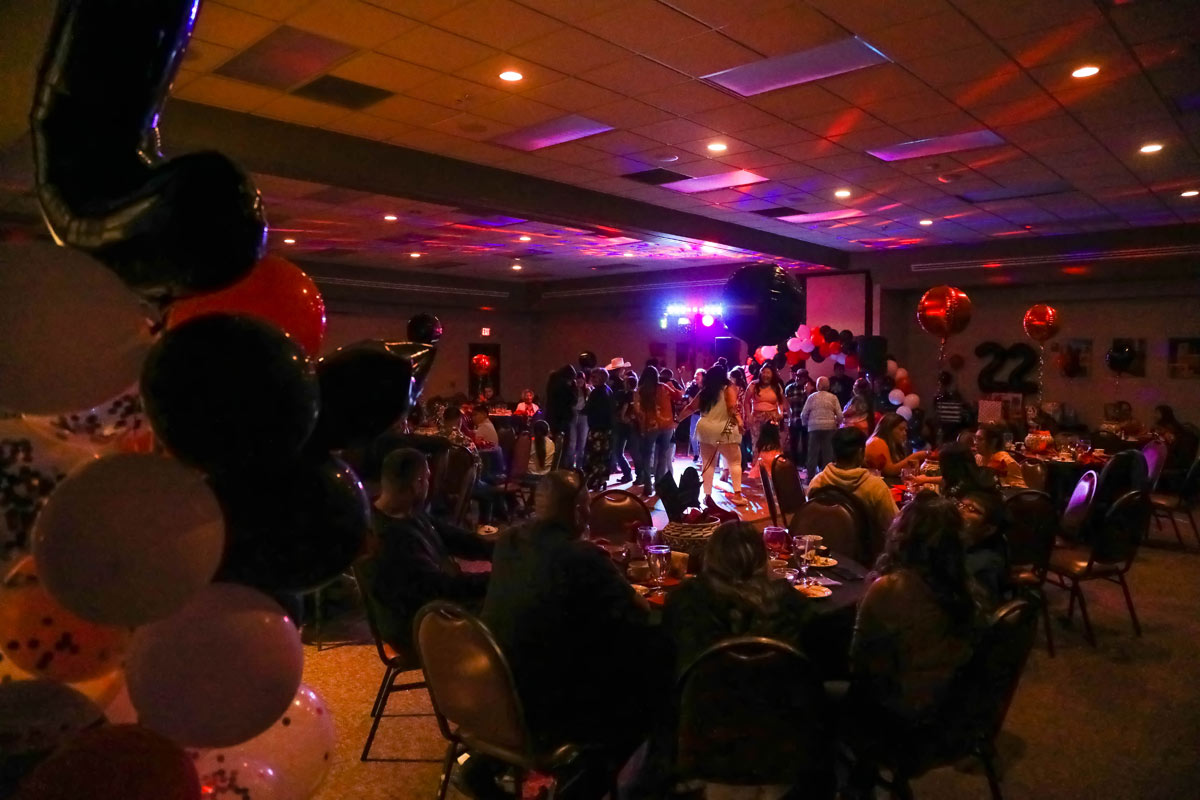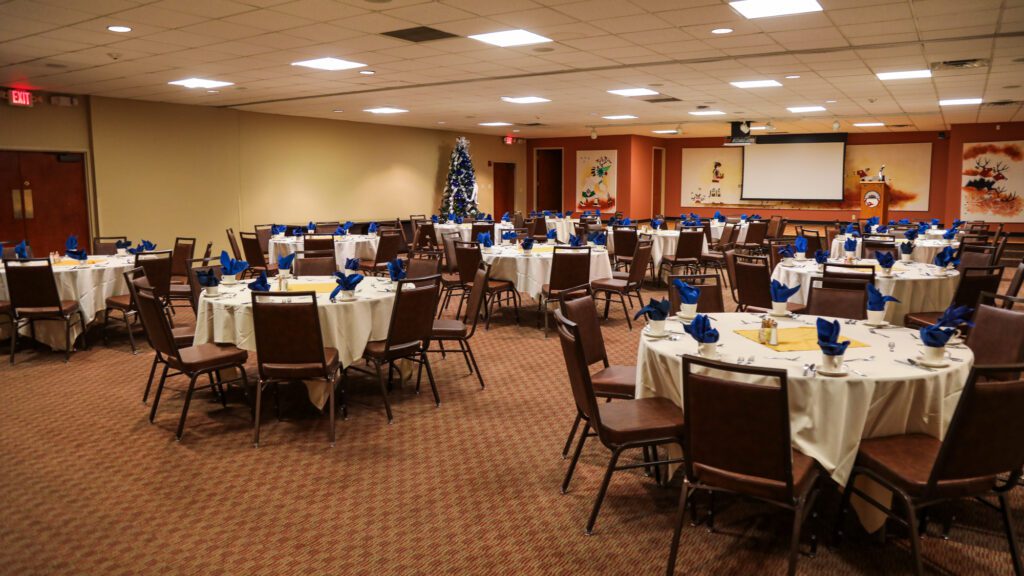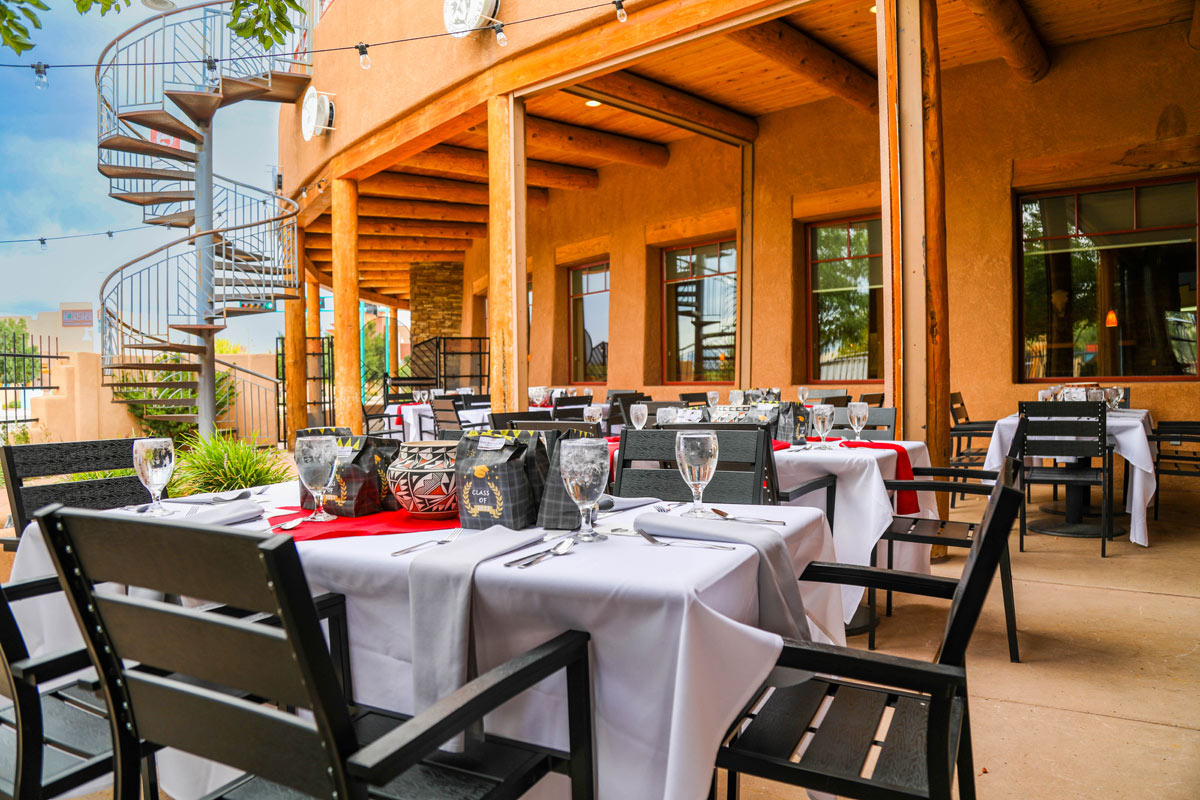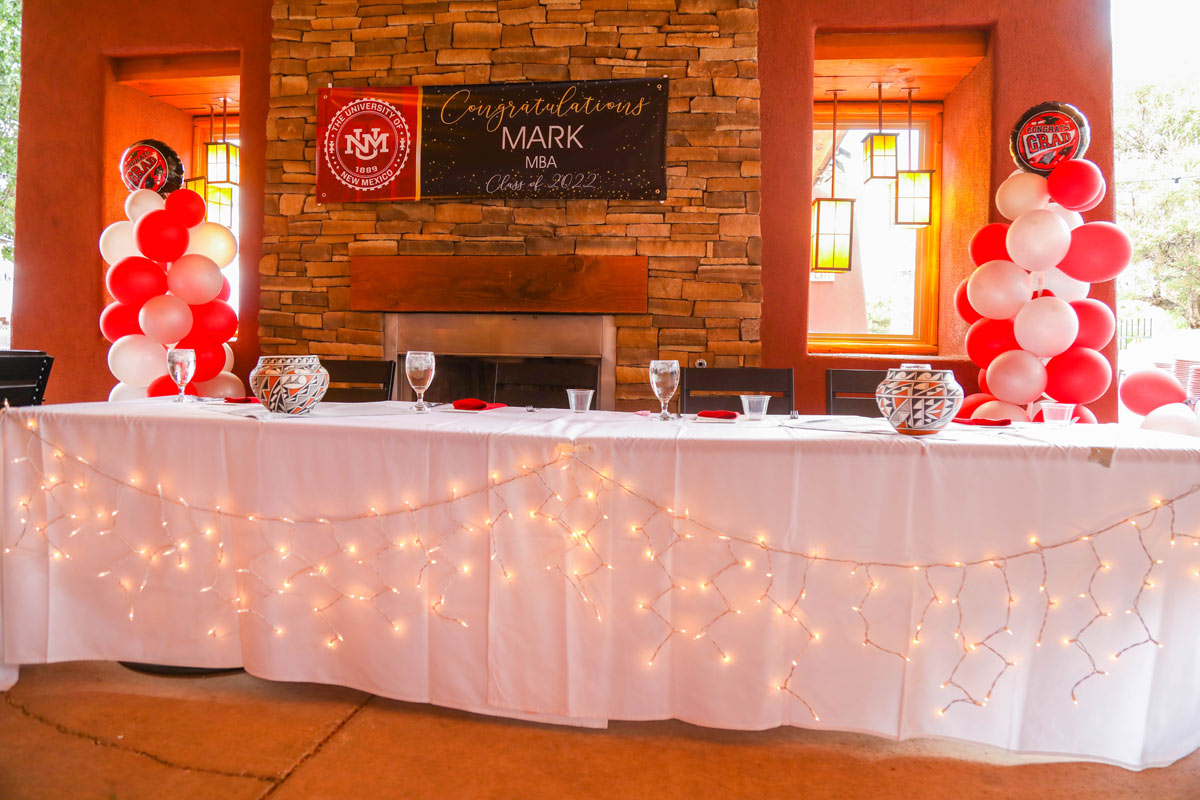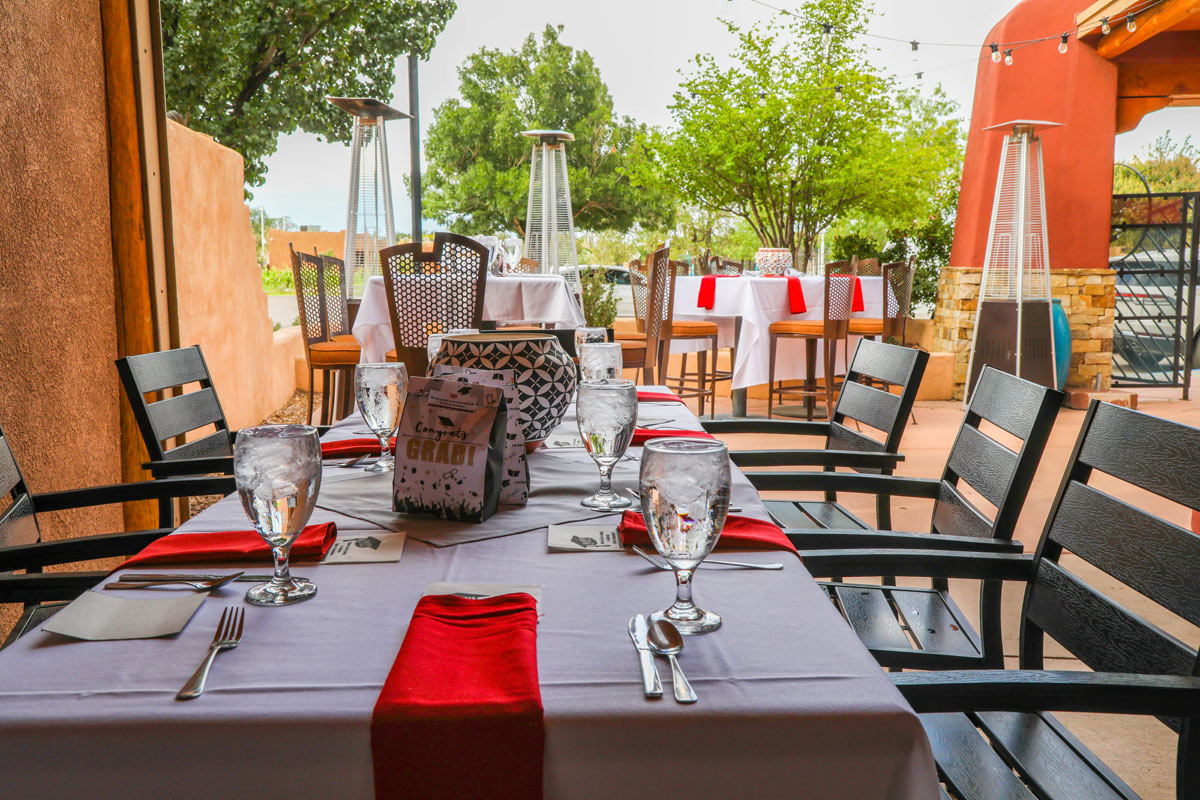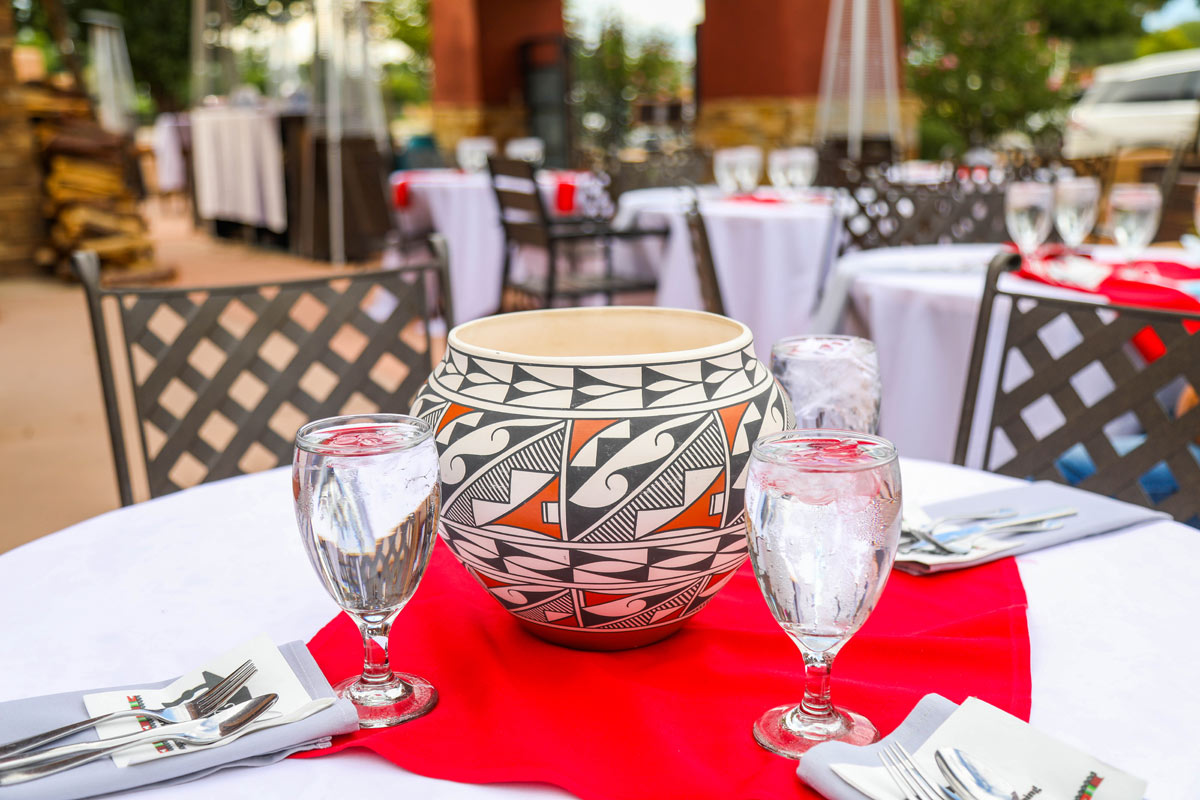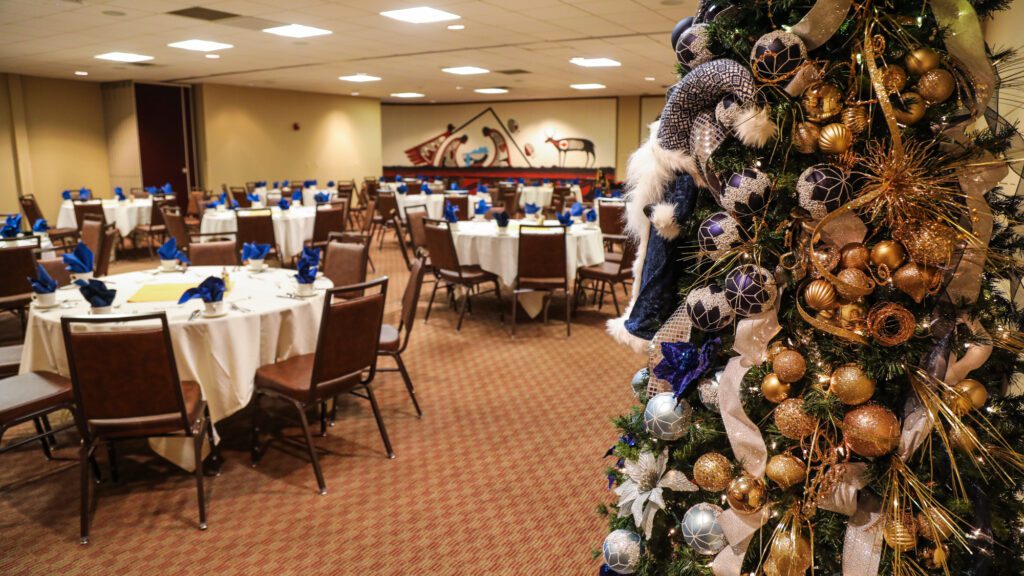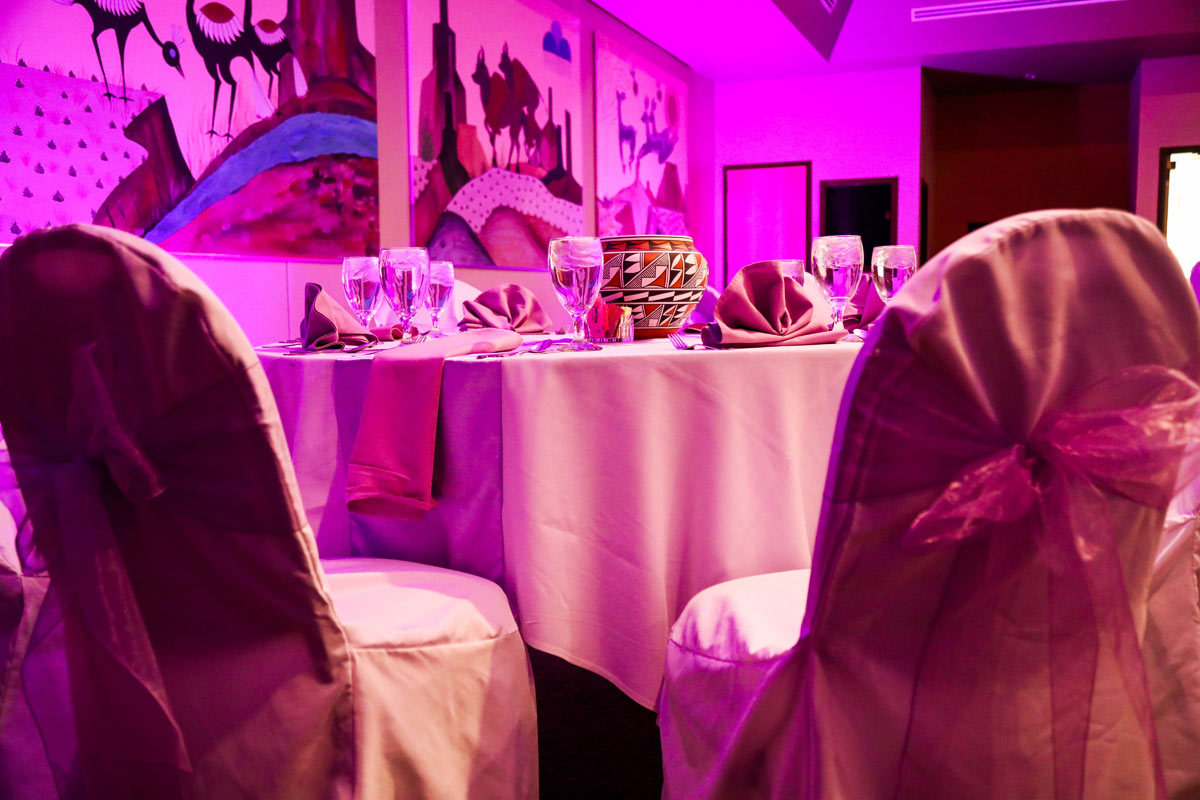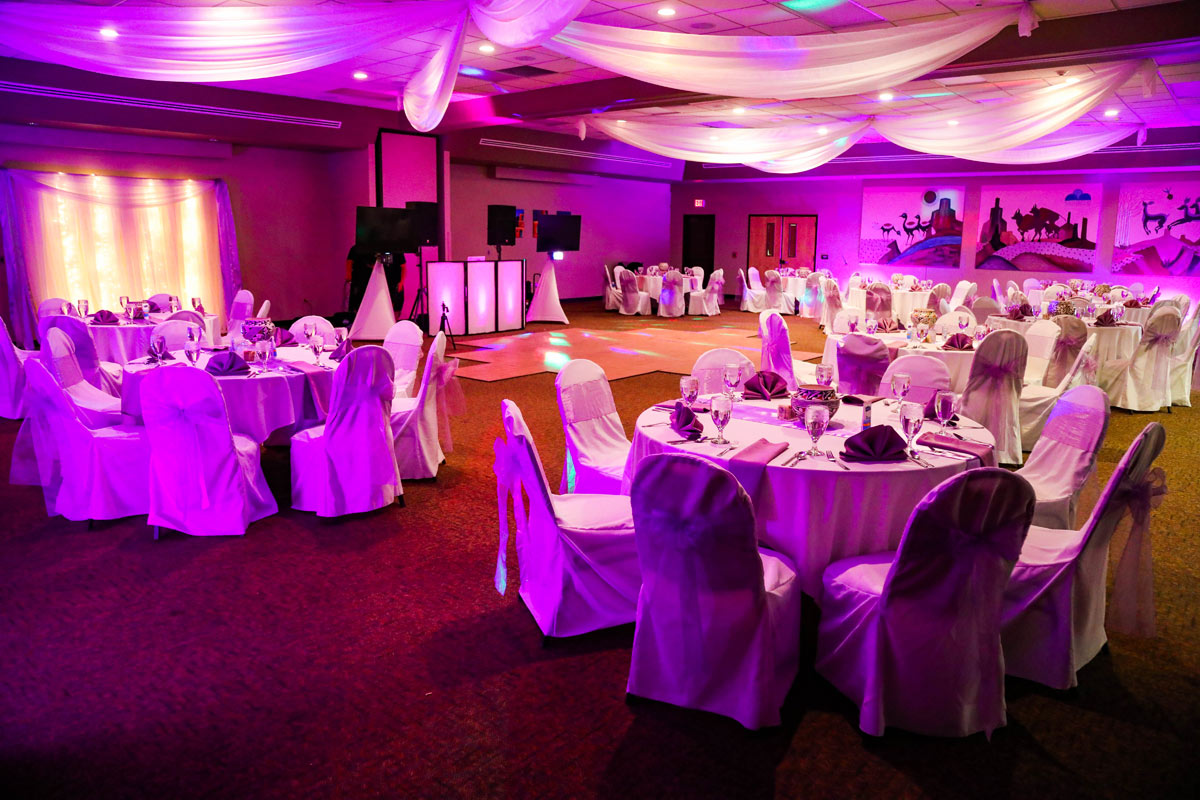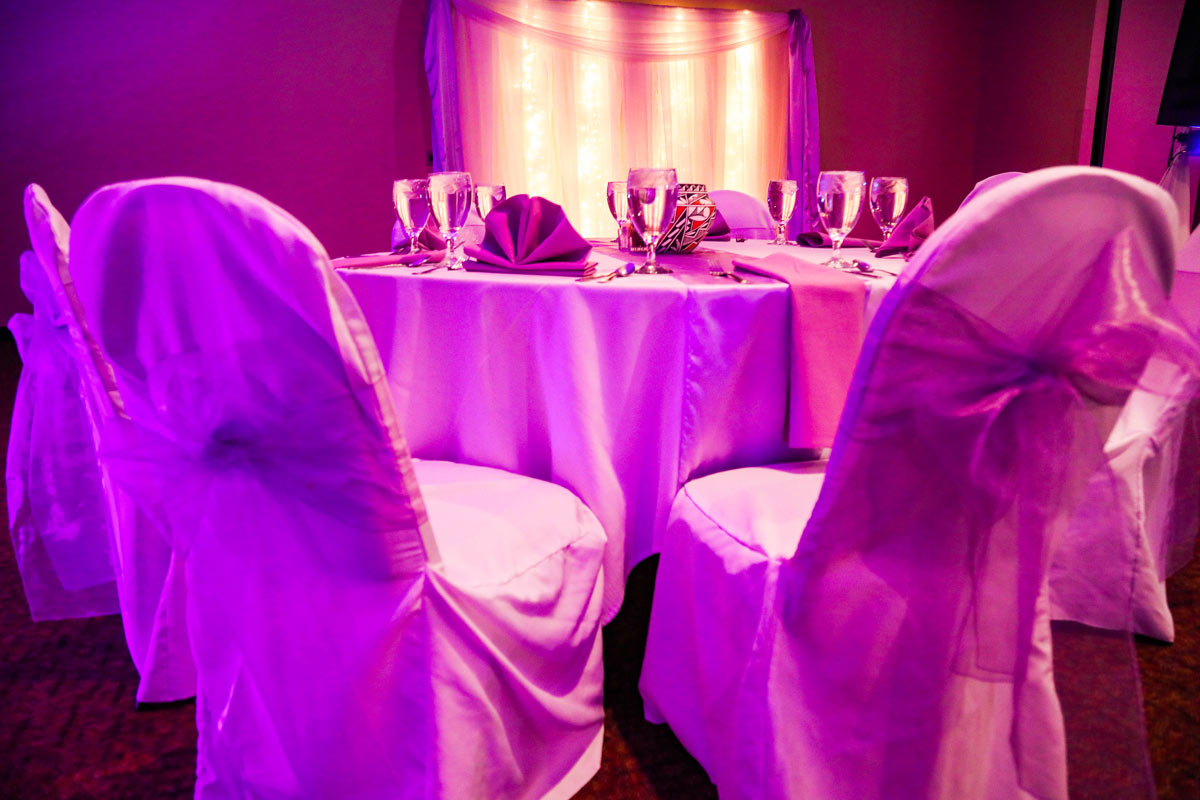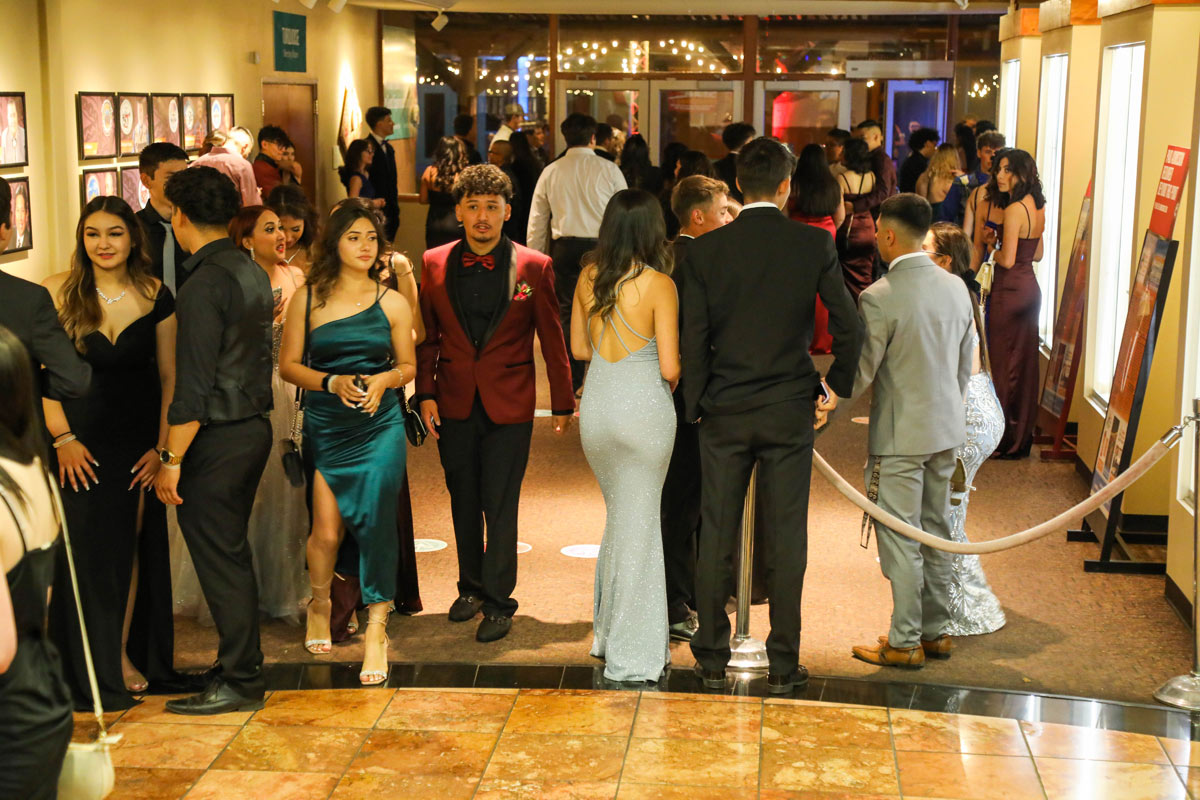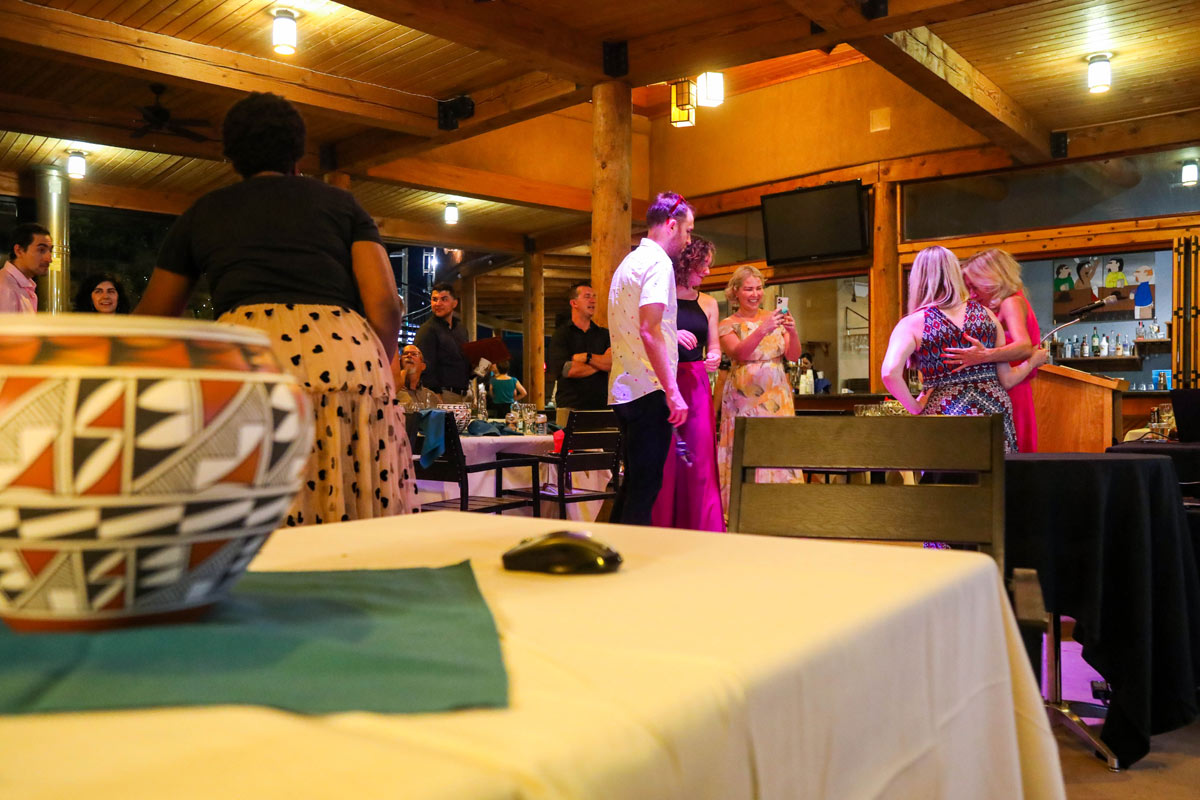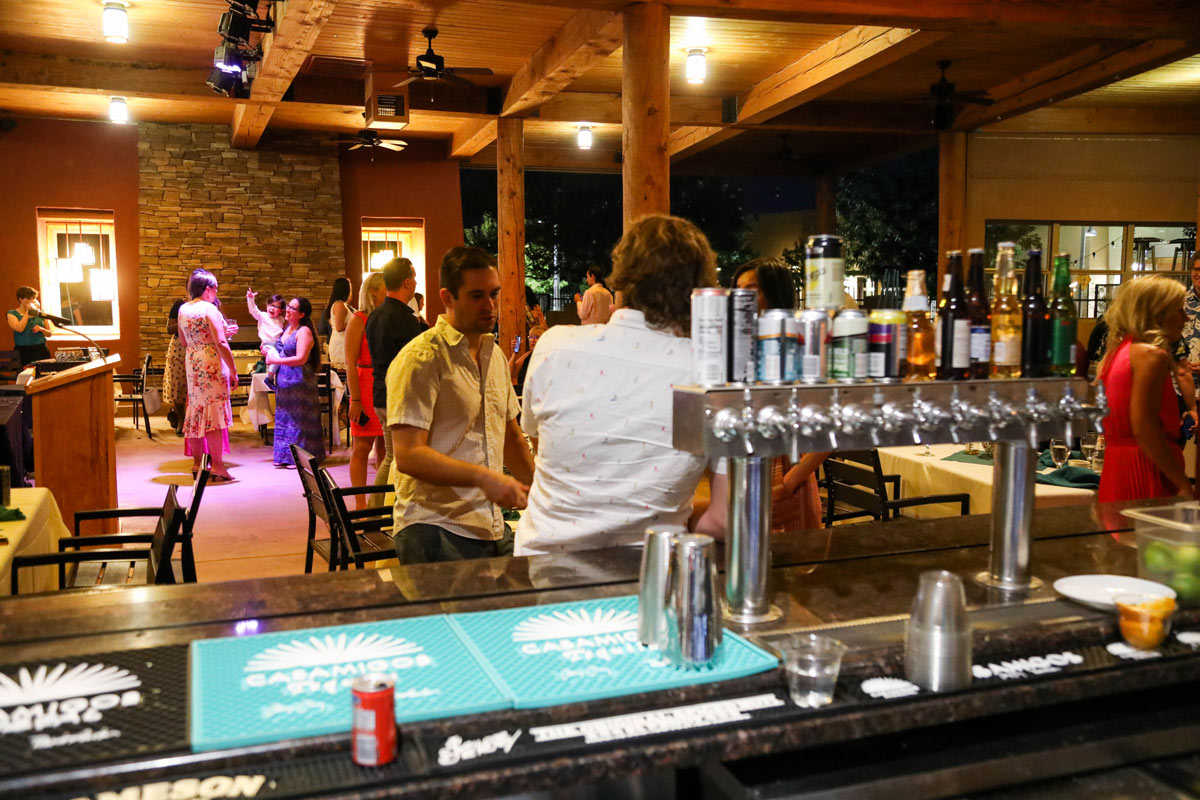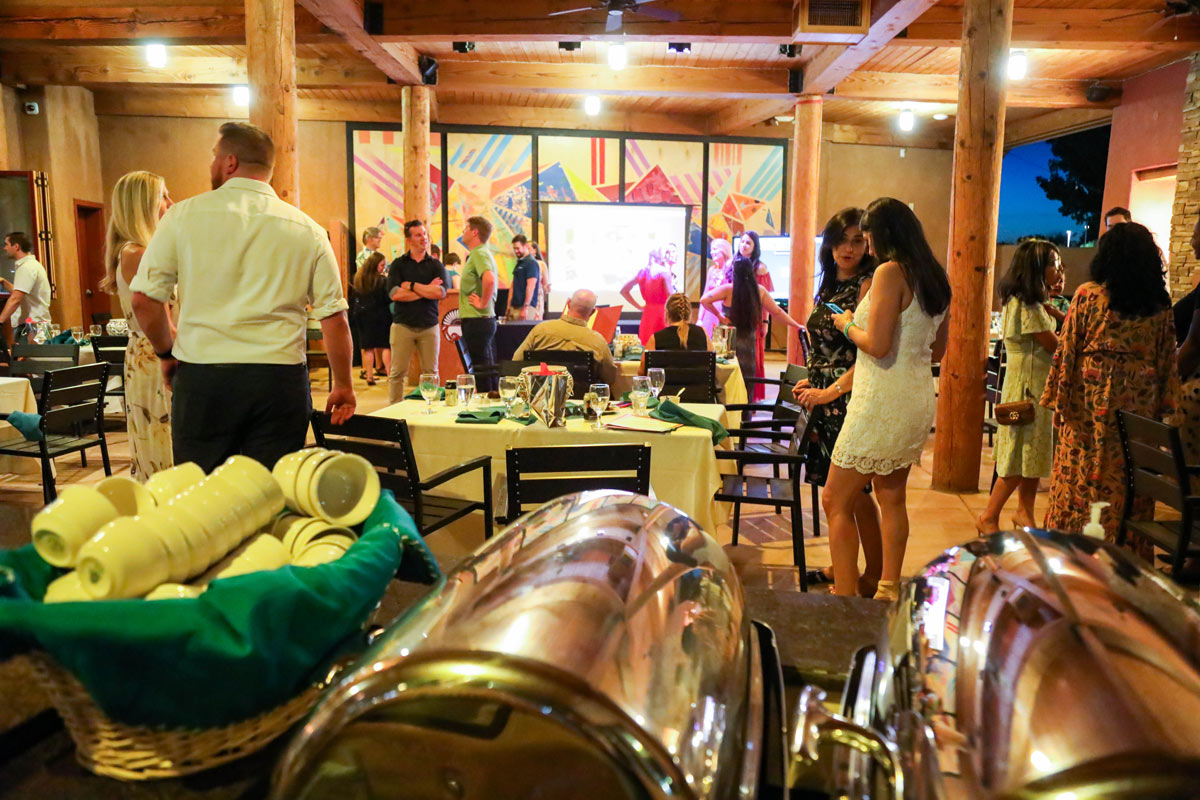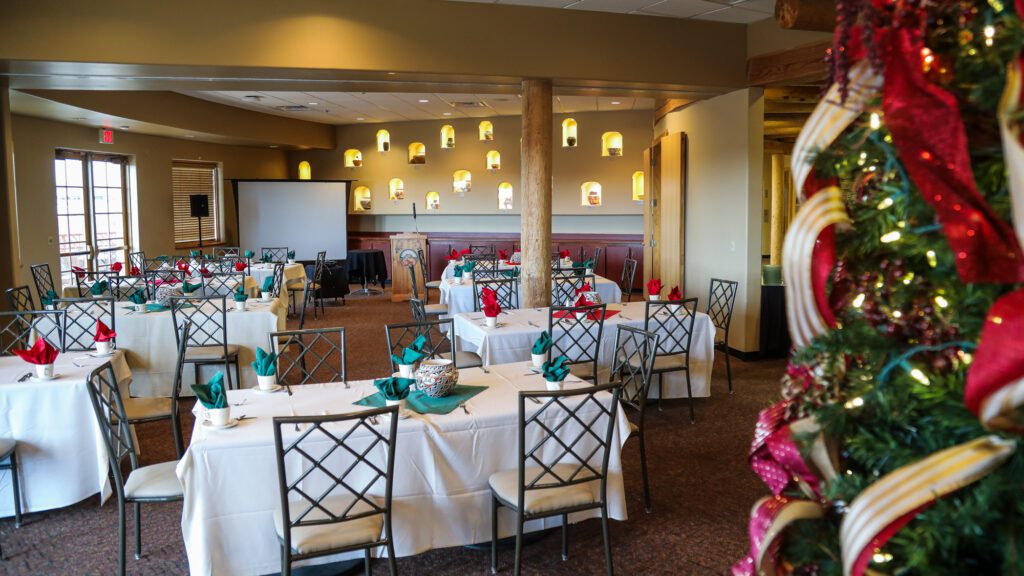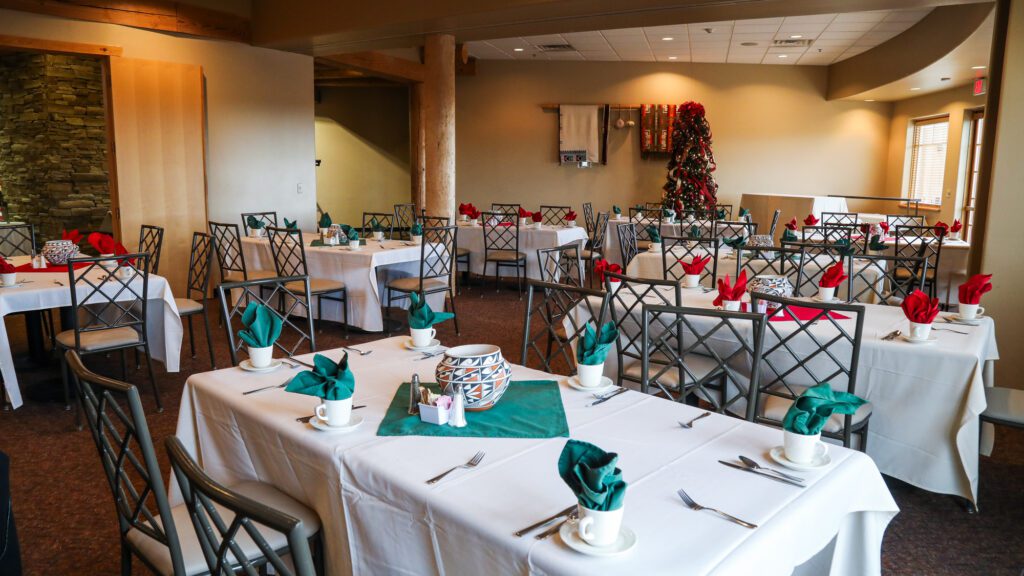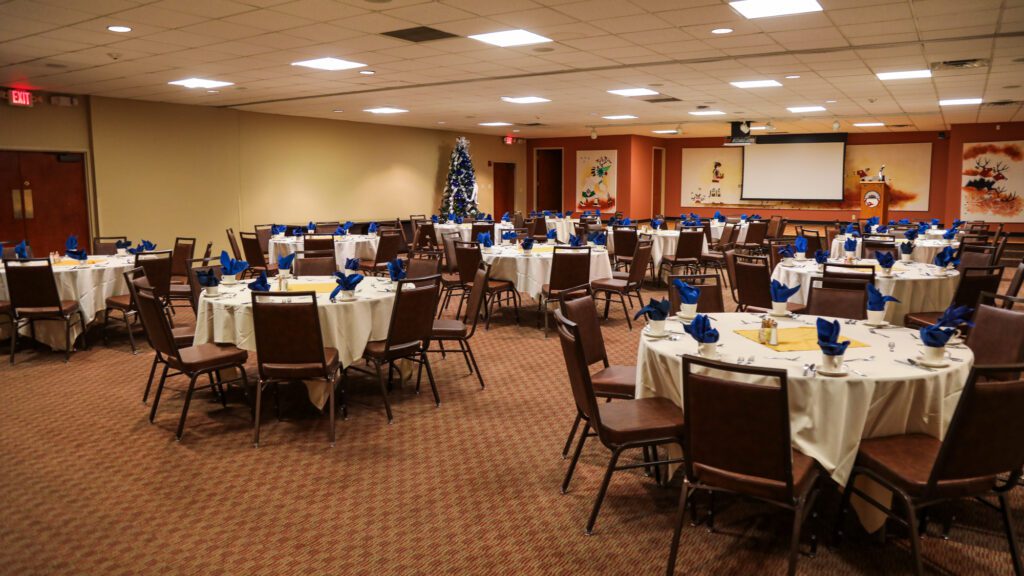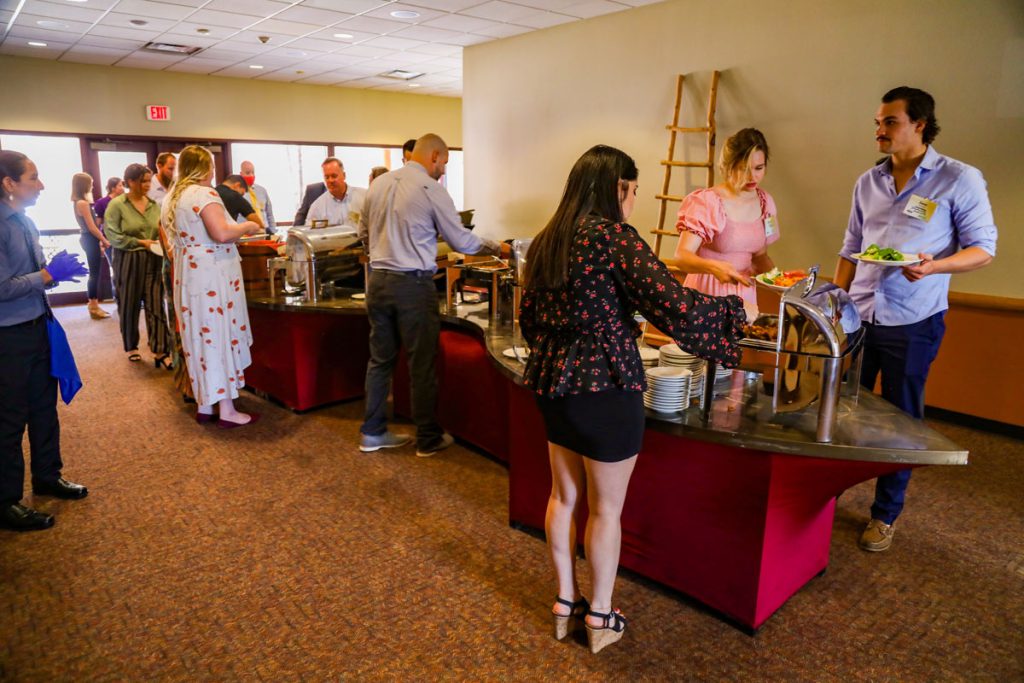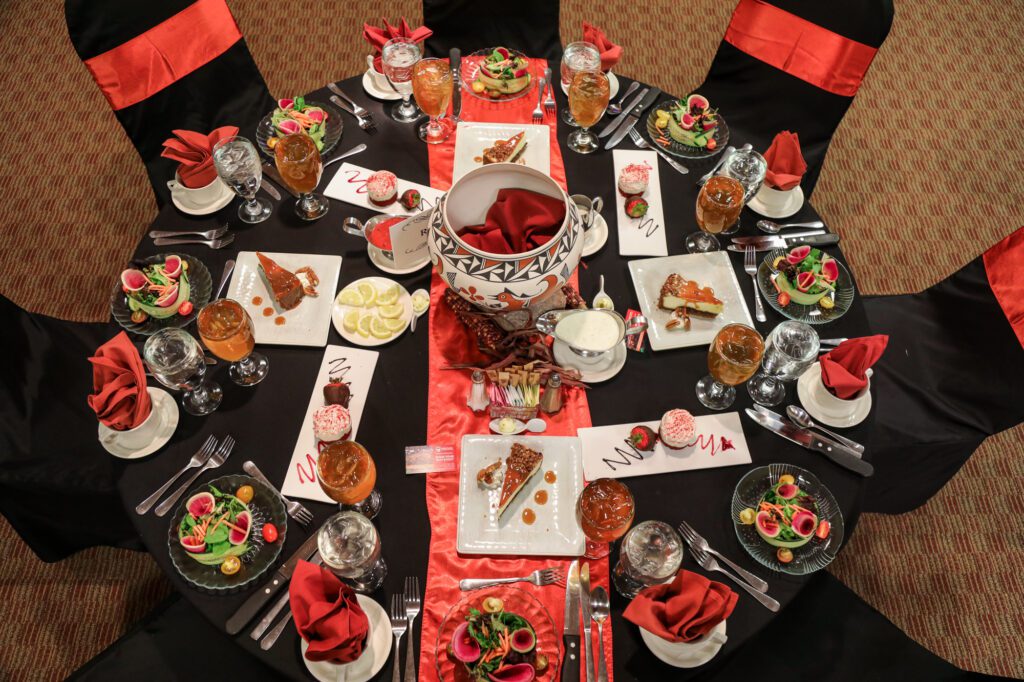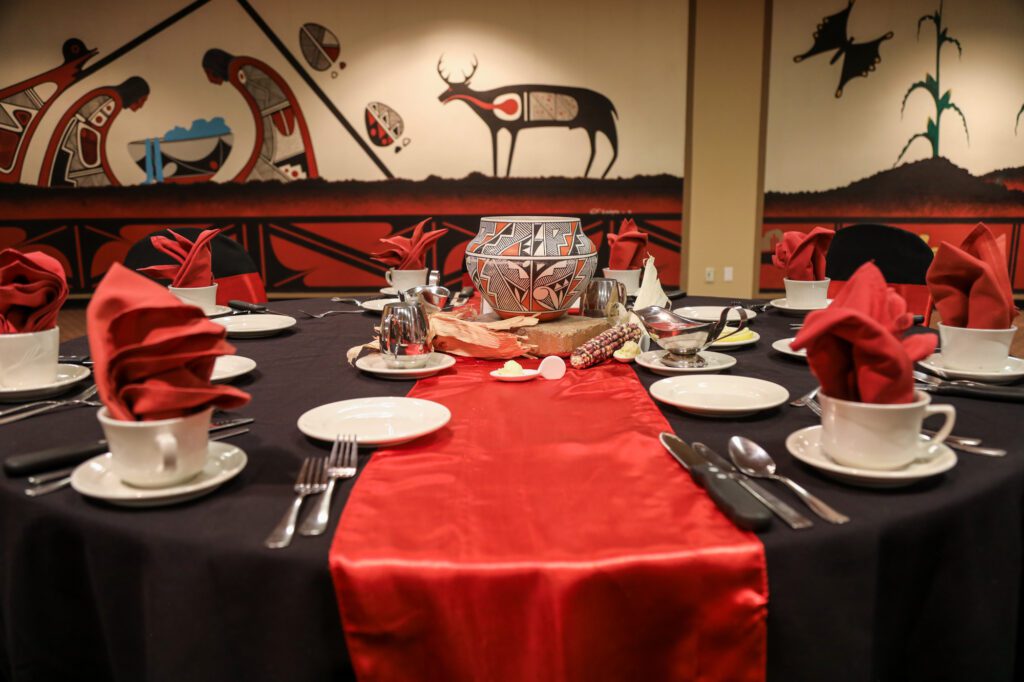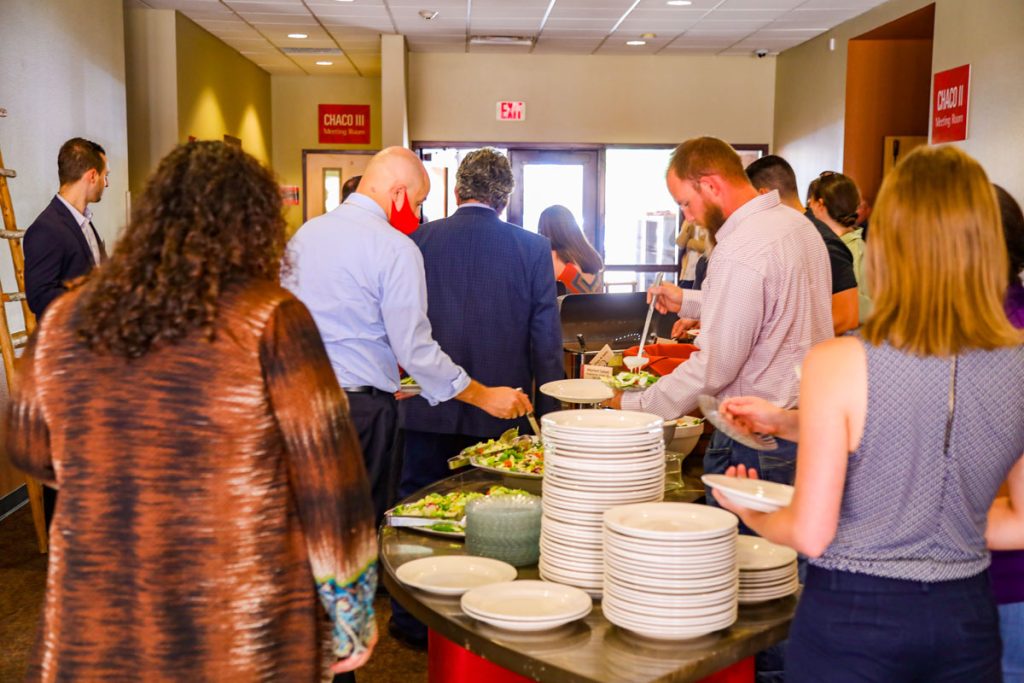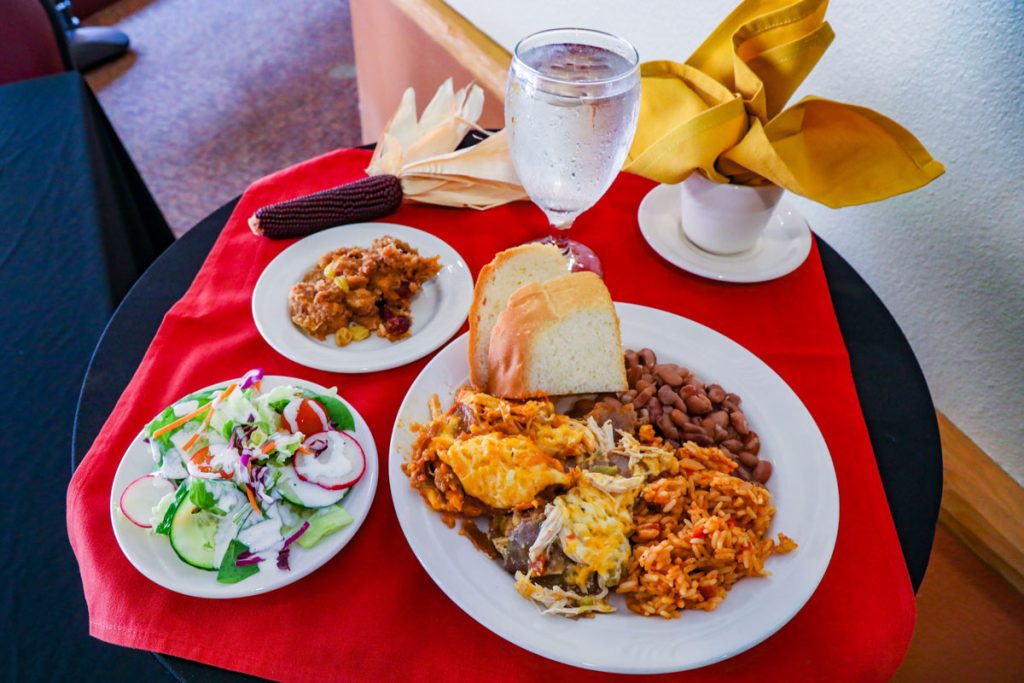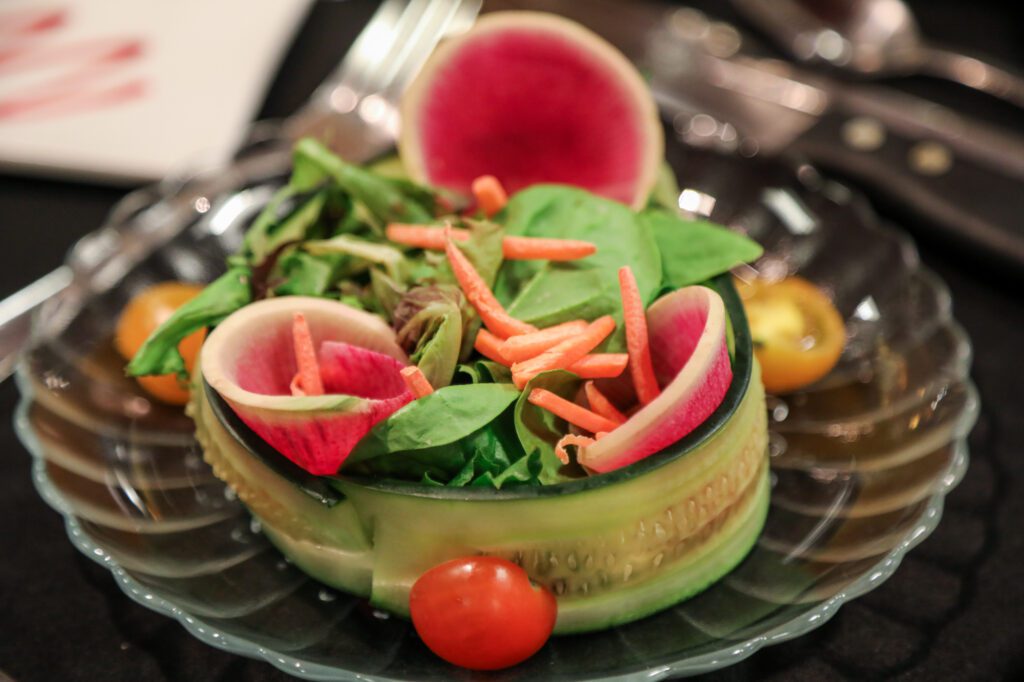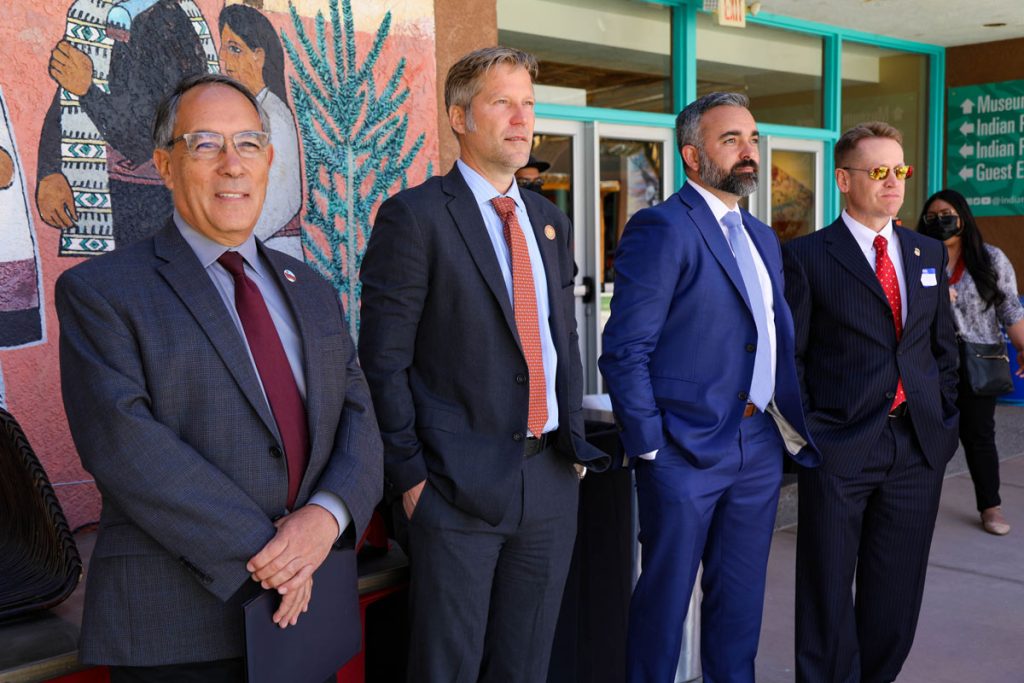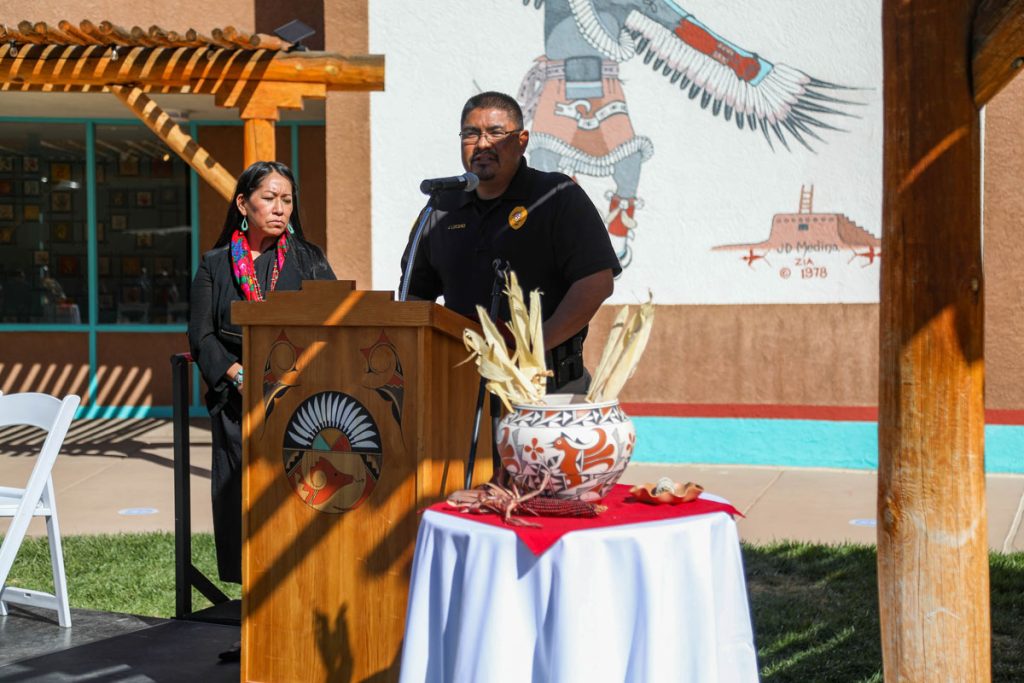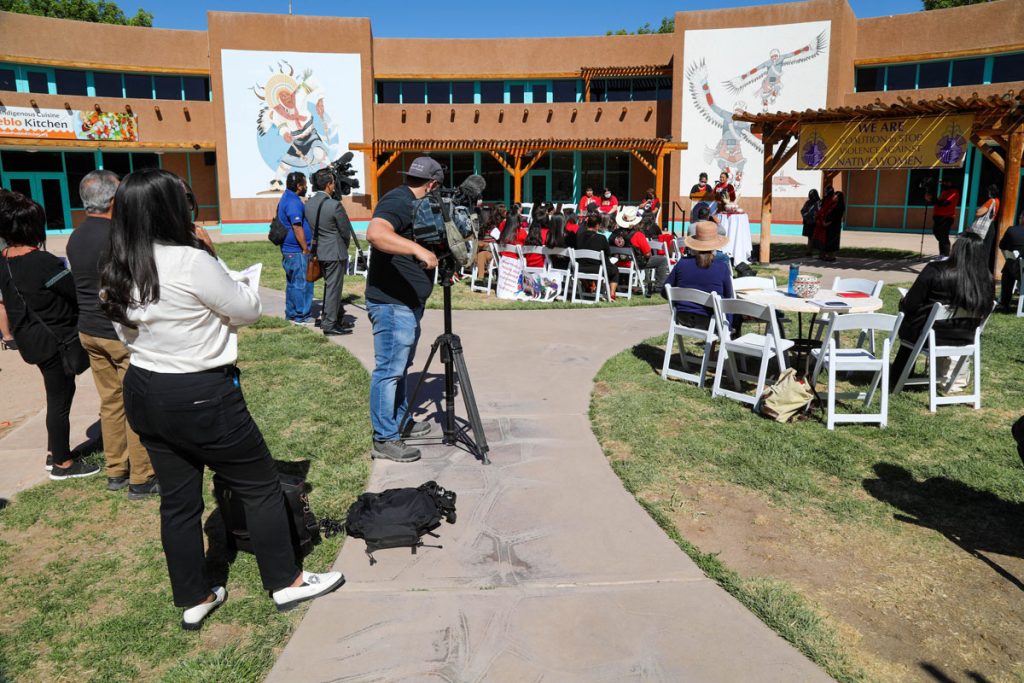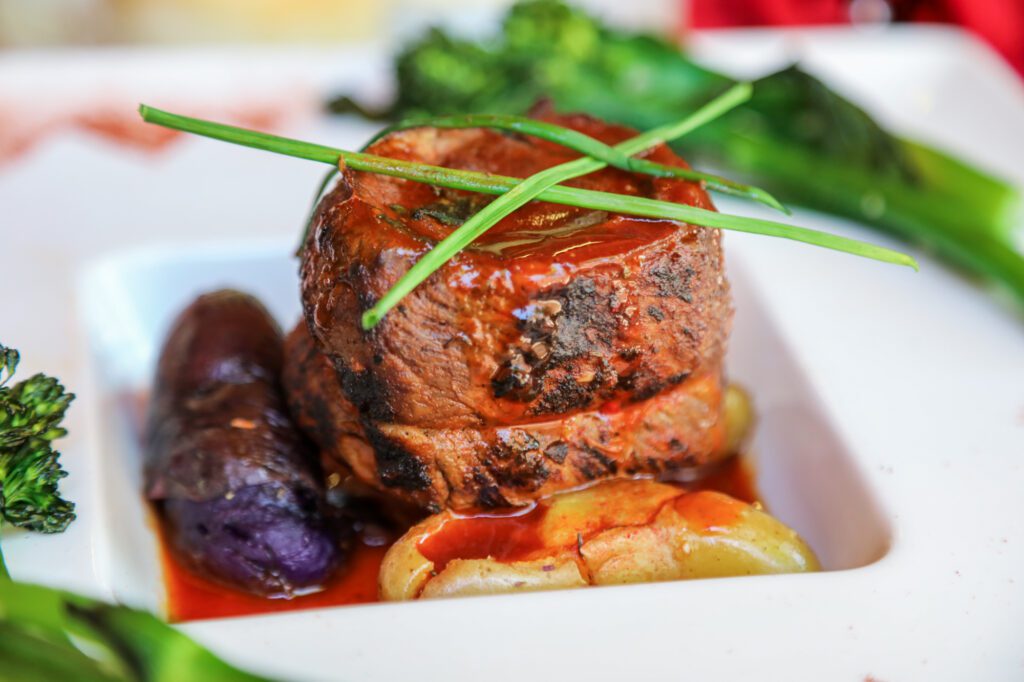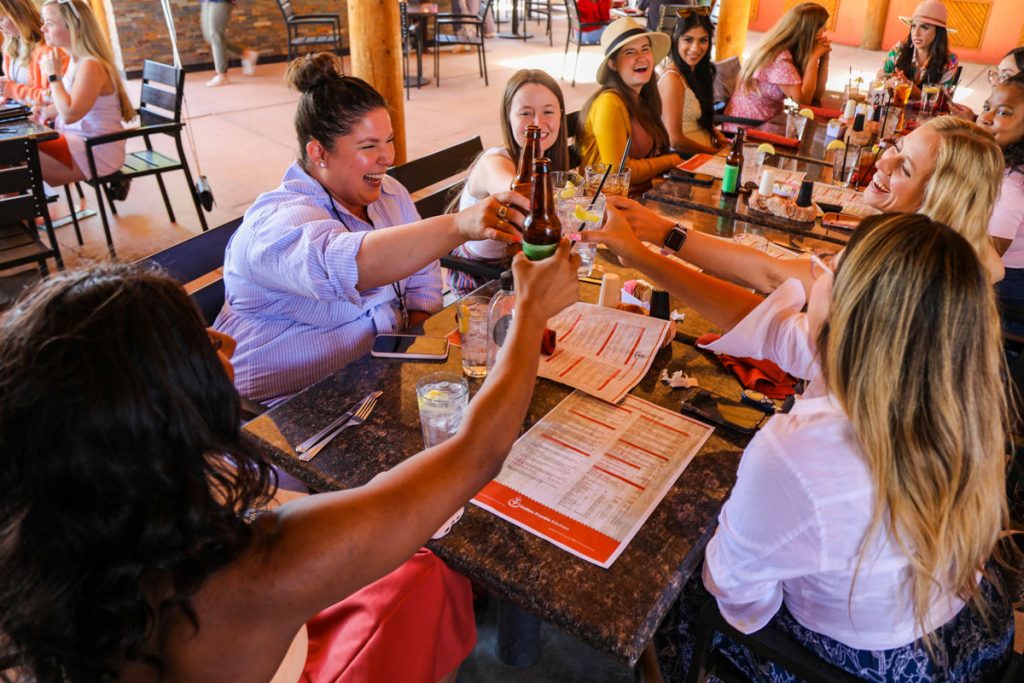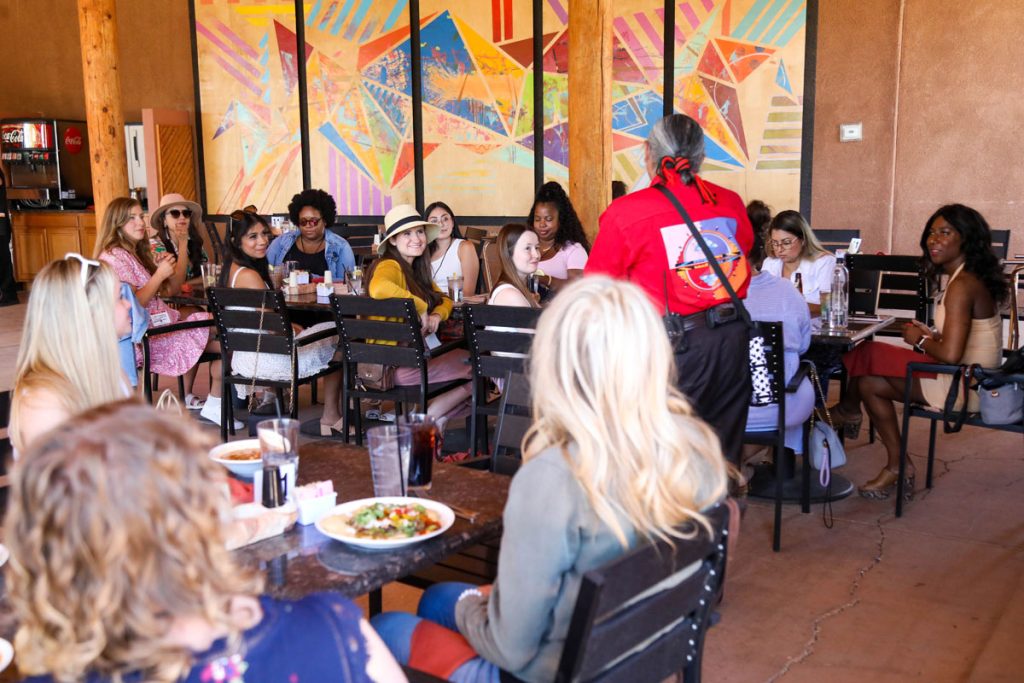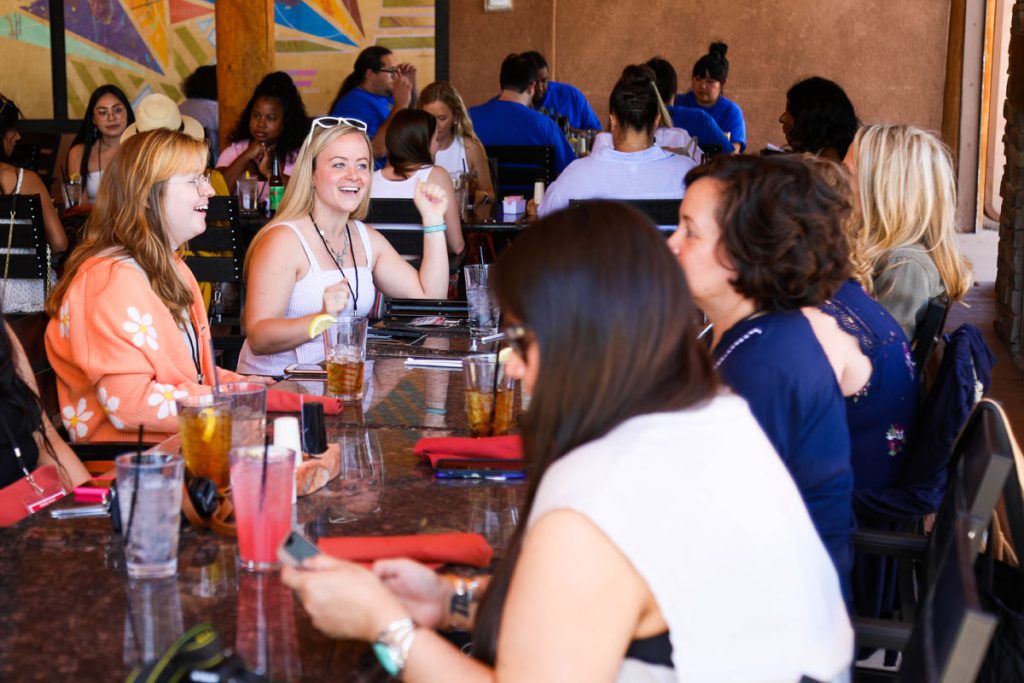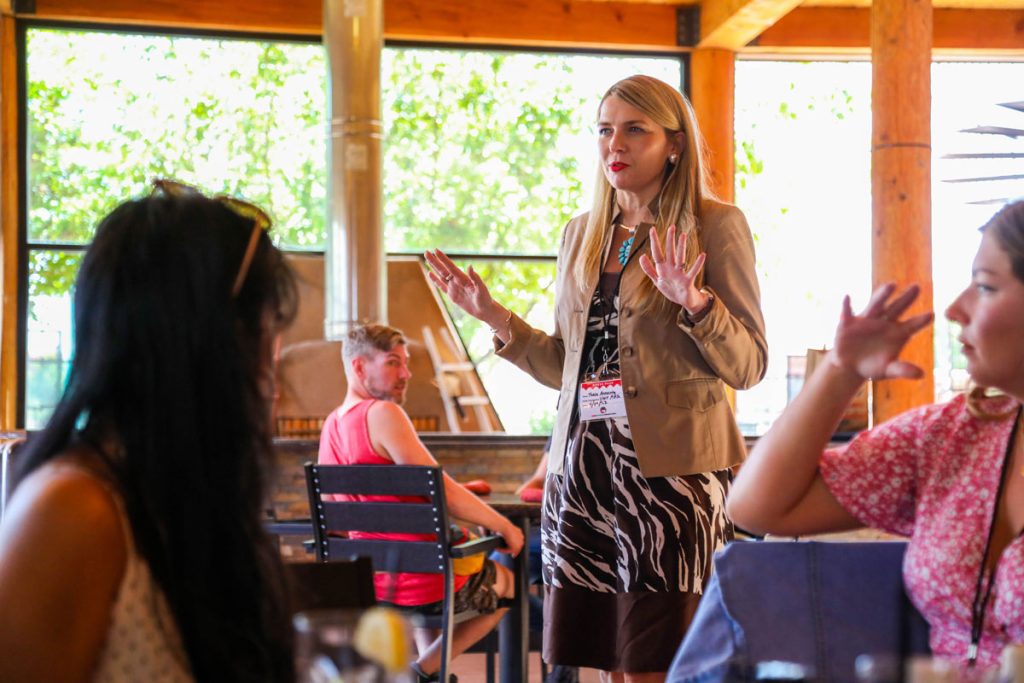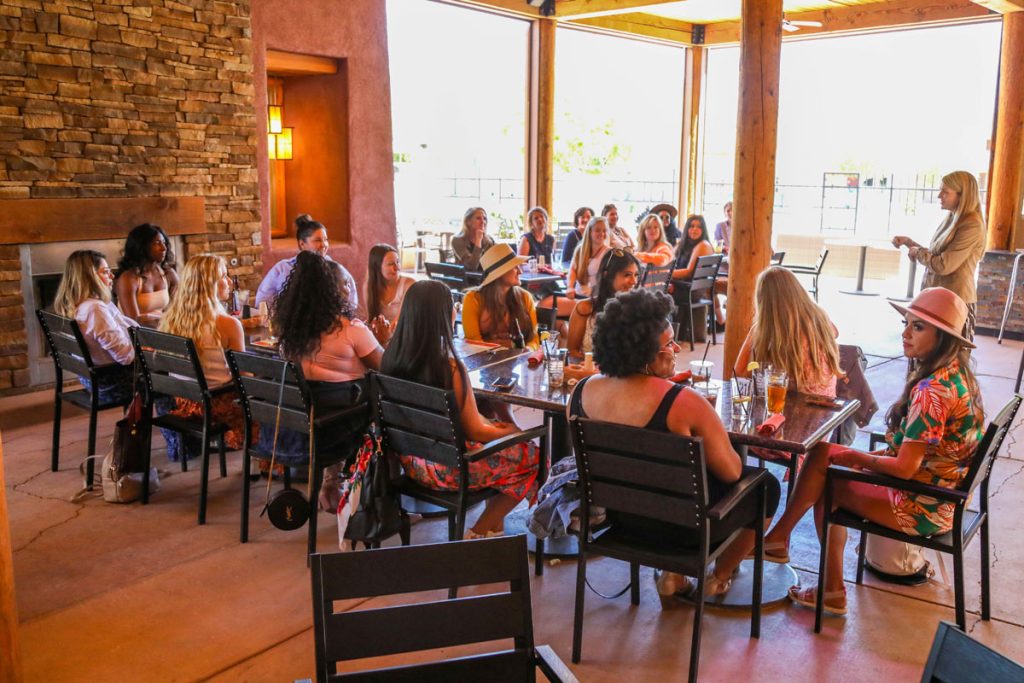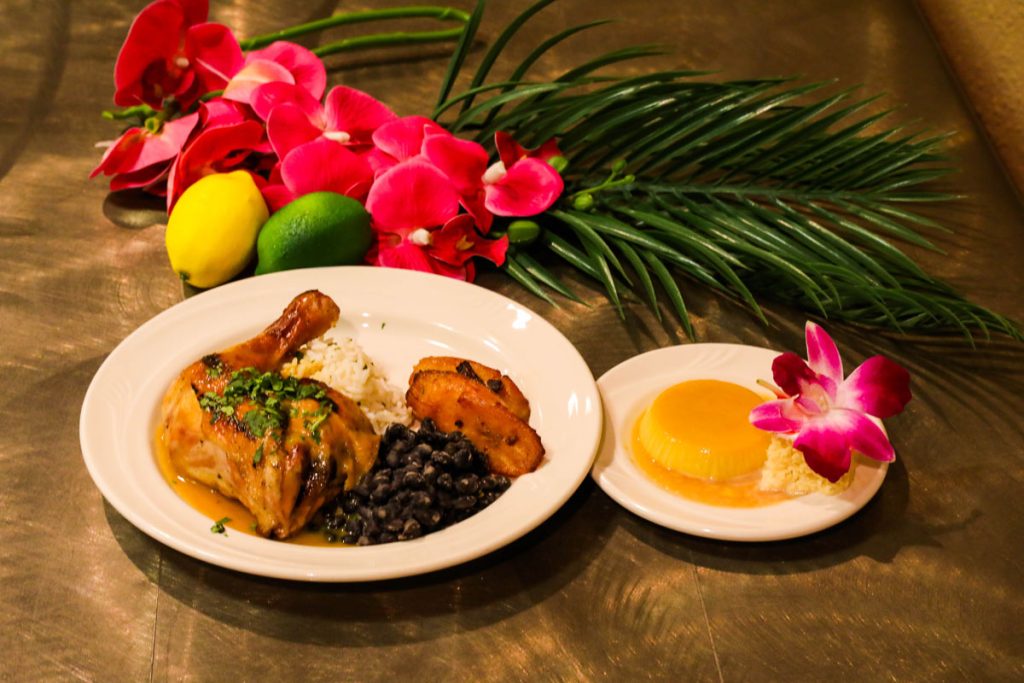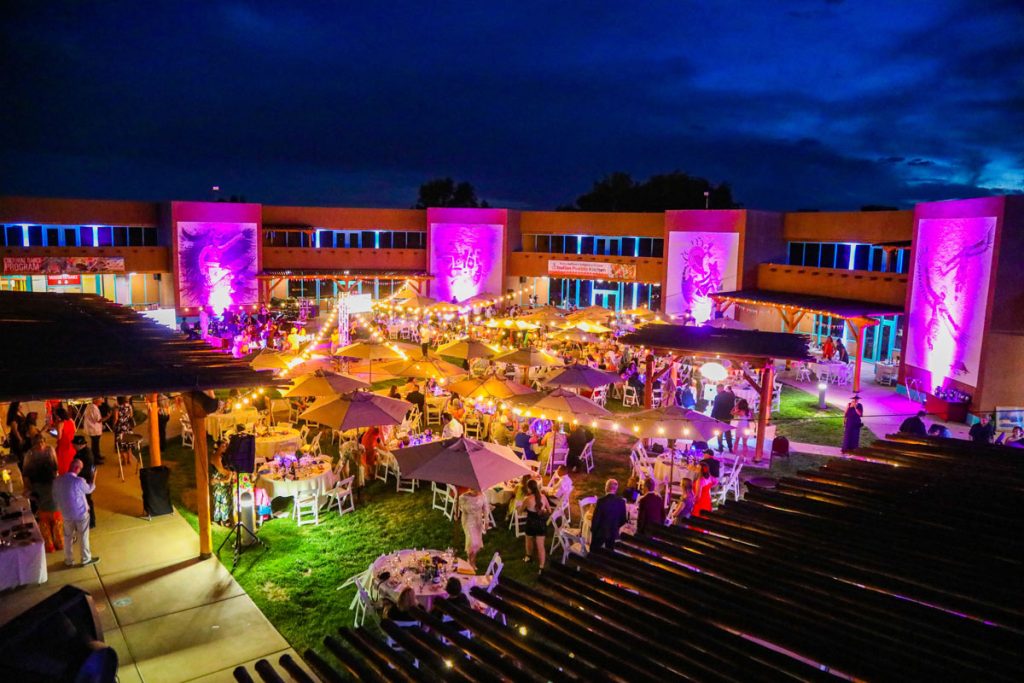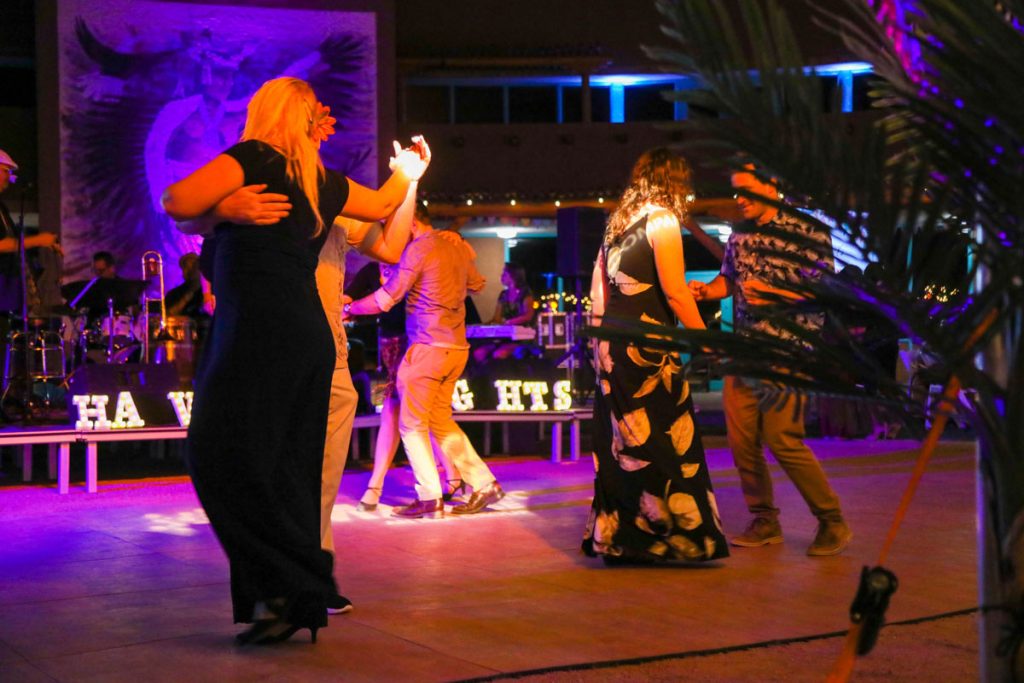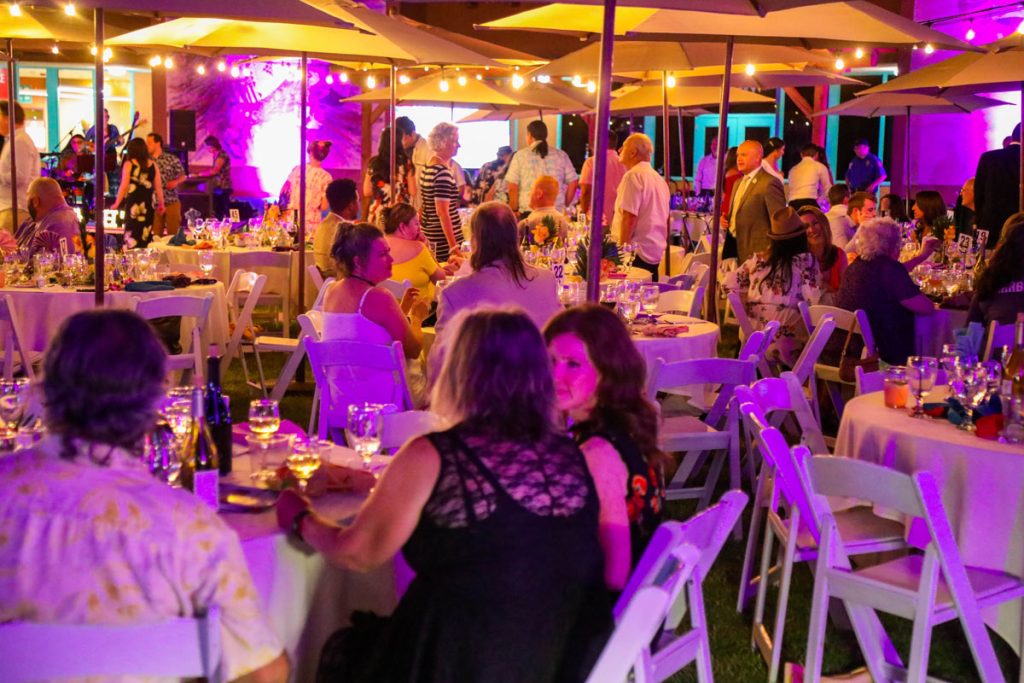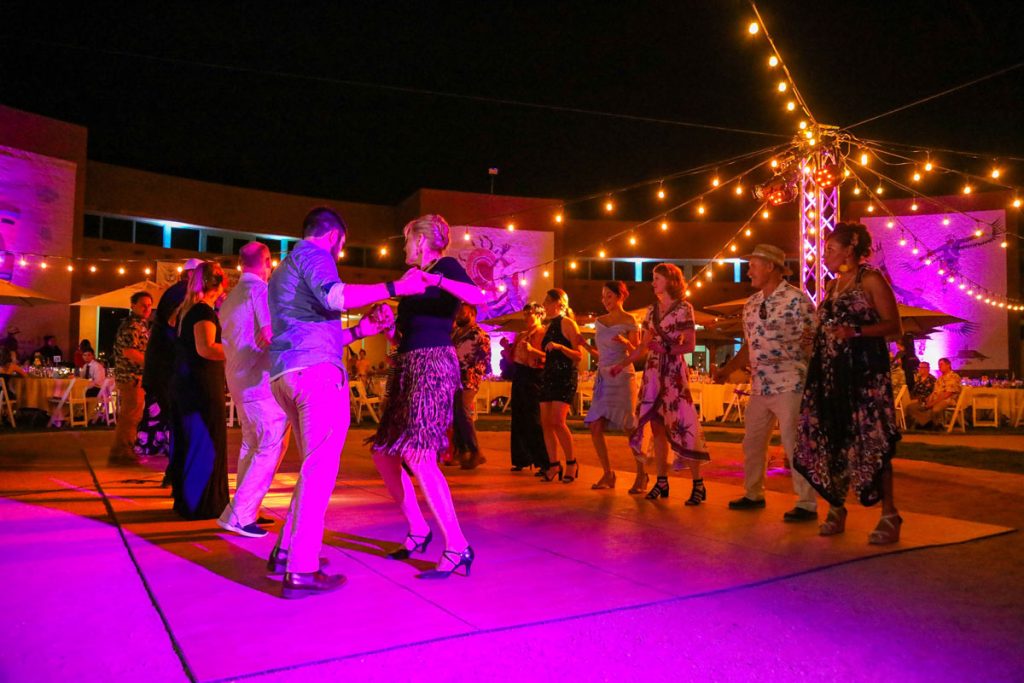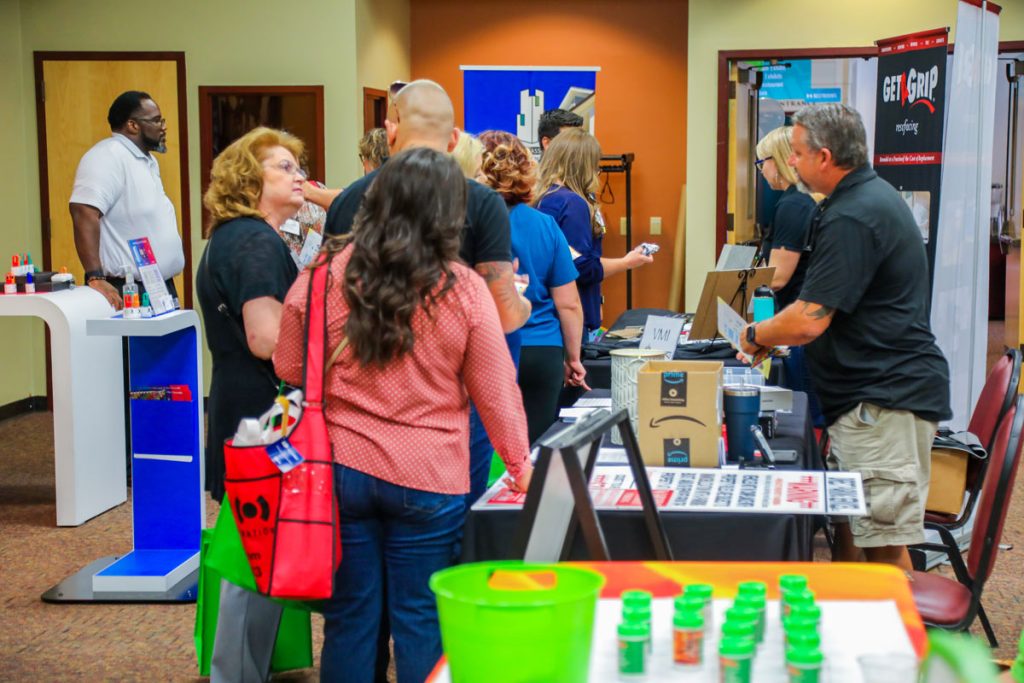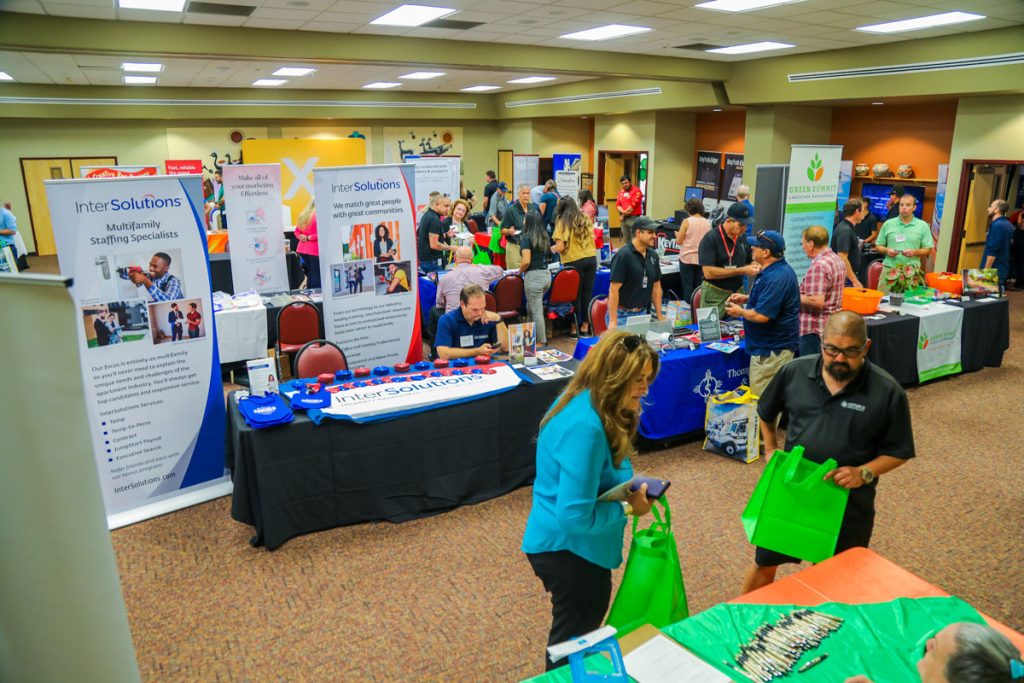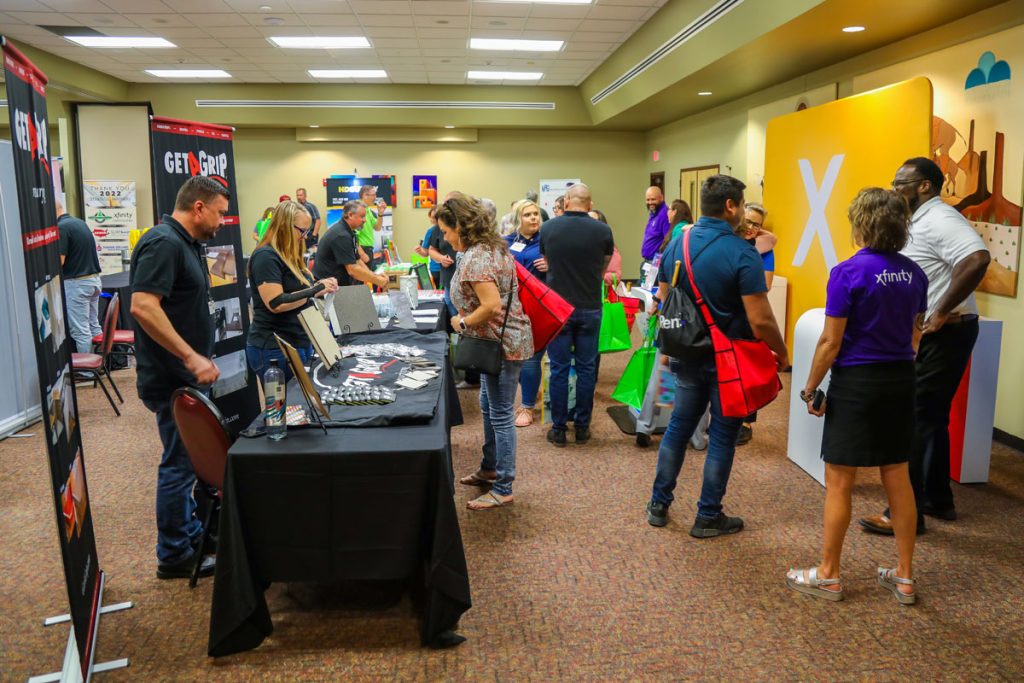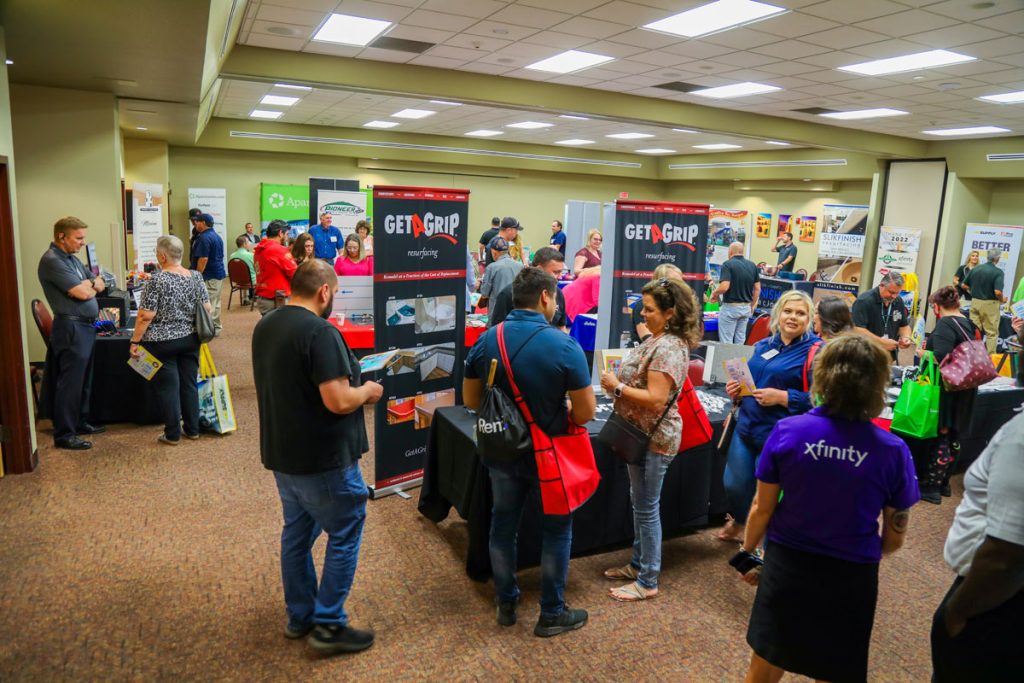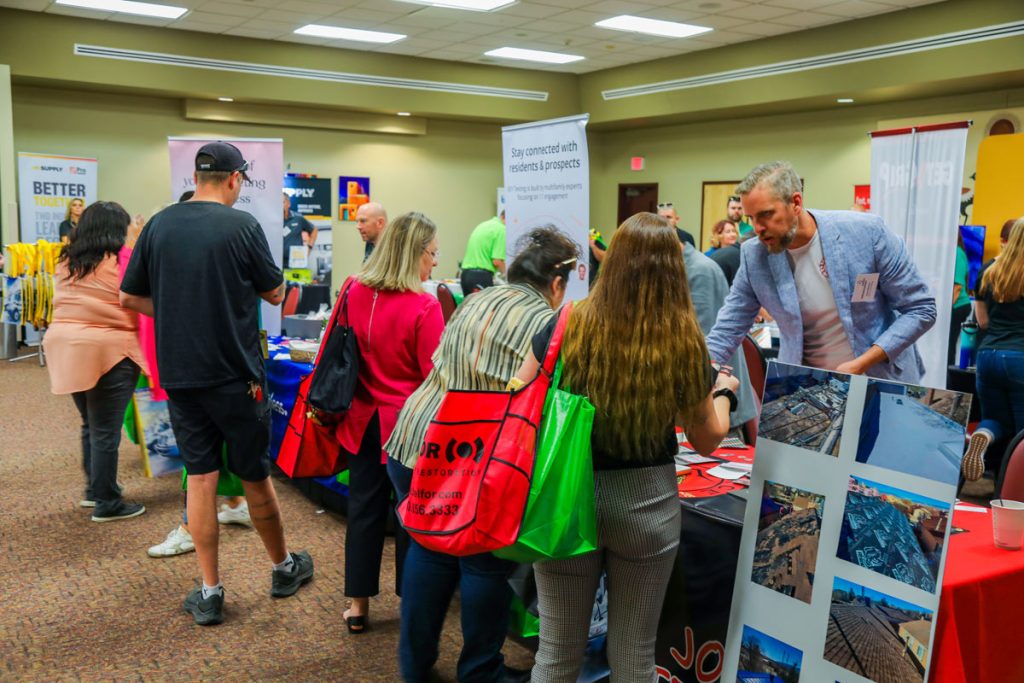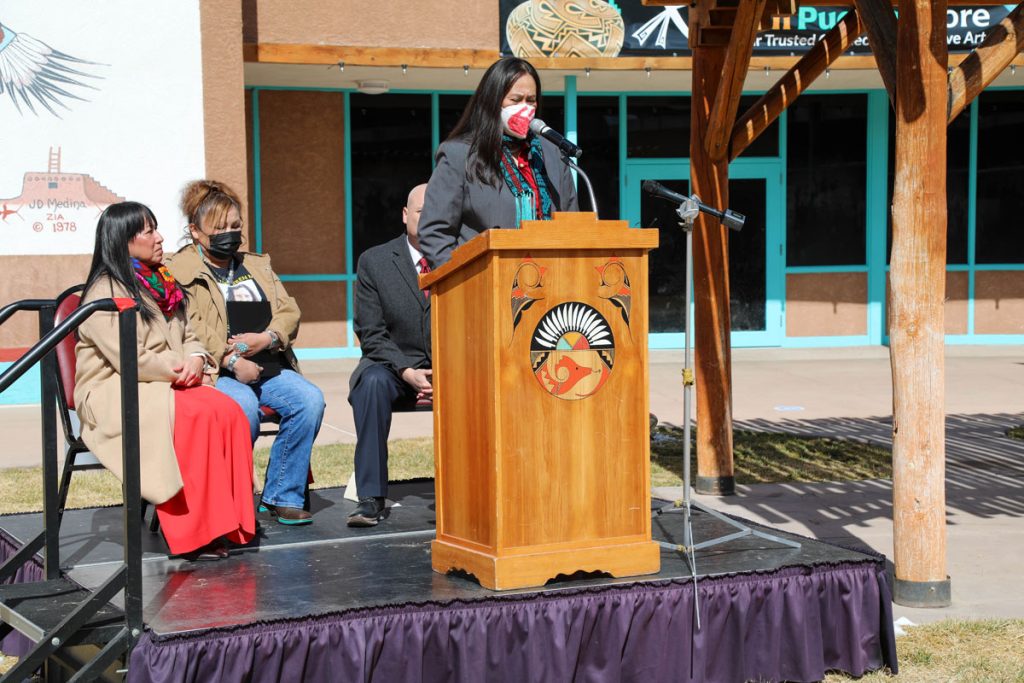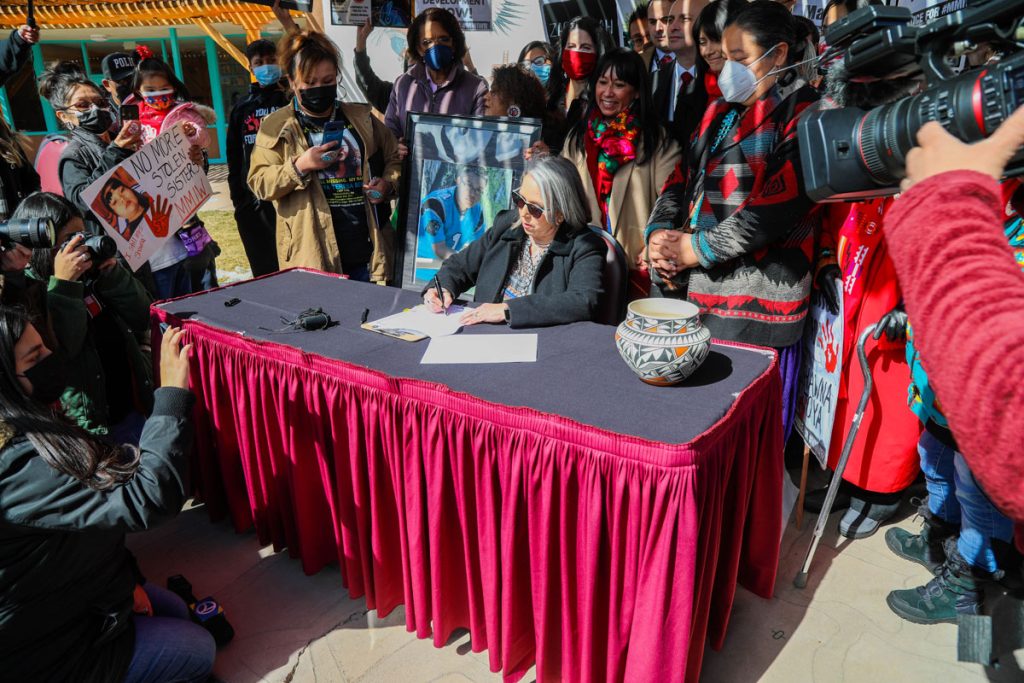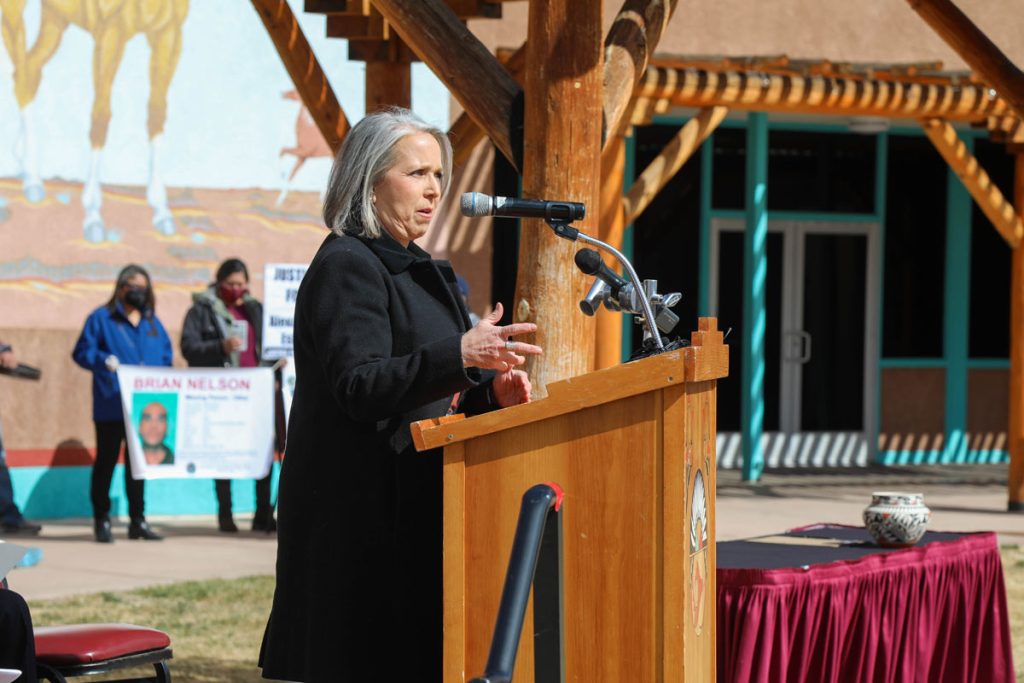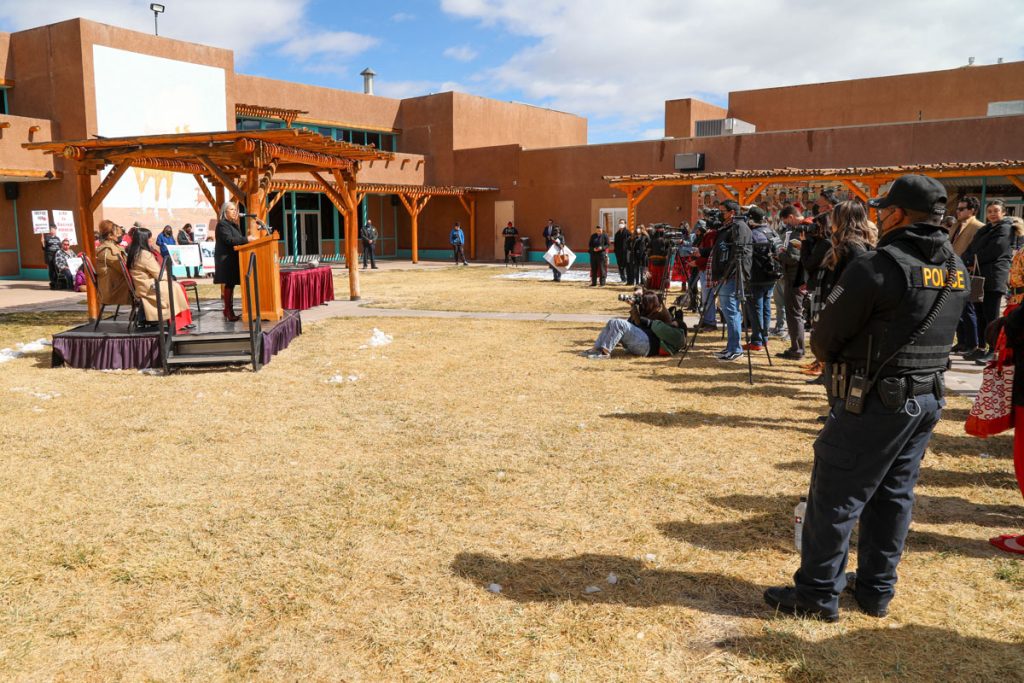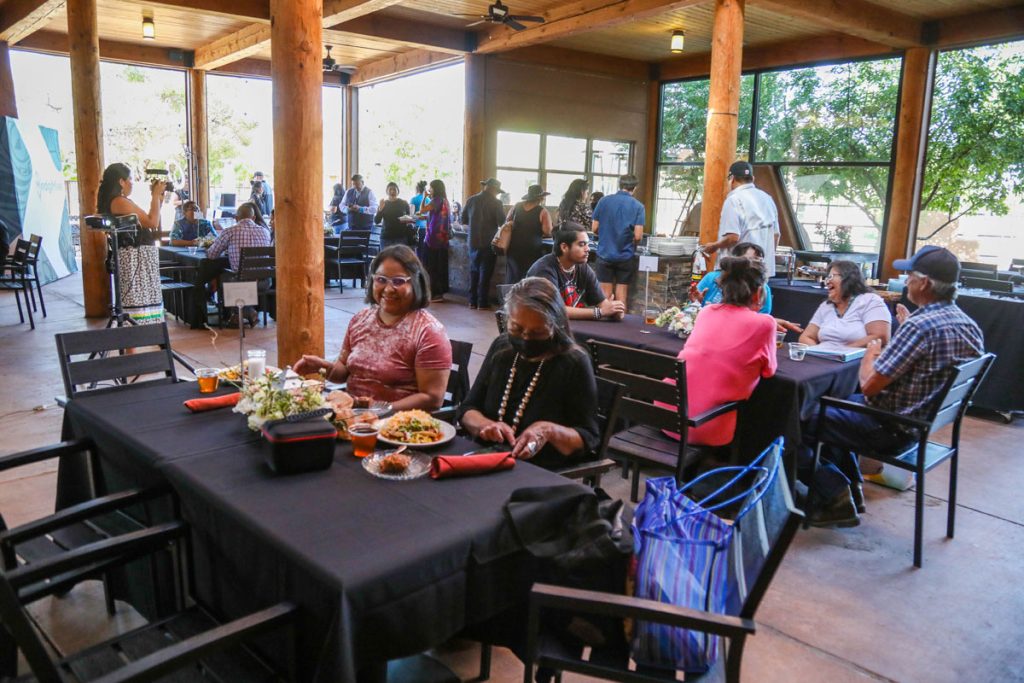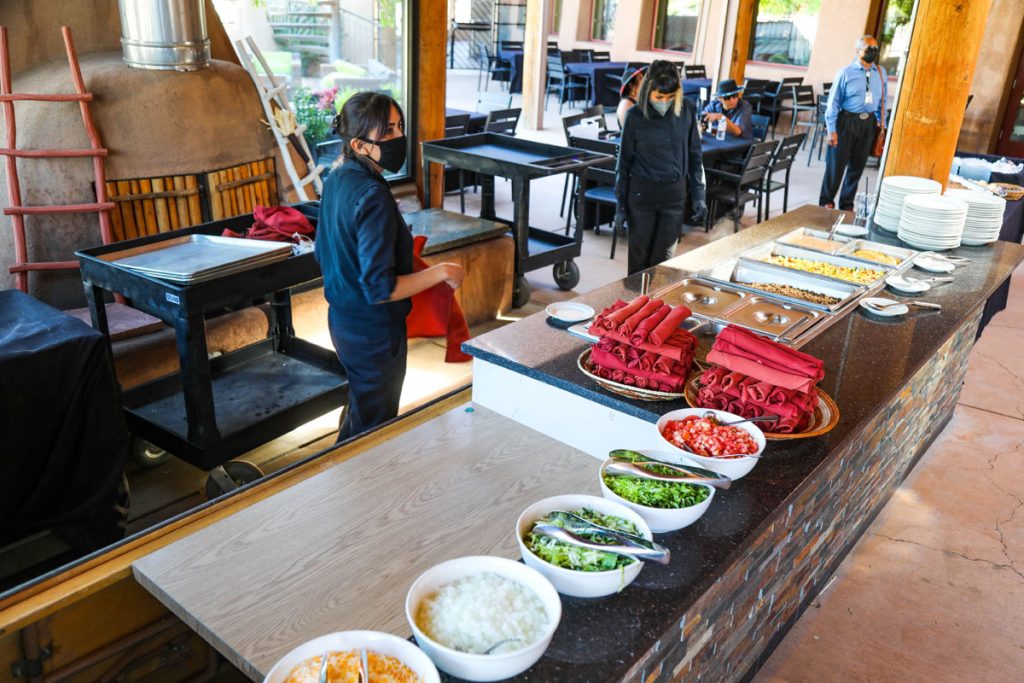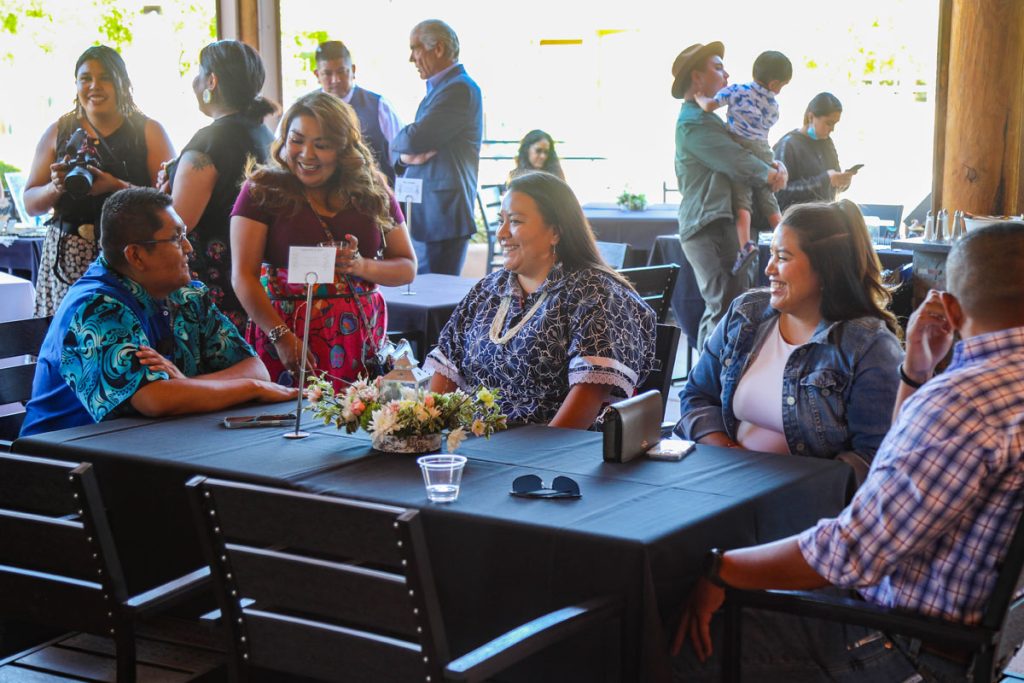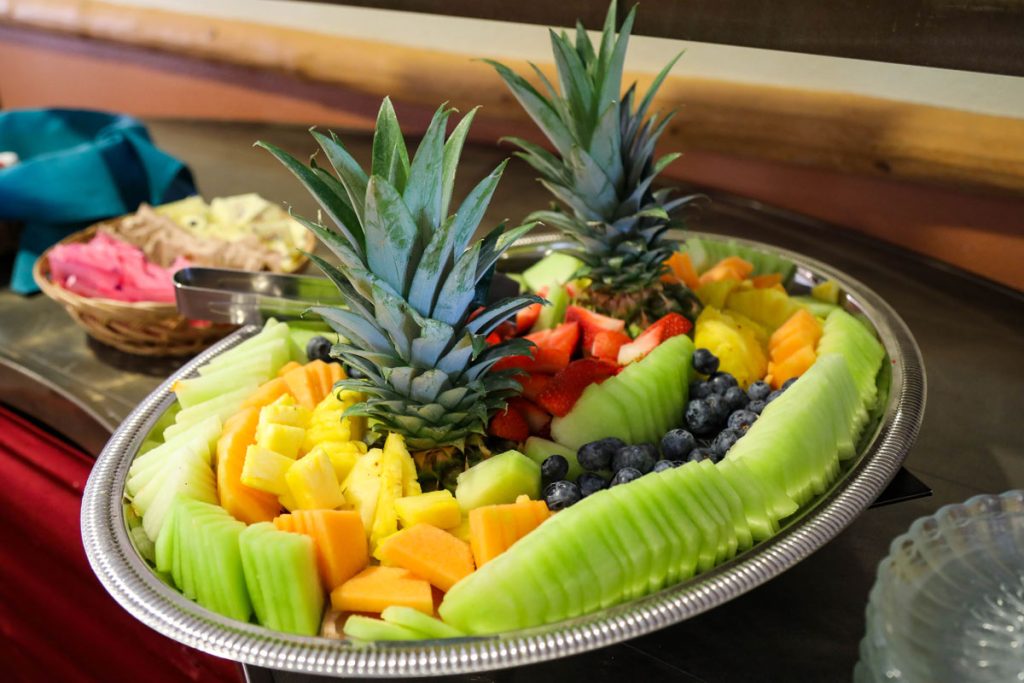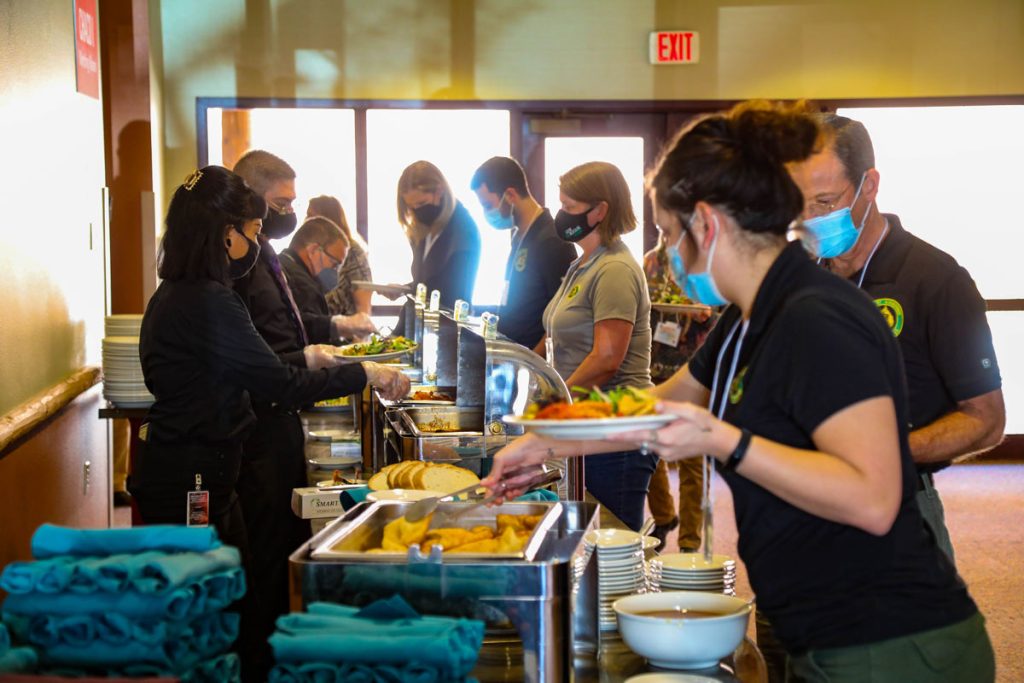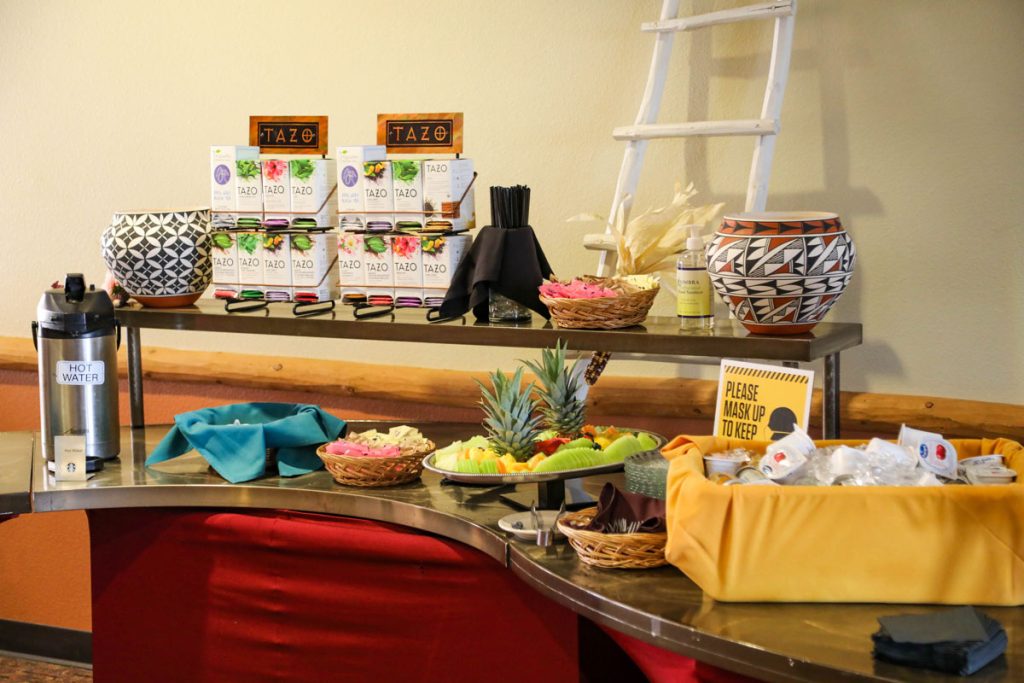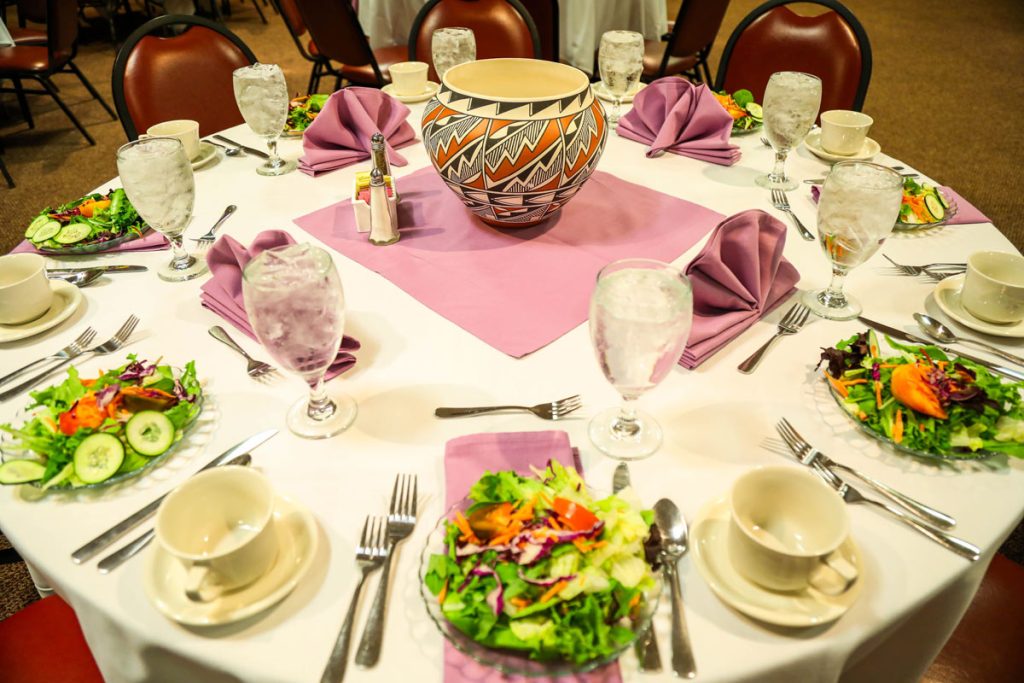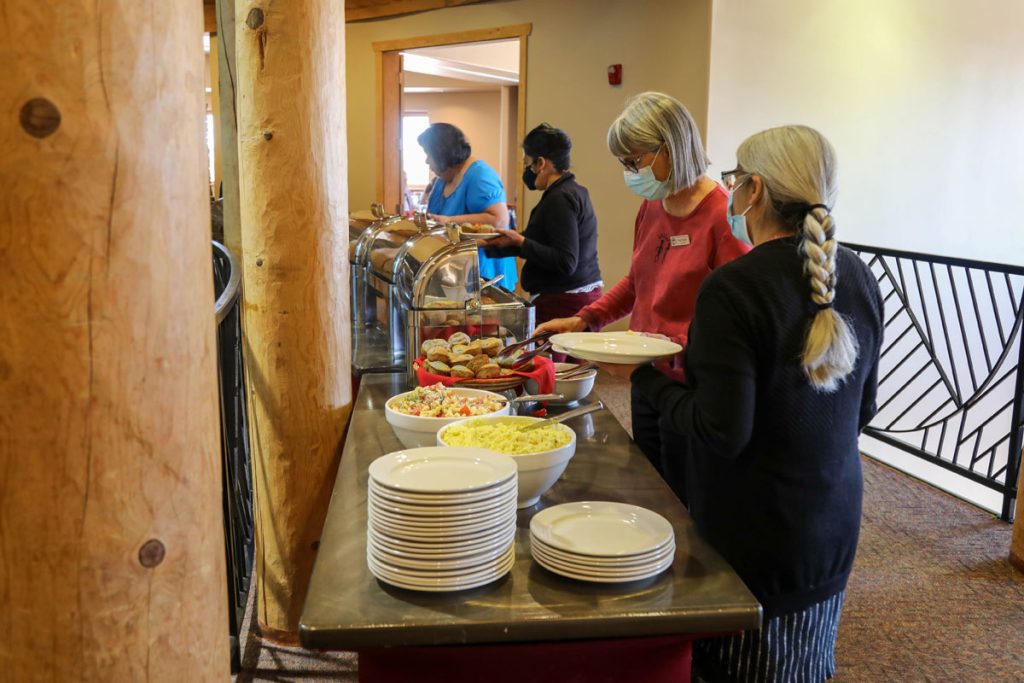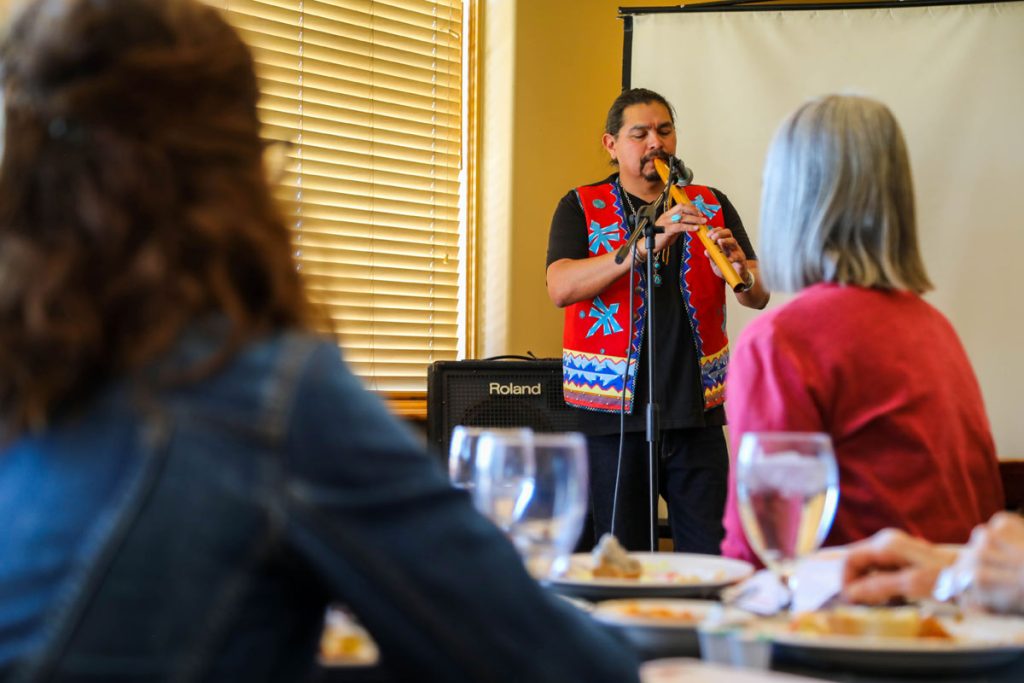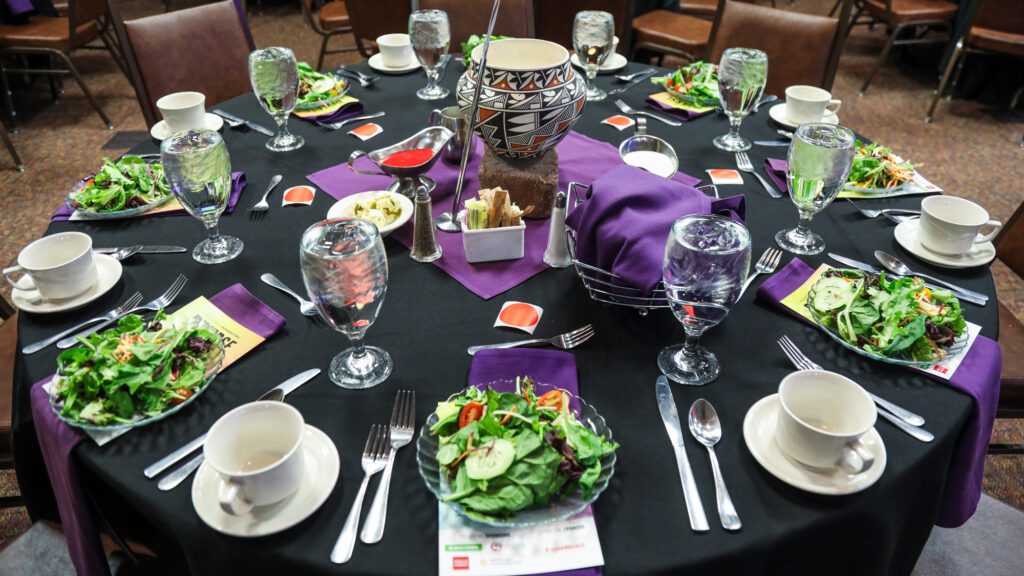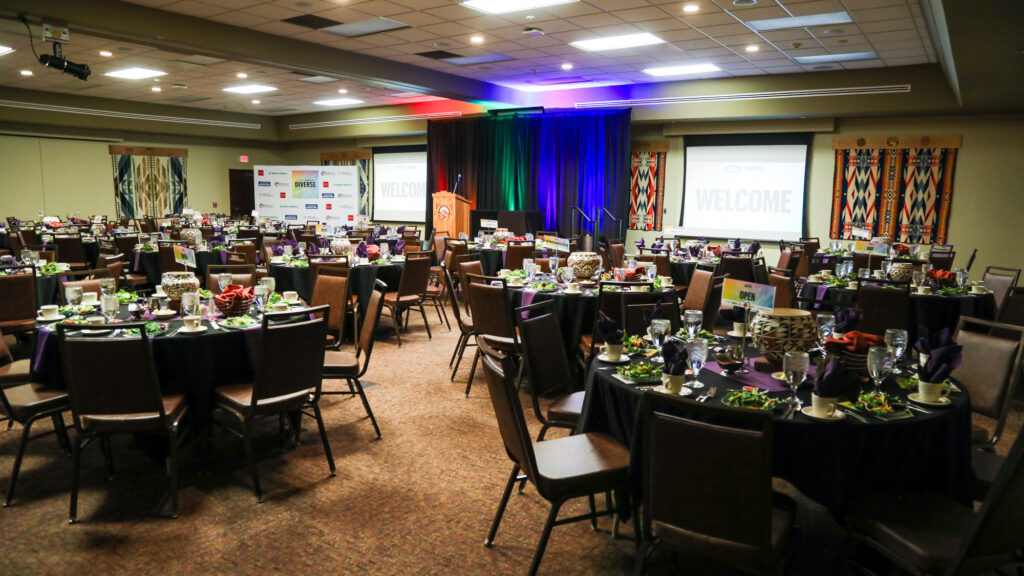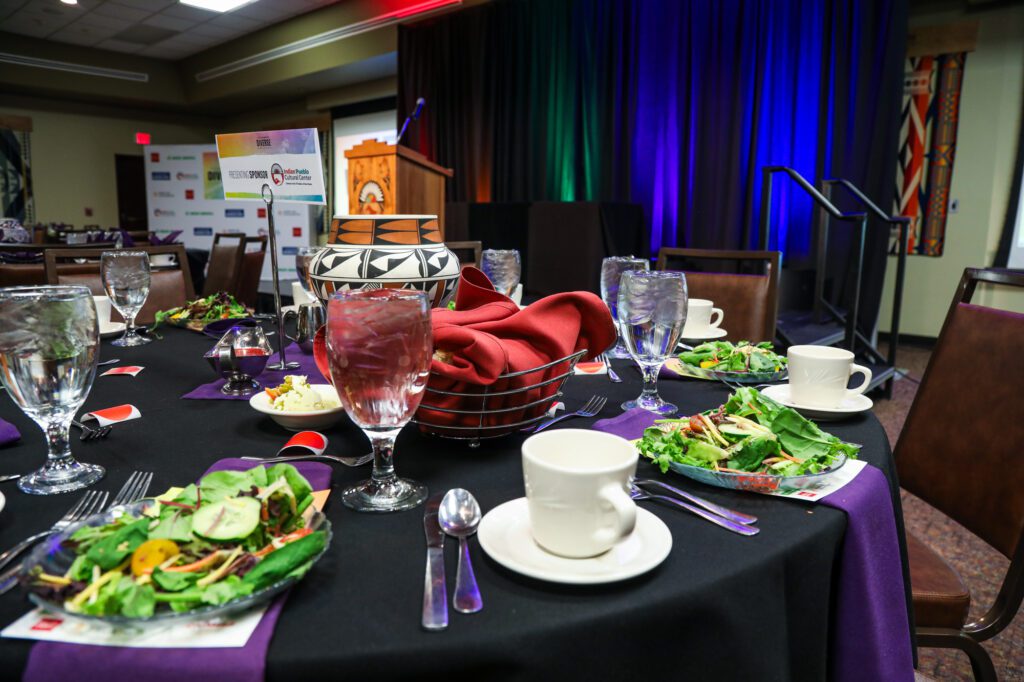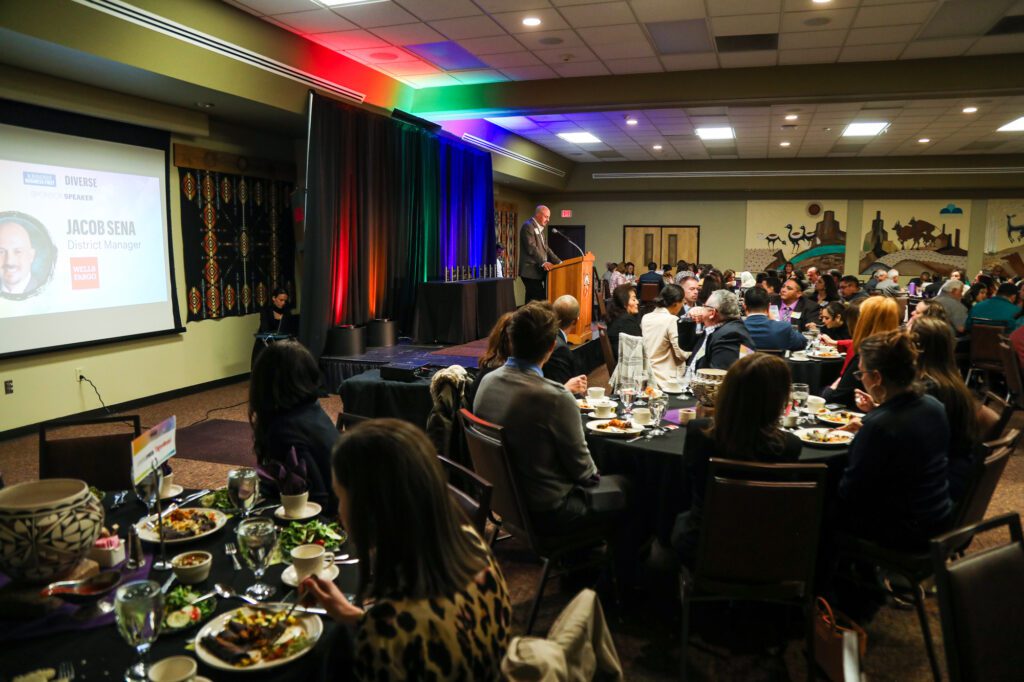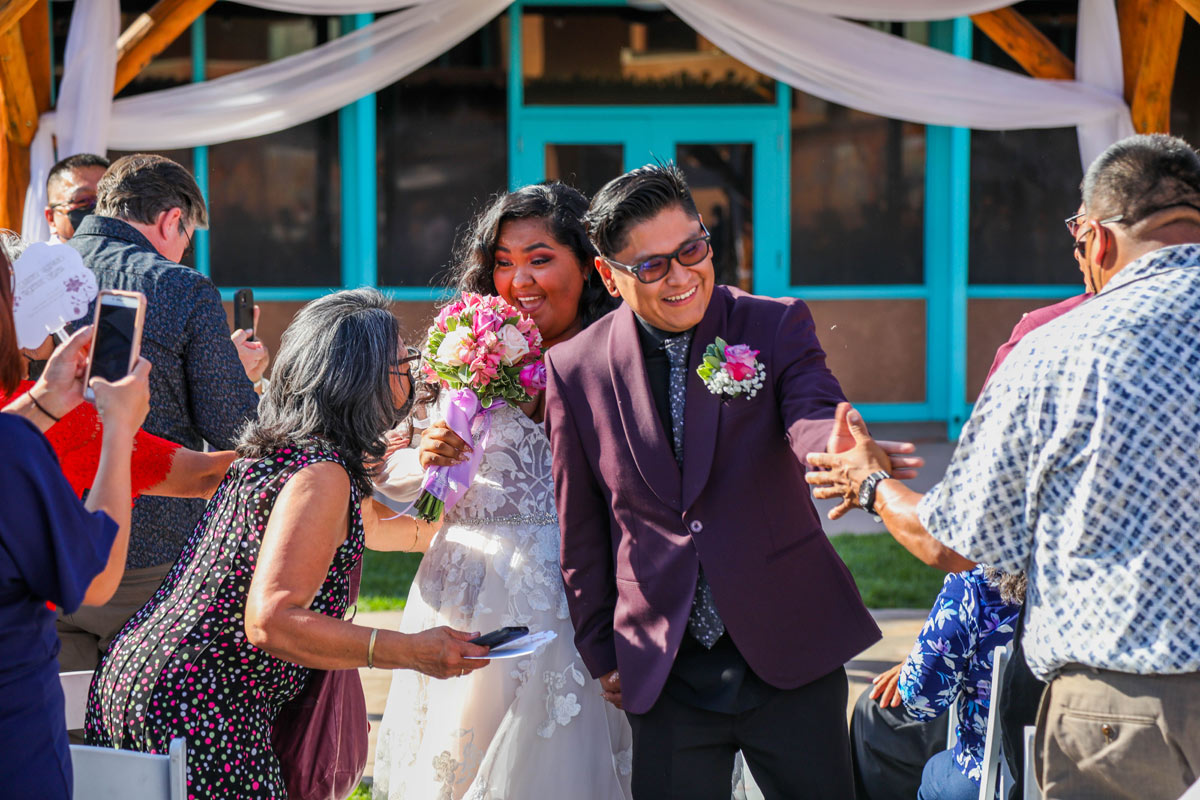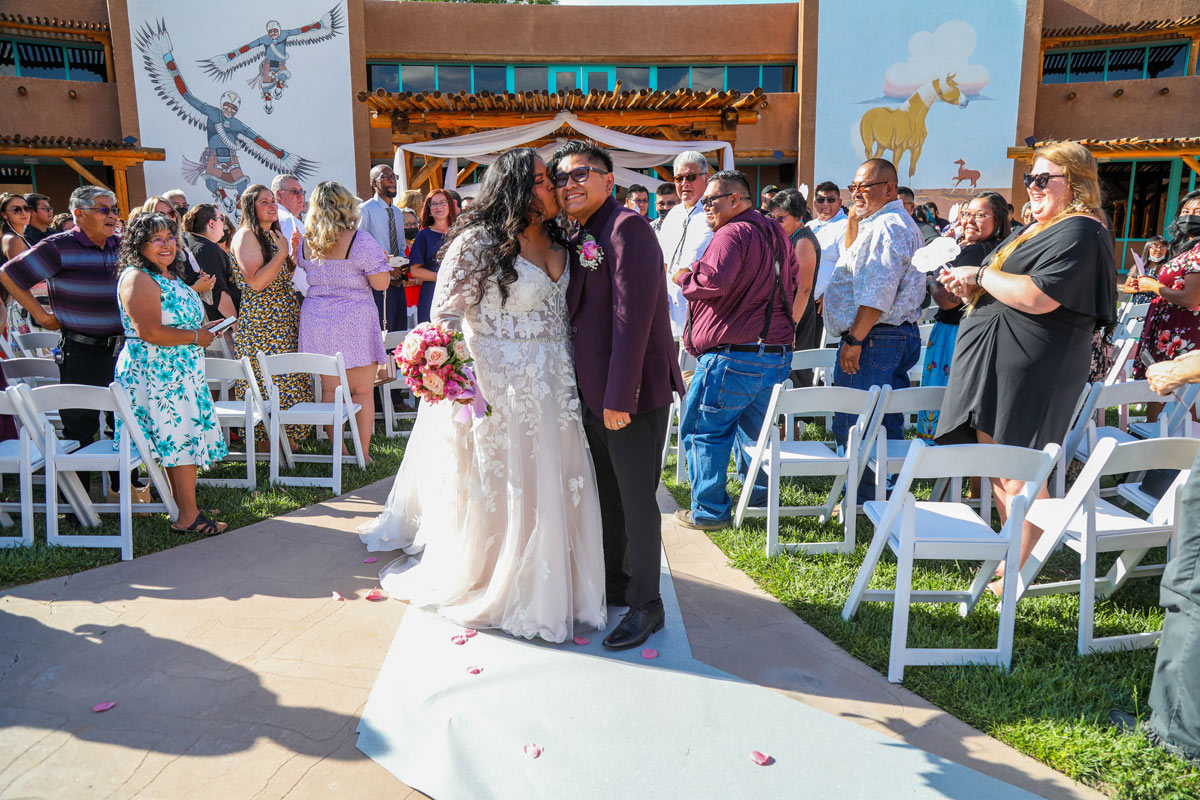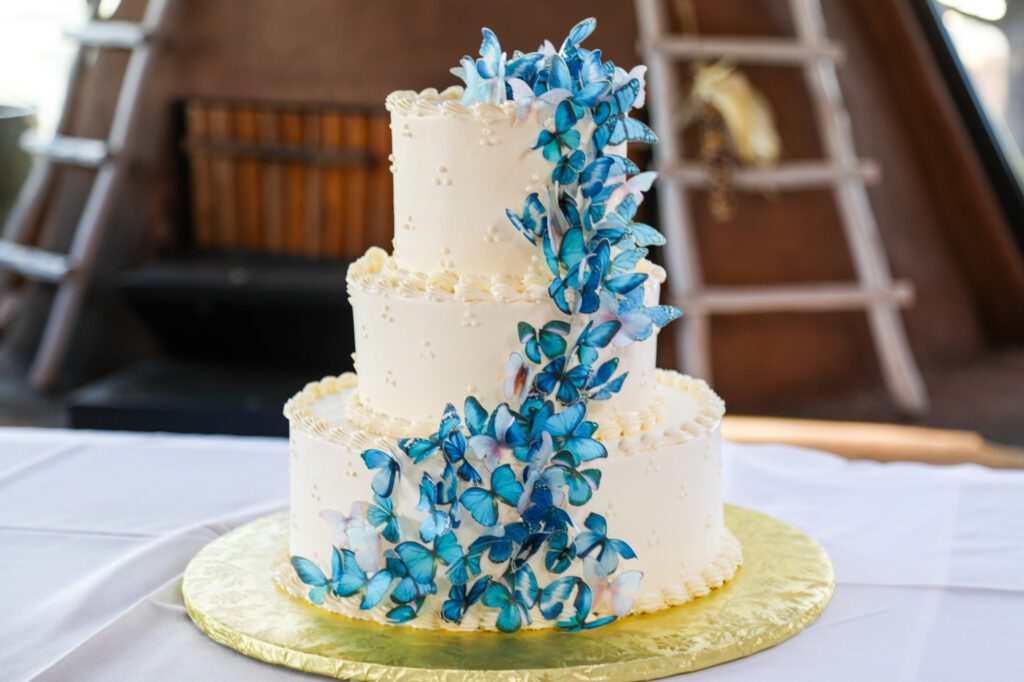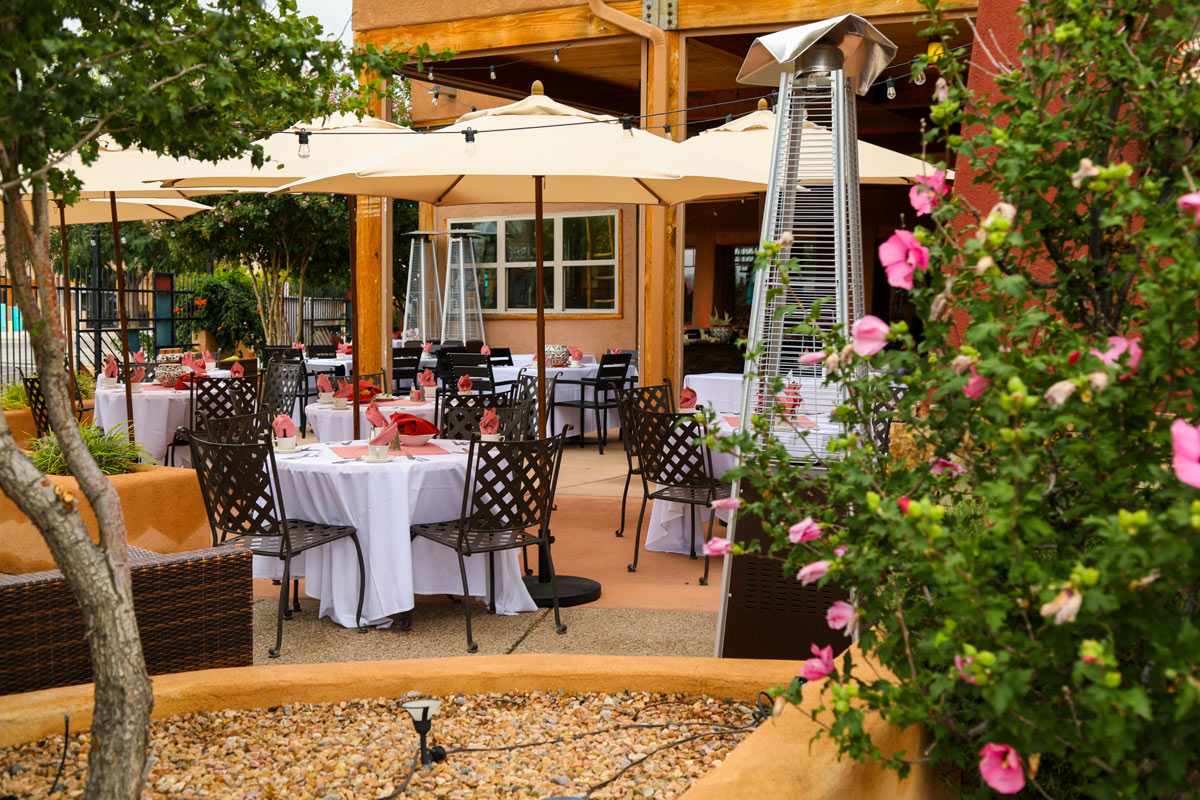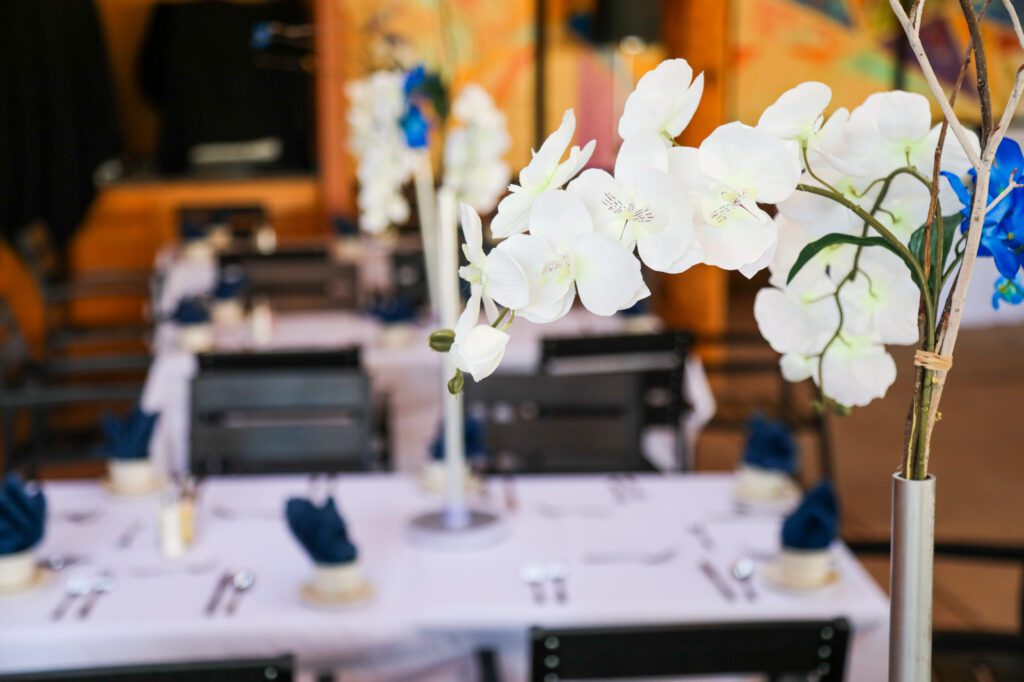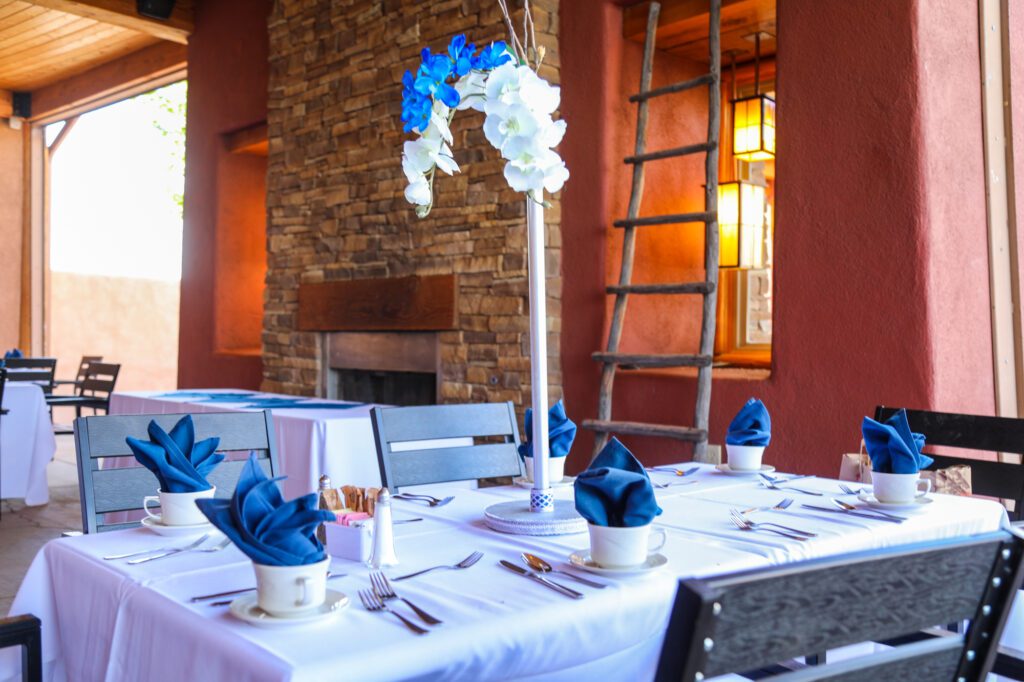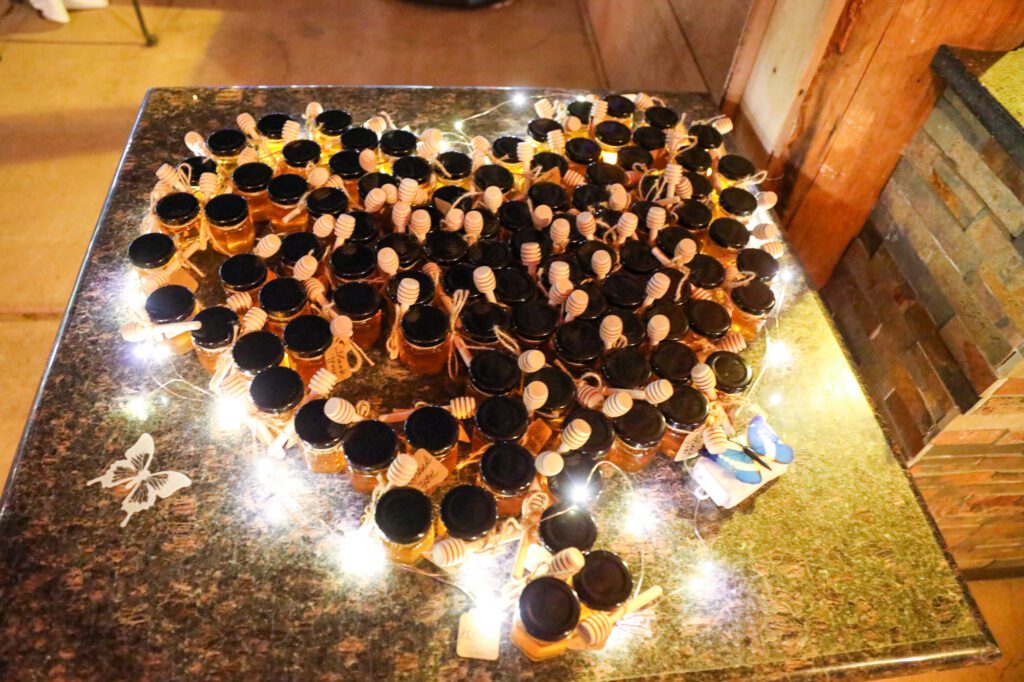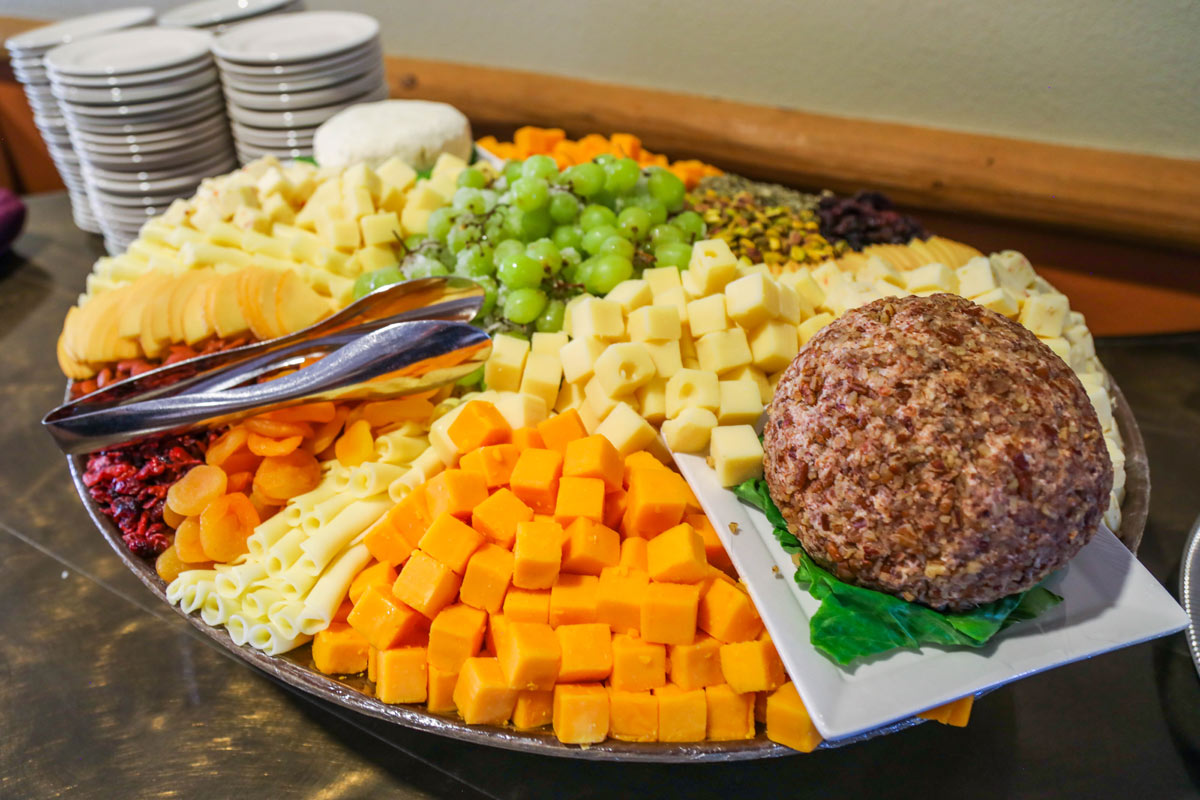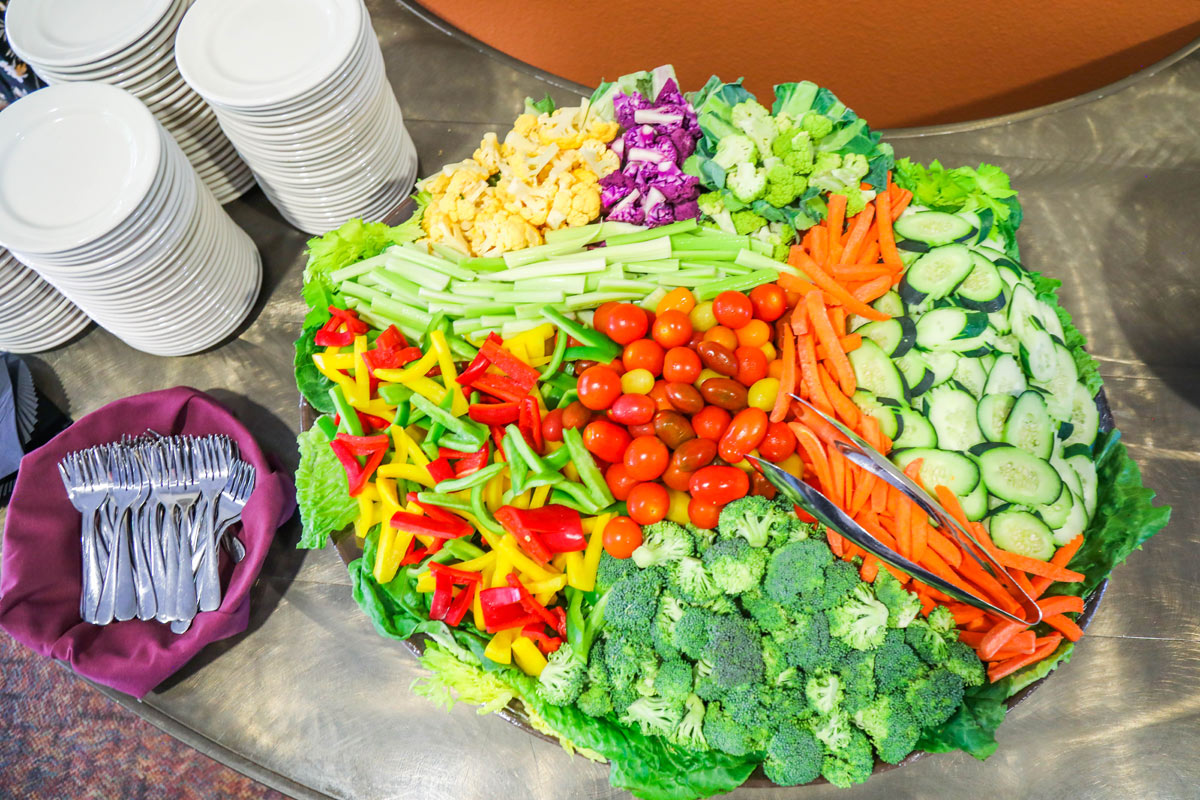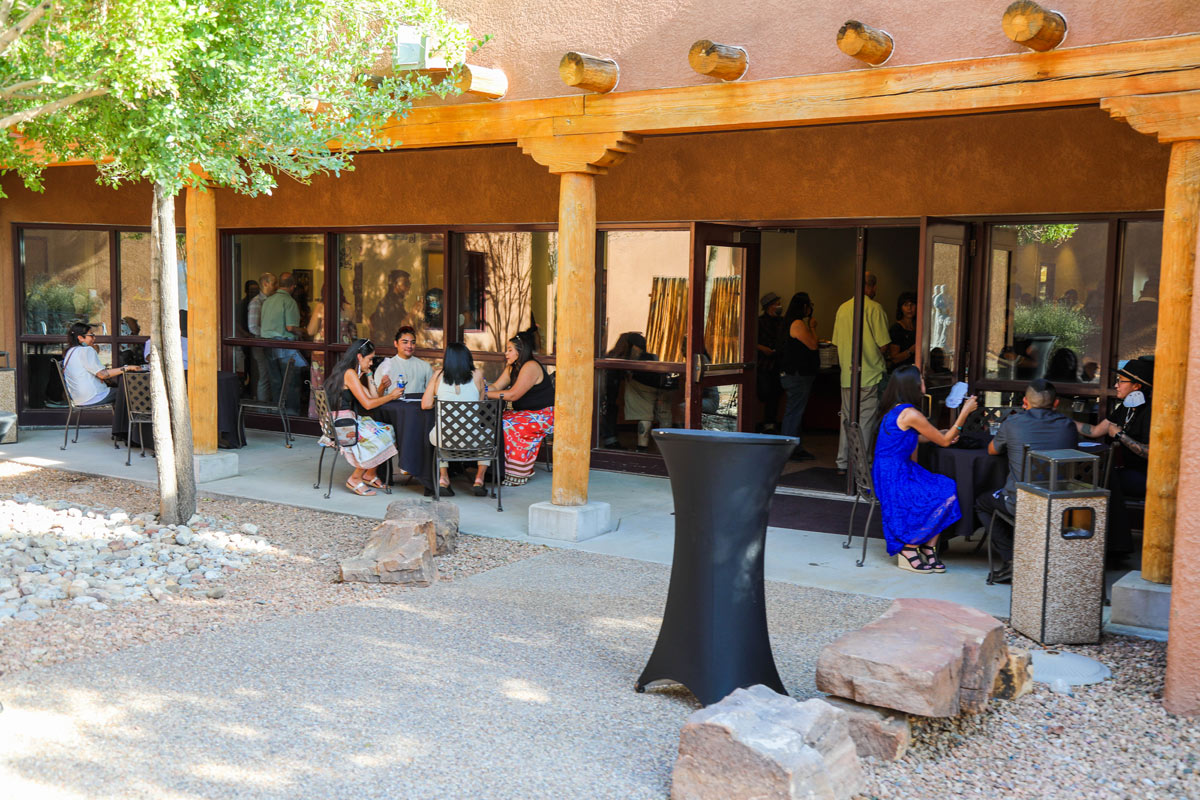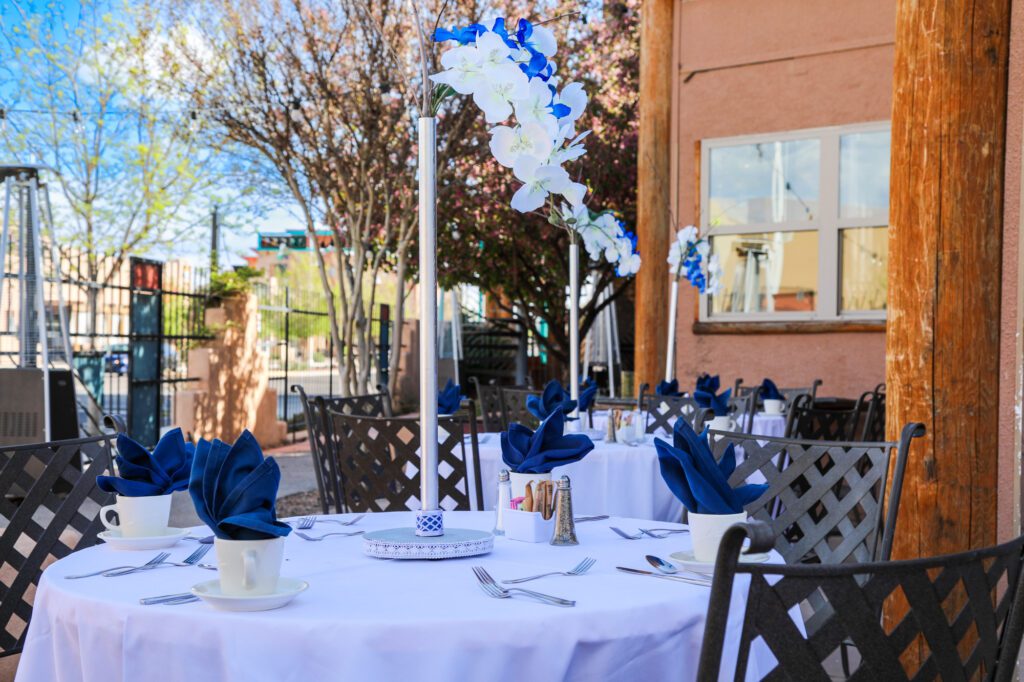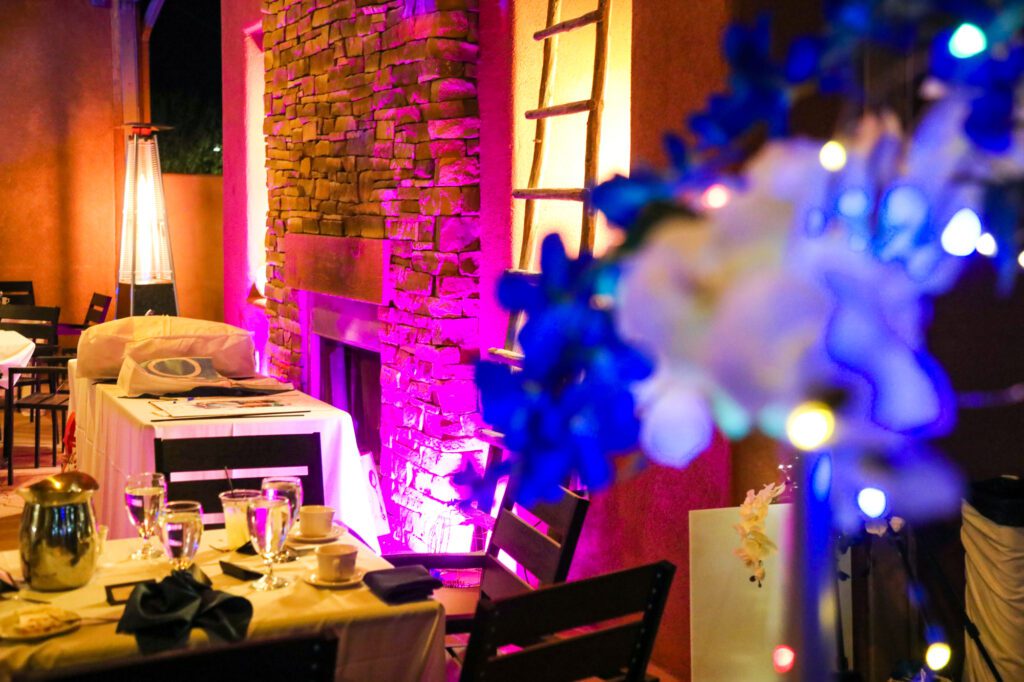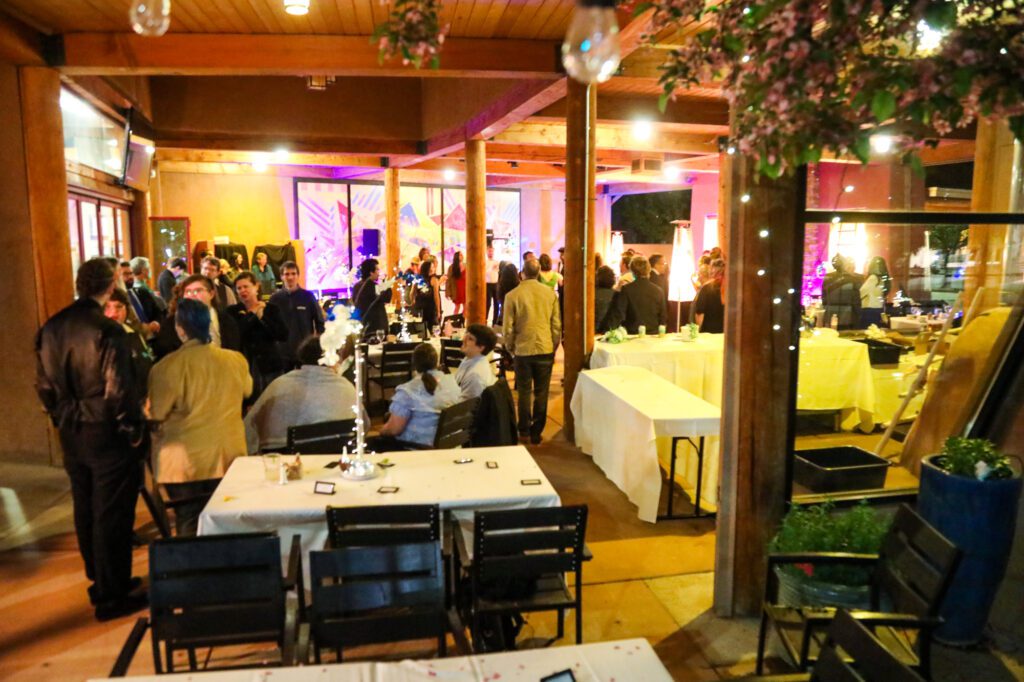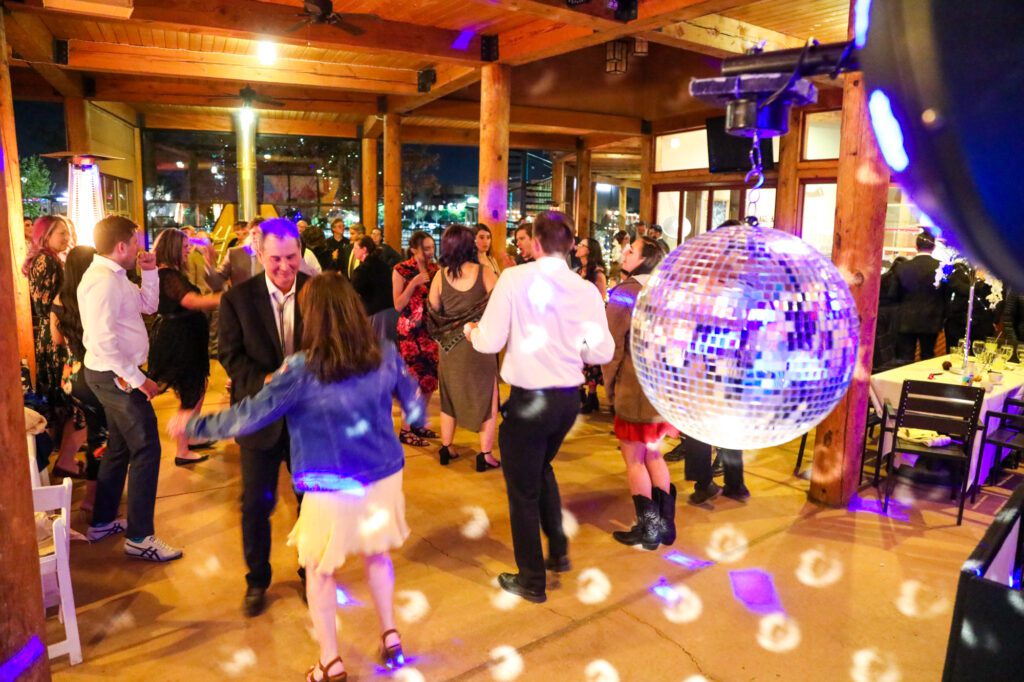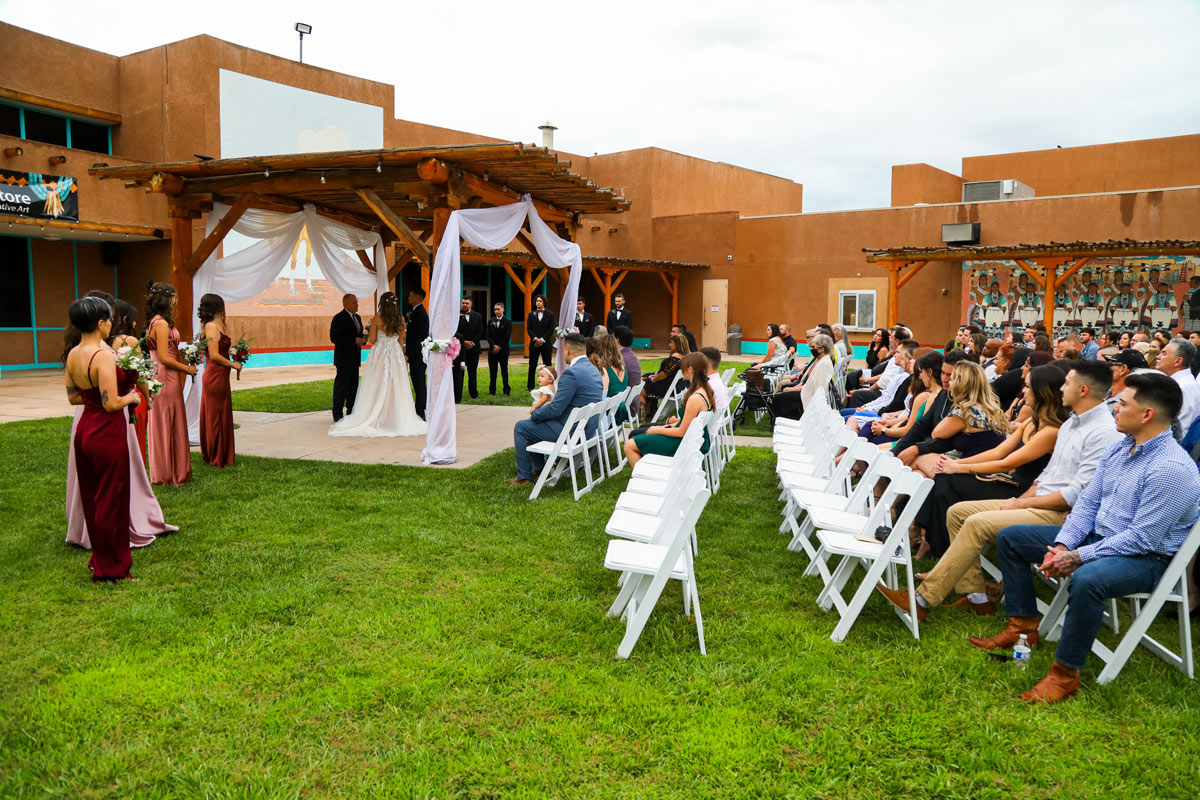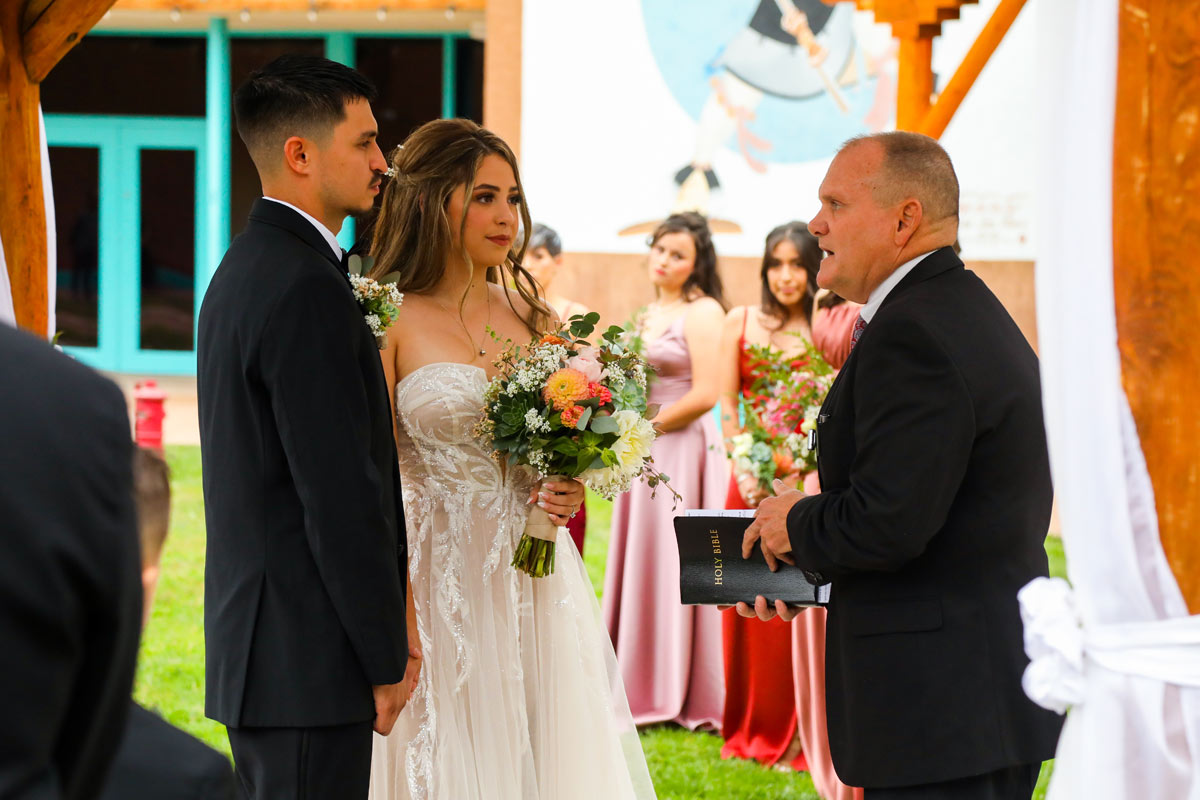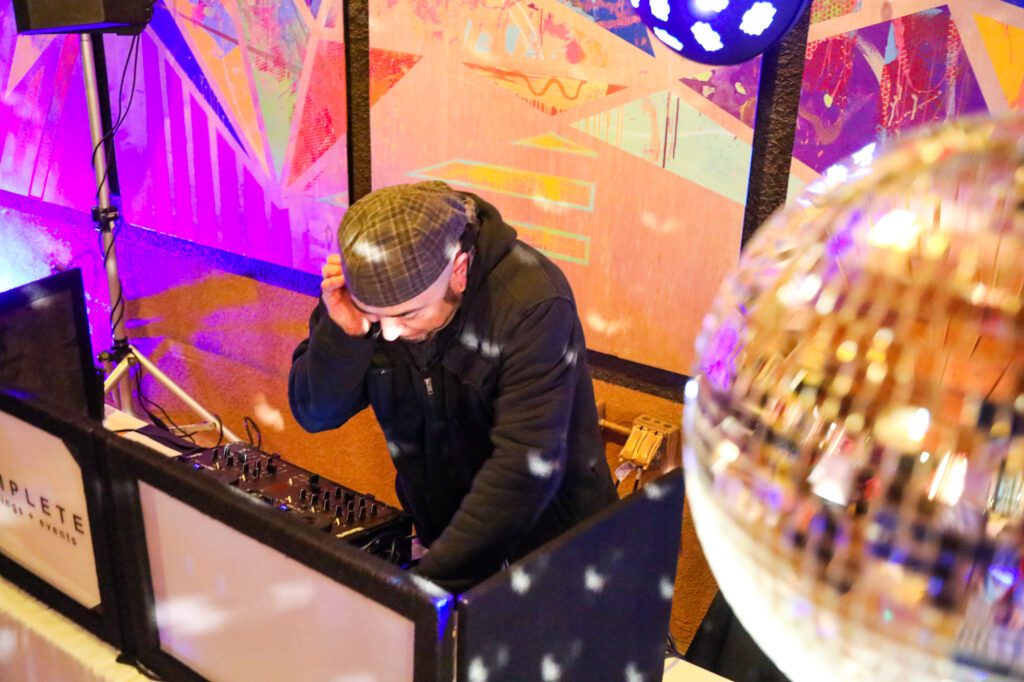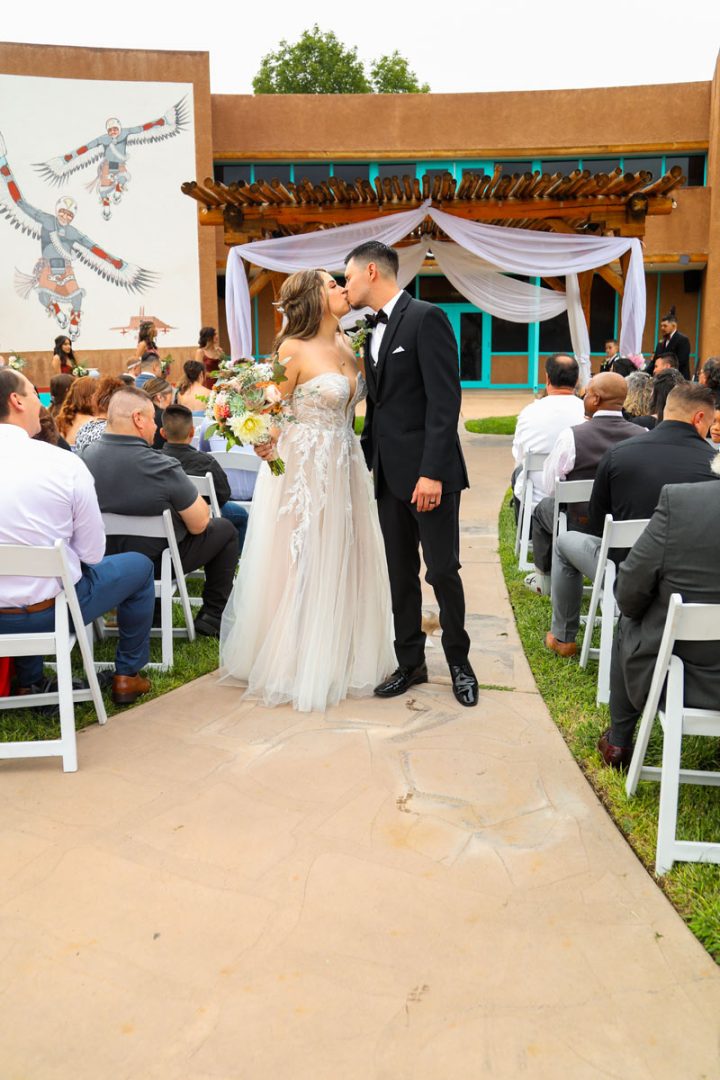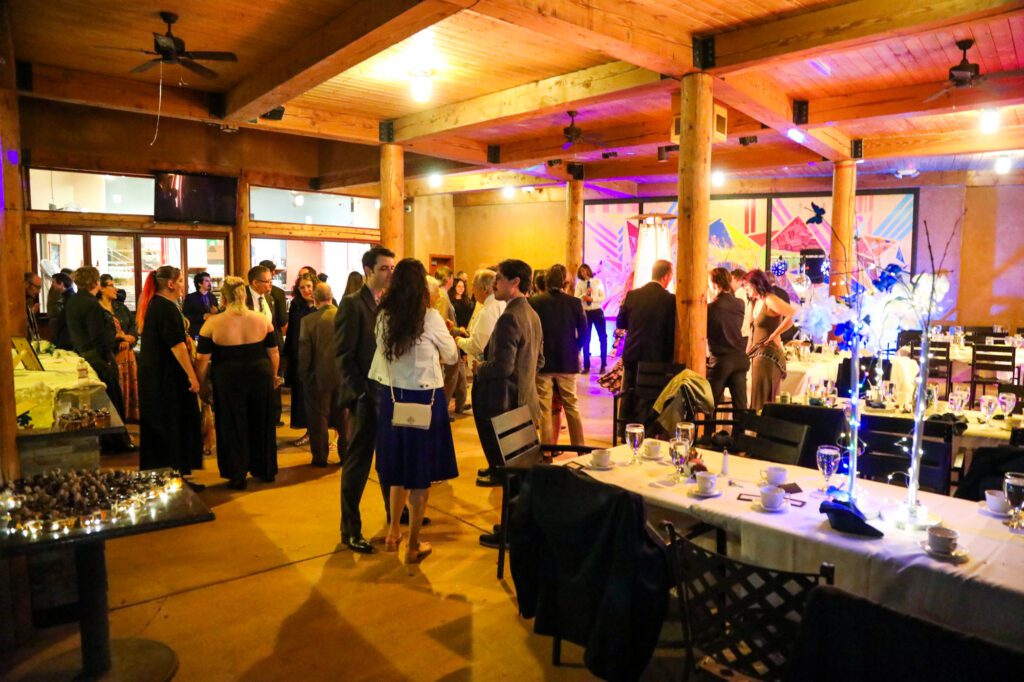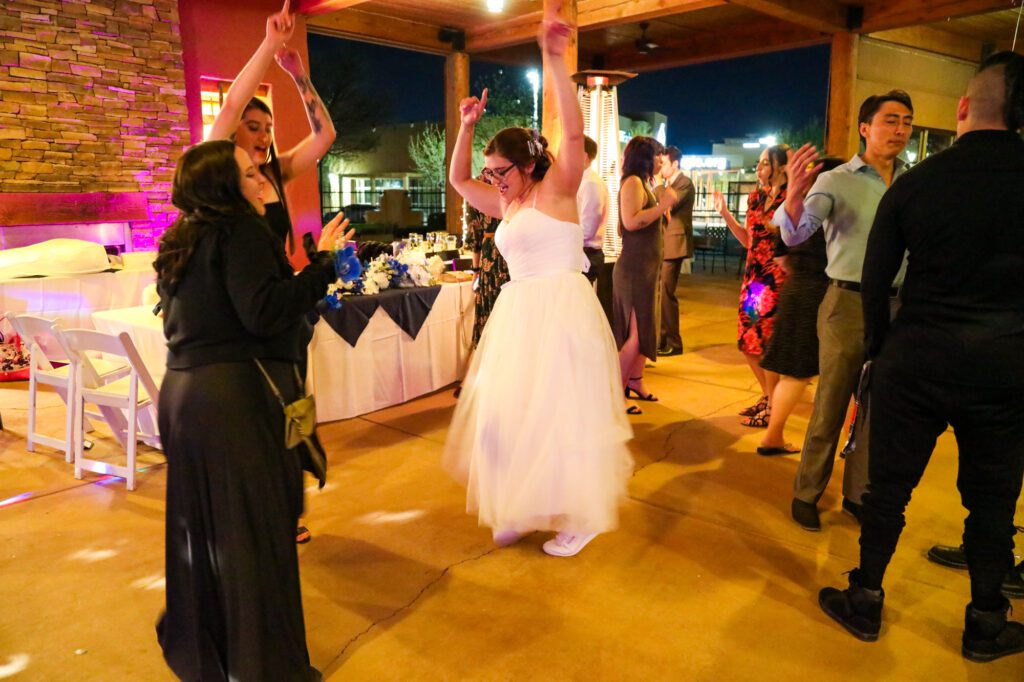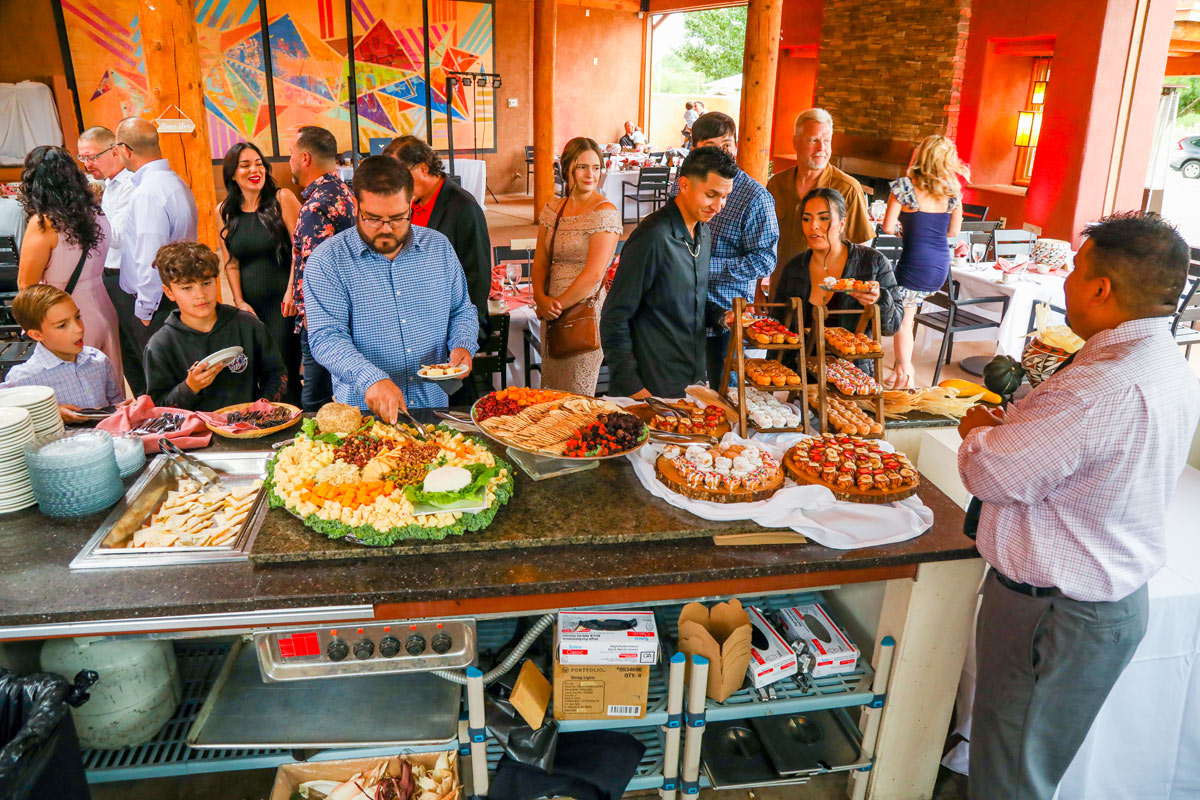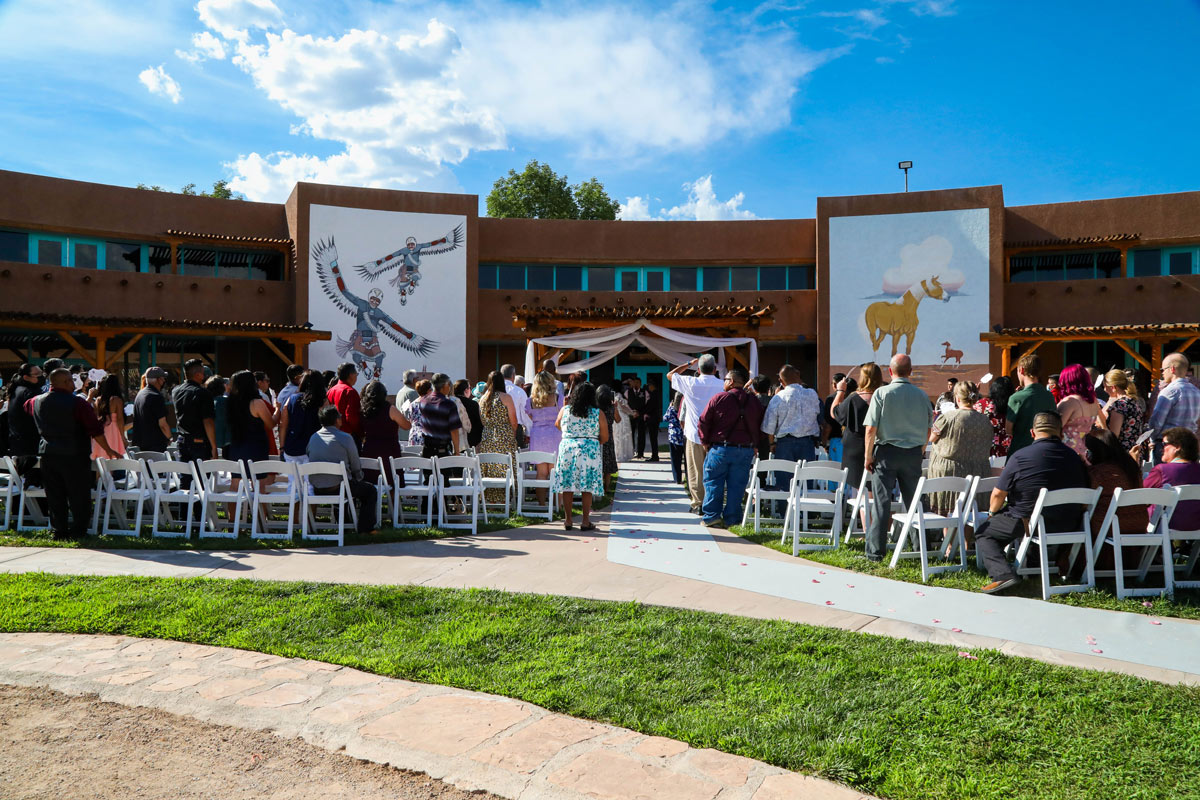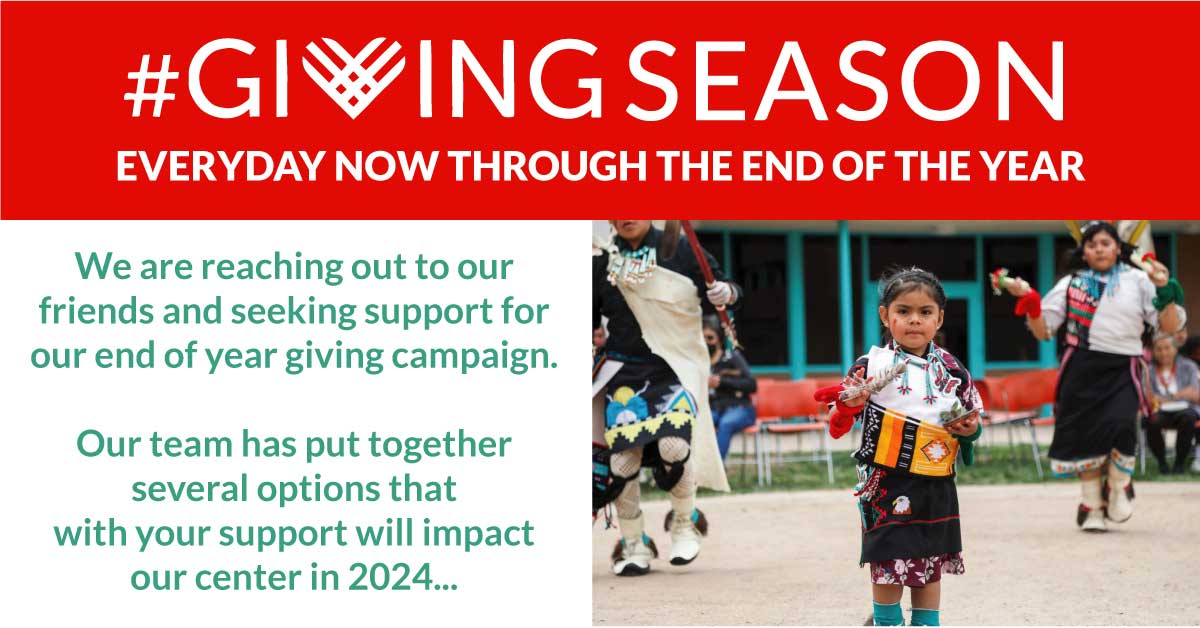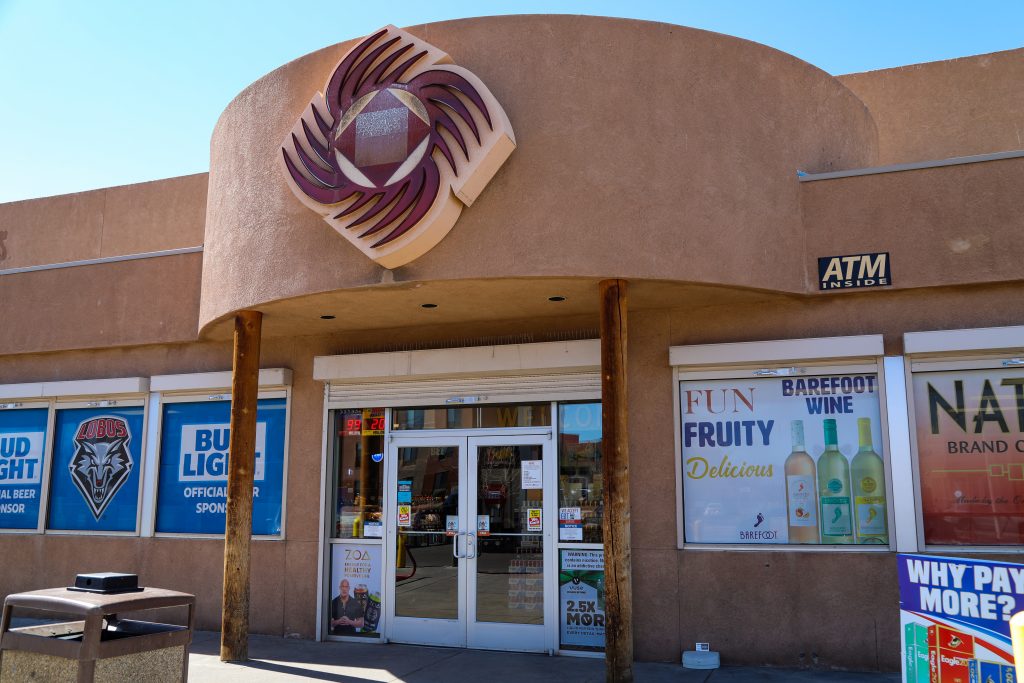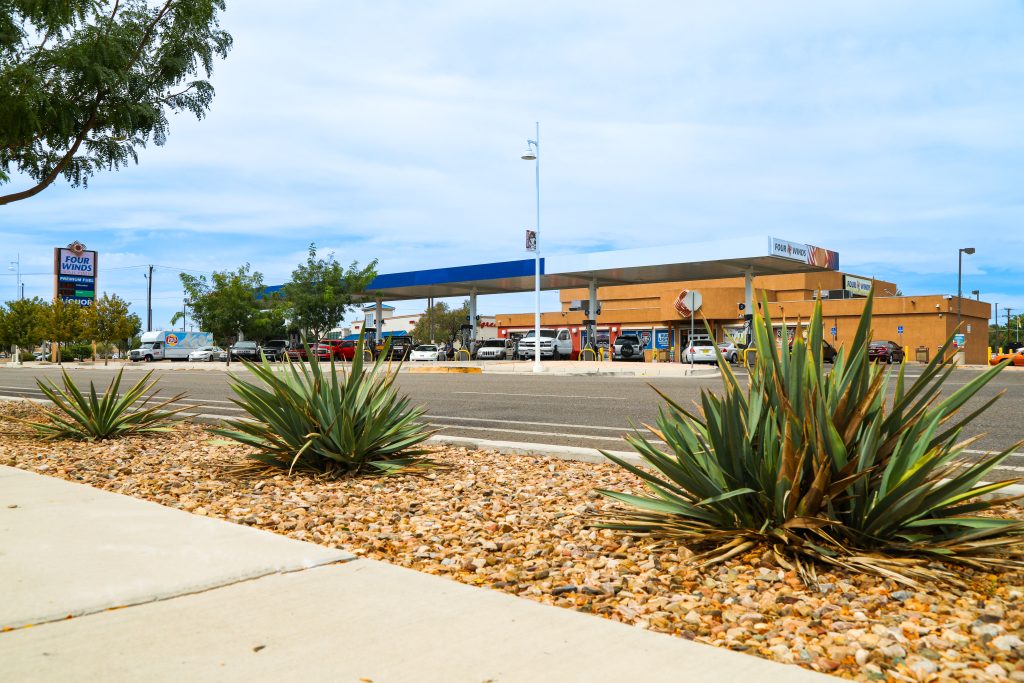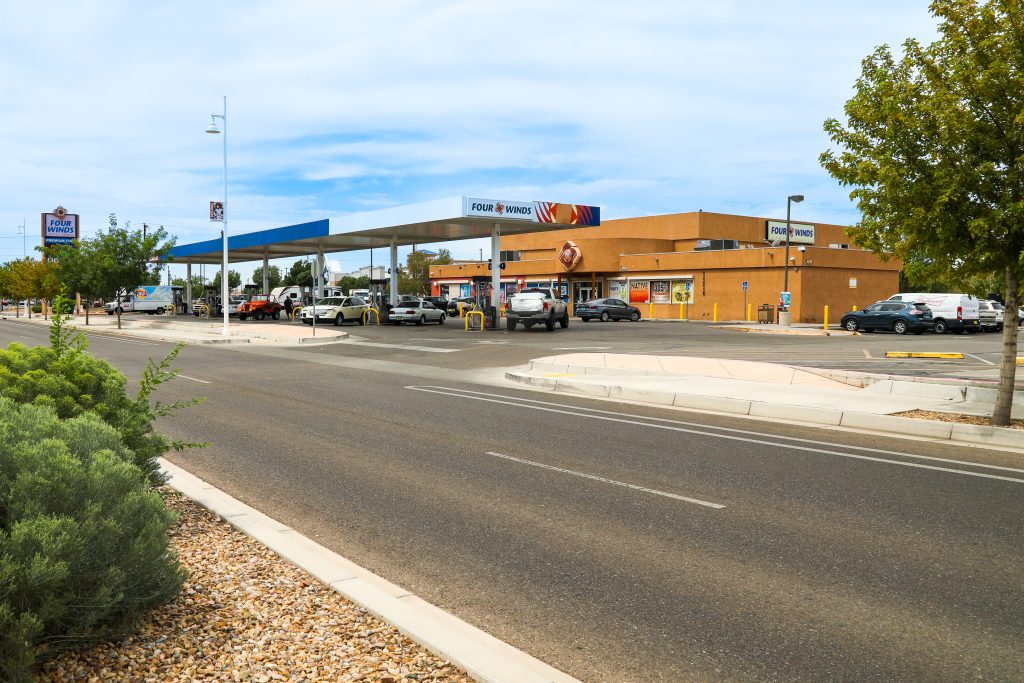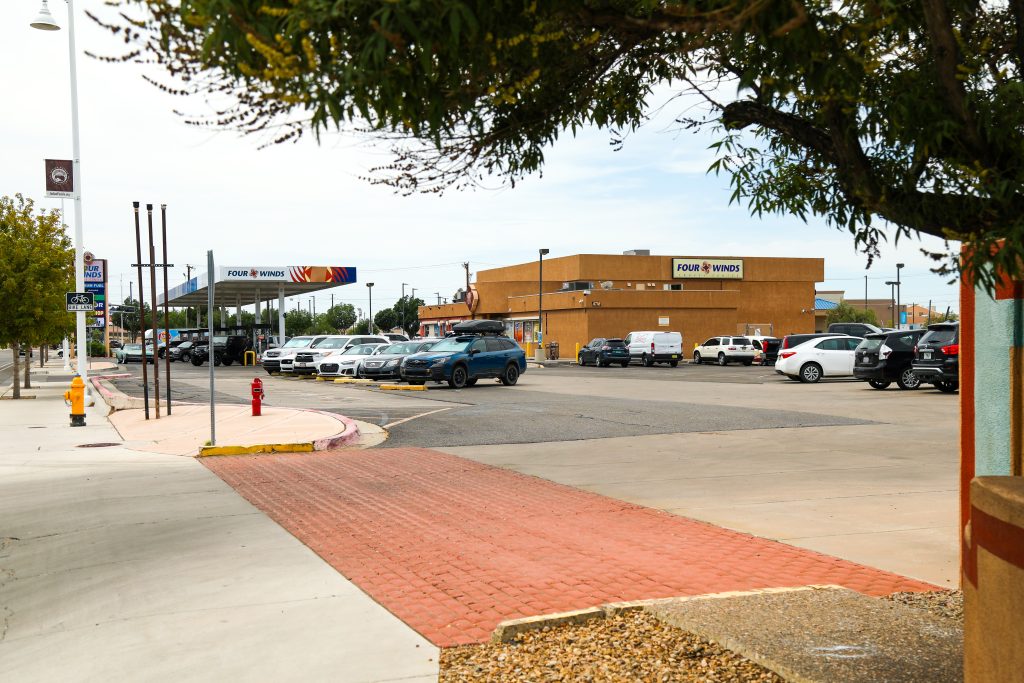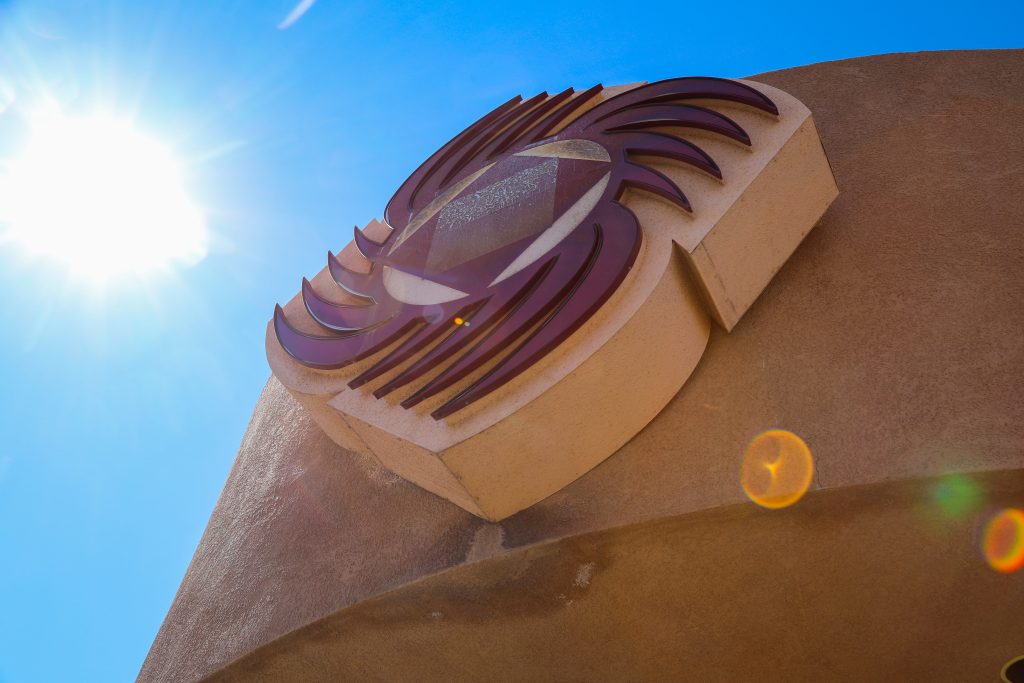The Sámi
This blog aspires to connect readers to Indigenous* resources, information, and fun stuff at the Indian Pueblo Cultural Center (IPCC) and online. Each month, new content will be shared on various themes.
February 4, 2022
February 6th is Sámi National Day. Lihkku beivviin! Lahkoe biejjine! Vuorbbe biejvijn! Happy birthday!
Sámi National Day is celebrated in memory of the first Sámi national meeting that took place in Trondheim on February 6, 1917, the first gathering of Sámi from across Sápmi – traditional Sámi territory – to collaborate on common issues across imposed national borders. Sámi National Day was adopted at the 1992 Sámi conference and was celebrated for the first time the following year.
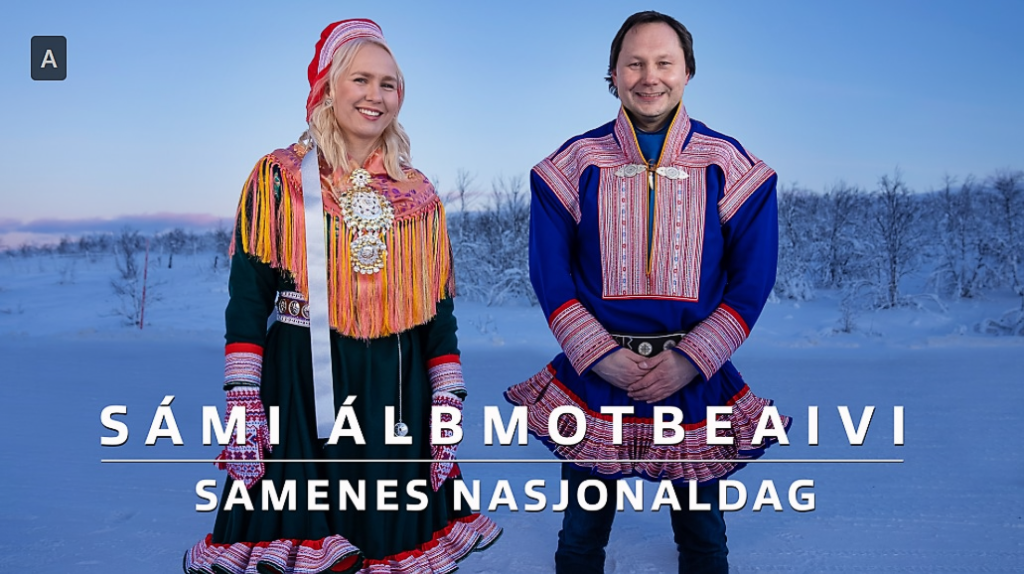
VIDEO: Sámi Álbmotbeaivi – Samenes National Day 2021 with English subtitles
- Discussion of the cardigan, which identifies where you are from and respect of its cultural meaning.
- Introduction to the ládjogahpir, or hornlue, a traditional Sámi woman’s hat.
- Conversation with brothers, Halvard and Hogne Rundberg, from the band Violet Road with a performance of the song, “A New Day Begins.”
- Conversation with Aili Keskitalo (Sámi – President of Sámi Parliament) and Rune Fjellheim (Sámi – Sámi Parliamentary Director), including the Alta River protest against construction of a hydroelectric power plant that planned to flood the village of Masi (Norway).
- Conversation with Agnete Saba (Sámi) singer and songwriter.
- Sami People’s Song performed by Agnete Saba and Halvard Rundberg.
Sunday, February 6th, the 2022 Sámi Álbmotbeaivi will post.
The Sámi
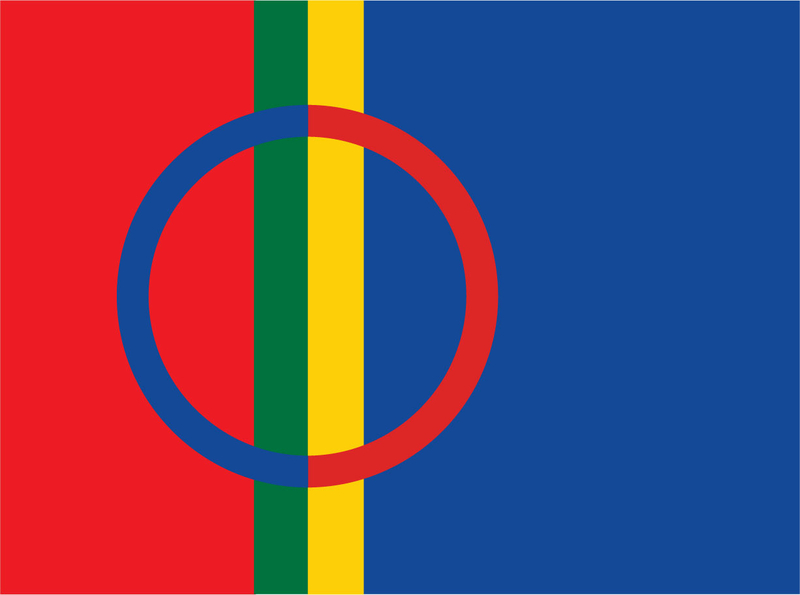
The Sámi Parliament Act (1992) states that a Sámi is someone who considers themselves Sámi and that the Sámi language must be or have been the language in your home, your parent’s, or grandparent’s home. Also, if your parent is included on the electoral register. Before the Sámi Parliament Act, only those who had reindeer and did reindeer herding were considered Sámi, which excluded large numbers of people. (Samer) Language is now the primary identifier.
There are nine living languages, which are divided into two groups based on geographic, historic and linguistic relatedness. Eastern Sámi includes Inari, Kildin, Skolt, and Ter. Western Sámi is Lule, North, Pite, and South. Northern Sámi is the most dominant with about 25,000 speakers. The Sea Sámi are thought to have had an independent language. Over the centuries, the Sea Sámi adopted other dialects. Only a few living elders that can speak Sea Sámi. Akkala Sámi was spoken in Russia, but perished with the last speaker in 2003.
There is no official census of Sámi people. The estimated number is between 50,000 and 100,000. The Sámi homelands, Sápmi, stretch across Norway, Sweden, Finland, and northwestern Russia. A large part of northwestern Sweden is the traditional territory of the Sámi. Reindeer herders, small farmers, hunters, fishermen, and gatherers traditionally use these lands.
The Sámi are represented by three Sámi parliaments – one in Norway, Sweden, and Finland. In Russia, they are organized into Non-Government Organizations (NGO). In 2000, the three Sámi parliaments established a council of representatives, the Sámi Parliamentary Council.
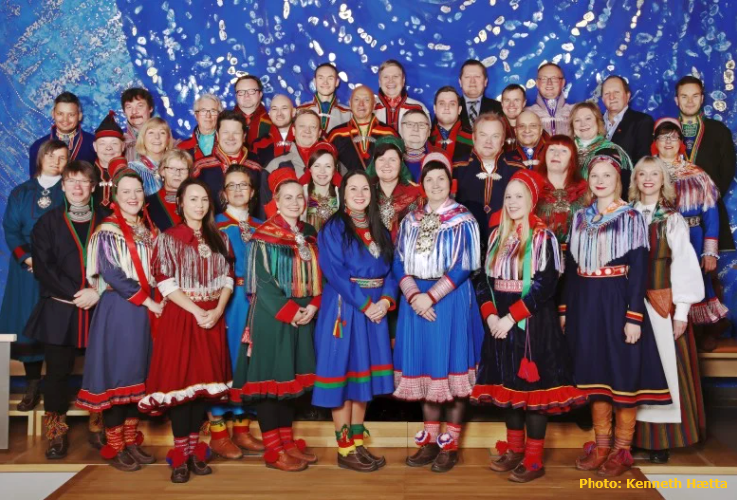
Clothing
Traditional dress is called gákti (Northern Sámi). Gákti identifies which Sápmi area a person is from. The cut of clothing differs between men and women. Women’s gákti are longer, as is gákti from the southern Sápmi area. Some gákti indicate one’s age and status – married or single.

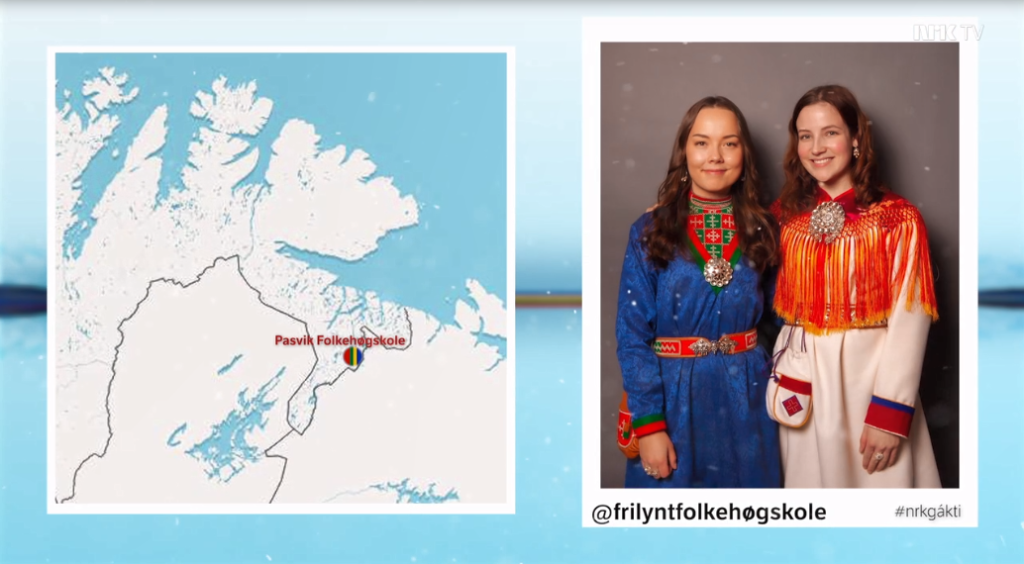
Clothes and shoes were made from reindeer and other furred animals, and included the use of skin and tendons. Broadcloth and wool were bought from tradesmen. Today, silk, velvet, and synthetic fabrics have been added. Traditional accessories include belts, shoes, shoelaces, storm collars, jewelry, gloves, trousers, and caps, and for women, shawls.

Risku is a brooch typically worn on special occasions. In a traditional Sámi wedding, a bride might wear several. Risku are often passed down in the family or given as christening or confirmation gifts.
The current circular design of risku evolved from oval brooches crafted from reindeer horn, which was often carved with symbols that represented the sun. Though unknown when silver was first traded for reindeer meat and hides, it became a symbol of prosperity and a form of currency.
Dressing with Purpose – Belonging and Resistance in Scandinavia at the Museum of International Folk Art in Santa Fe features three dress traditions: Swedish folkdrākt, Norwegian bunad, and Sámi gákti. In this exhibition, visitors are introduced to individuals who adapt and revitalize dress traditions to articulate who they are, proclaim personal values and group allegiances, strive for sartorial excellence, reflect critically on the past, and ultimately, reshape the societies they live in.
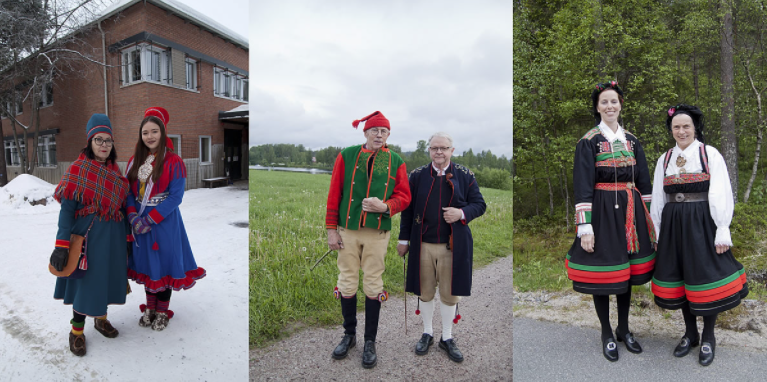
Joik
Joik (Norwegian) is a traditional Sámi musical expression. In joik, melodies and rhythm are identity markers and comprised of layers of meaning. Words, gestures, and facial expression can accompany a joik and is more than a representation about someone, an animal, or nature. The joik is (an expression of) that (feeling of) person, animal, or place. After death, to joik someone (in remembrance) is to have them close by. Ancestor joiks are remembered for generations.
As part of Sámi life, joiks are company when alone or when reindeer herding. Joiks are given to people as gifts. Joiks depict characteristics and great deeds, to give another self-confidence, or for courtship. A person may have several different joiks. For example, one given to a child (dovdna) can adapt to fit the child when they are older.
Joiks are a way of passing on knowledge and stories. During Christianization, from the 1700s onward, joiks were banned. In recent years, it has experienced revitalization and blending with instruments and new genres like pop, electronica, or metal.
Duodje – Sámi Craftsmanship
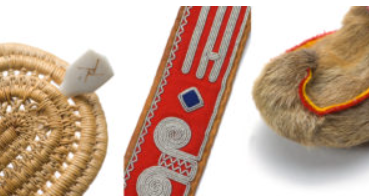
Duodje (Lule Sámi), duodji (Northern Sámi), Duöjjie (Ume Sámi), and Vätnoe (Southern Sámi)
Duodje, loosely, is the handicraft of the Sámi. A part of cultural traditions and knowledge, duodje is entwined with identity, cultural preservation, and with survival. Duddjon, the crafting process of the hands, provided utilitarian items made from materials created from natural resources. Regional connections can be seen in decorations, patterns, and material choices. Contact with other peoples has left their mark within duodje.
Over time, like many other Indigenous cultural craftsmanship, these materials have developed into collectable arts. Each crafted piece is infused with cultural heritage, from creation to materials and design.
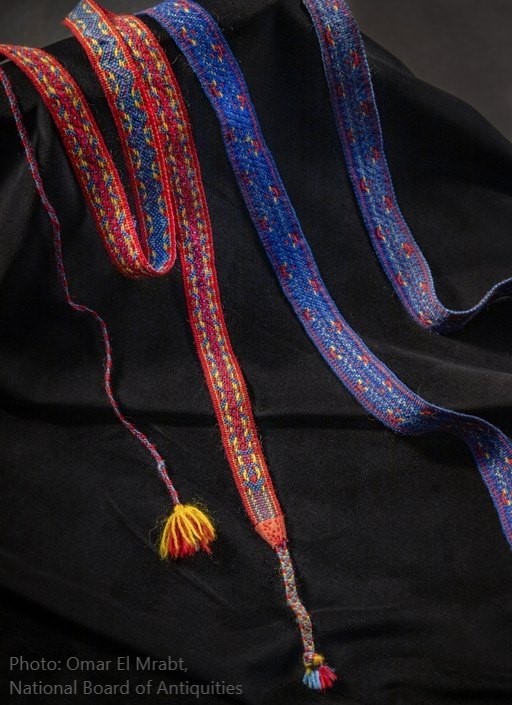
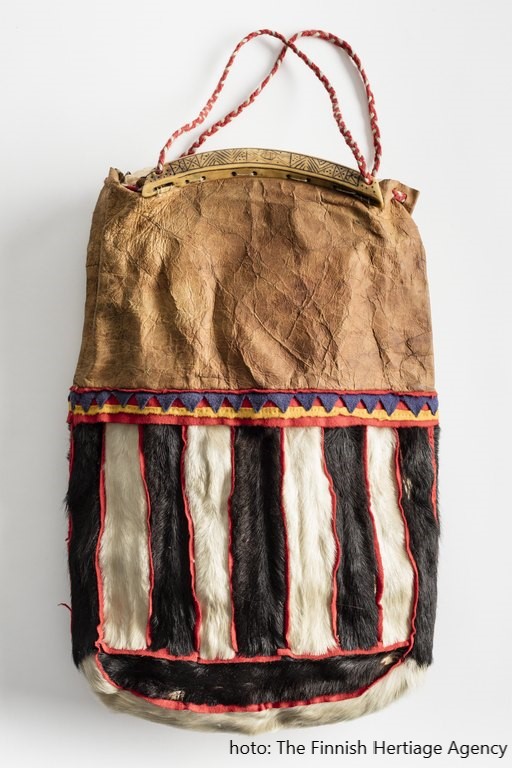
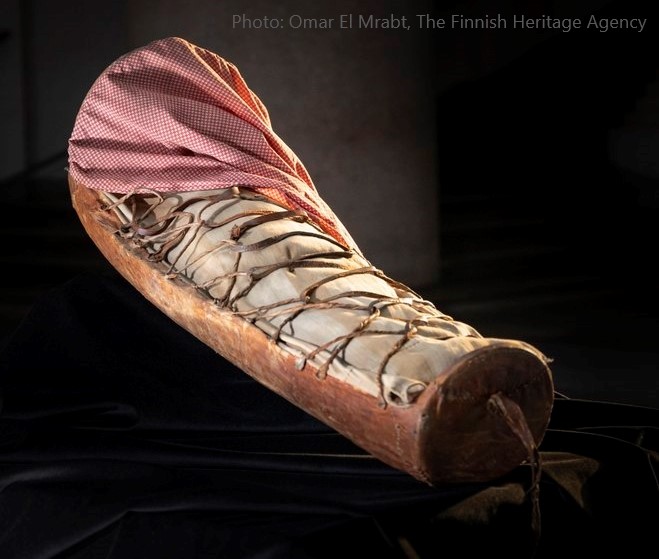
Paulat woolen shoelaces
Jaw bag made of leather, Fur, reindeer bone, and wool thread.
Komsio cradle – wood, reindeer-skin, and cotton frabric.
On September 9, 2021, the Sámi community and the Sámi Museum Siida in Inari – the center of the Sámi – celebrated the homecoming of 2,200 Sámi cultural heritage items repatriated from the Finnish National Museum. The items were collected from 1830 to 1998. The exhibit, Mäccmõš, maccâm, máhccan – The Homecoming, highlights 140 archived materials, photos, and work by contemporary Sámi artists. Intermixed with the heritage items are contemporary items from Sámi crafters and artists. The exhibit text includes three Sámi languages spoken in Finland and stories by the Sámi. Sámi materials – photographs and yoiks – add to the story.

Reindeer
Traditional reindeer herding has been practiced since the 17th century. It was not a profession, but a way of life. Reindeer were used for clothing, food, trade (as a form of money), and labor. Time is measured by the passing of the seasons. Each season is subject to the reindeer and the climate. The lavvu, a portable home, is moved and set up migration trails. (Sanna) The continuation of herding is essential to the survival of Sámi identity.
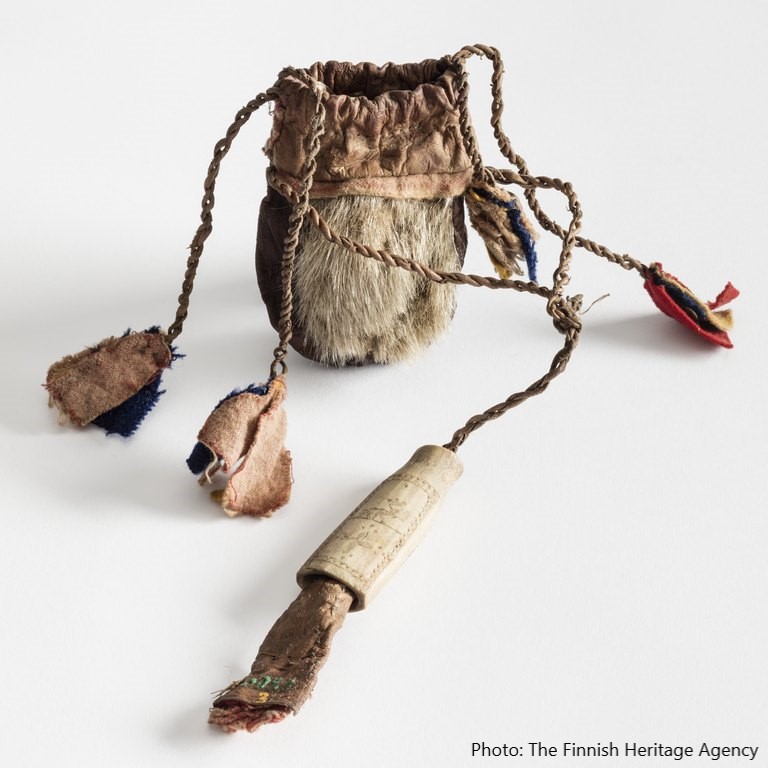
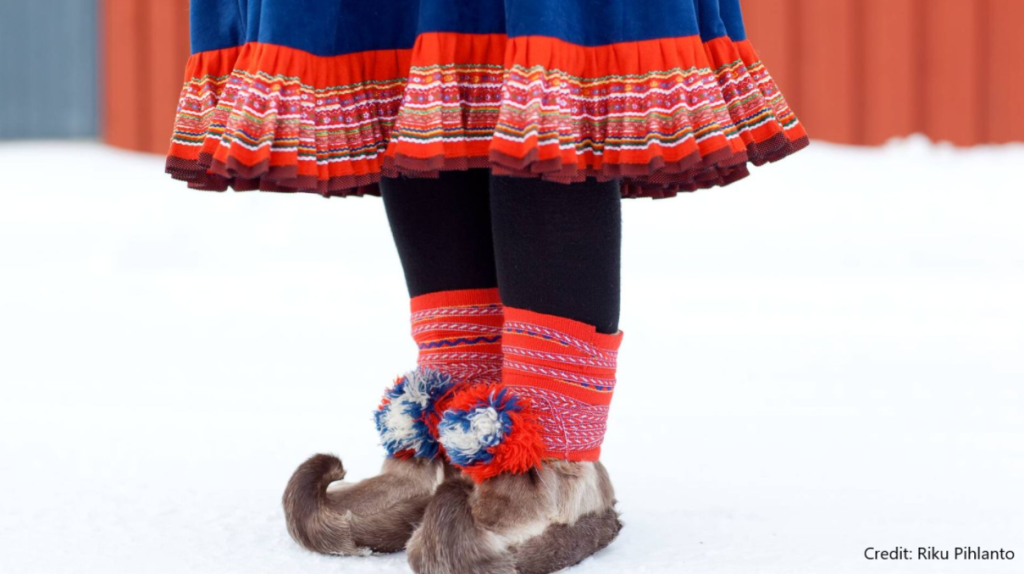
In Norway, colonization from the south pushed Sámi north until could not move any further. Farmers settled on Sápmi land, which disturbed pasture areas and migration routes, leading to fewer reindeer grazing areas. Because land ownership was foreign to the Sámi, they did not have land rights, whereas the Norwegian farmers did. (Sanna)
Mining and industry have also greatly impacted reindeer herding. Human settlement, inroads and railroad cut through migration paths and grazing areas; reindeer are in danger of being struck by trains NS cars. The construction of the Alta dam at the Kautokeino River has also impacted reindeer herders.
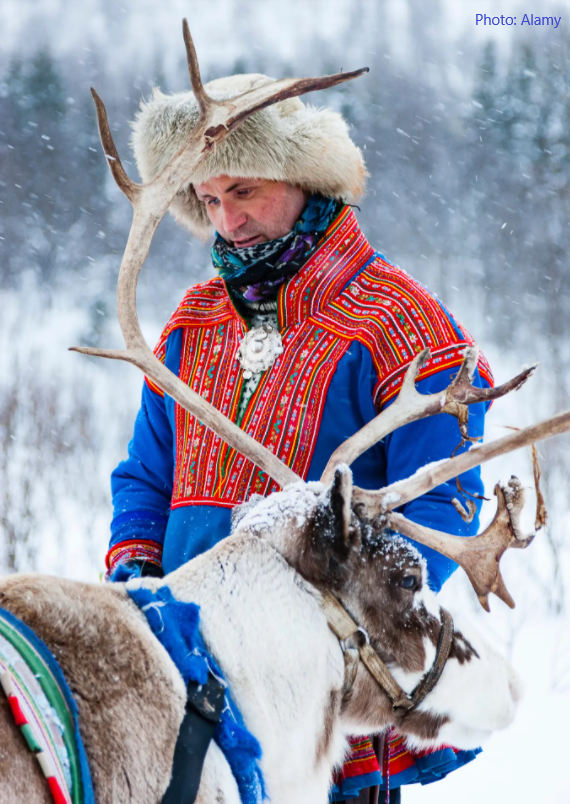
Government involvement has also affected herding lifeways. The government offered incentives to decrease the number of older reindeer herders and limited the number of new herders. The governor offered subsides for herding and cash reward for slaughter, which shifted the economics of reindeer. Herding shifted from subsistence to a market economy.
Traditionally, the Sámi used every part of the reindeer – skin, organs, meat, milk, and blood. Government interference turned meat production into profit. Duodje made from reindeer could be traded for items. Now, they were paid in cash. This led to competition between Sámi for the best pasture areas. Poaching increased. Reindeer earmarks were introduced as indicators of herd ownership.

Sámi joatkkaskuvla ja boazodoalloskuvla is a Sámi high school and reindeer herding school in Kautokeino, in northern Norway. The school’s vision is that students will learn knowledge rooted in Sámi society and culture. The school curricula is developed in Sámi language, duodji, natural use, reindeer husbandry, restaurant and food, construction and specialized subjects. Part of the school’s vision is to strengthen and develop the Sámi identity, language, and culture in Sámi youth.
References
Aida. (n.d.). What is duodji? https://arkisto.fi/aida/en/students-of-duodji/what-is-duodji
Alta controversy. (2021, October 30). In Wikipedia. https://en.wikipedia.org/wiki/Alta_controversy
Amnesty International. (n.d.). Indigenous peoples. https://www.amnesty.org/en/what-we-do/indigenous-peoples/#:~:text=Indigenous%20Peoples%20can%20be%20identified%20according%20to%20certain,social%2C%20economic%20or%20political%20systems%20More%20items…%20
Ájtte. (n.d.) Duodje-Sami craftsmanship. Ájtte – Swedish Mountain and Sami Museum » Duodje-Sami handicrafts (ajtte.com)
Beneath Northern Lights. (2019, March 26). Yoik – one of the oldest vocal traditions in Europe. https://www.beneathnorthernlights.com/joik-the-oldest-vocal-tradition-in-europe/
Colston, P. (2021, May 23). In its place: The Risku brooch. The New York Times. https://www.nytimes.com/2021/05/23/fashion/jewelry-risku-brooch-sami-scandinavia-finland.html
Environmental Justice Atlas. (2020, January 31) Alta River hydro power plant, Norway. https://ejatlas.org/conflict/alta-river-hydro-power-plant-norway
IWGIA. (n.d.) Indigenous peoples in Sápmi. Sápmi – IWGIA – International Work Group for Indigenous Affairs
The Finnish National Museum. (n.d.) Mäccmõš, maccâm, máhccan – The Homecoming. https://www.kansallismuseo.fi/en/exhibitions/maccos-maccam-mahccan-kotiinpaluu
The National Museum of Finland. (2022, January 25). Exhibition Mäccmõš, maccâm, máhccan – The Homecoming celebrates the repatriation of National Museum of Finland’s Sámi artefacts to the Sámi homeland, Sápmi. https://news.cision.com/the-national-museum-of-finland/r/exhibition-maccmos–maccam–mahccan—the-homecoming-celebrates-the-repatriation-of-national-museum-,c3492129
Sanna (Foster, Jennifer). (n.d.). Sámi culture: Reindeer herding in Norway. University of Texas – Austin. Reindeer Herding in Norway (utexas.edu)
Samer. (n.d.). Who is a Sami? http://www.samer.se/4533
*The term Indigenous is used broadly to include those labeled Native American, American Indian, Alaska Native, Hawaiian, First Nations, Aboriginal, and others such as the Sami (Finland) and Ainu (Japan). Native American and American Indian are used interchangeably in this blog.
About the Author
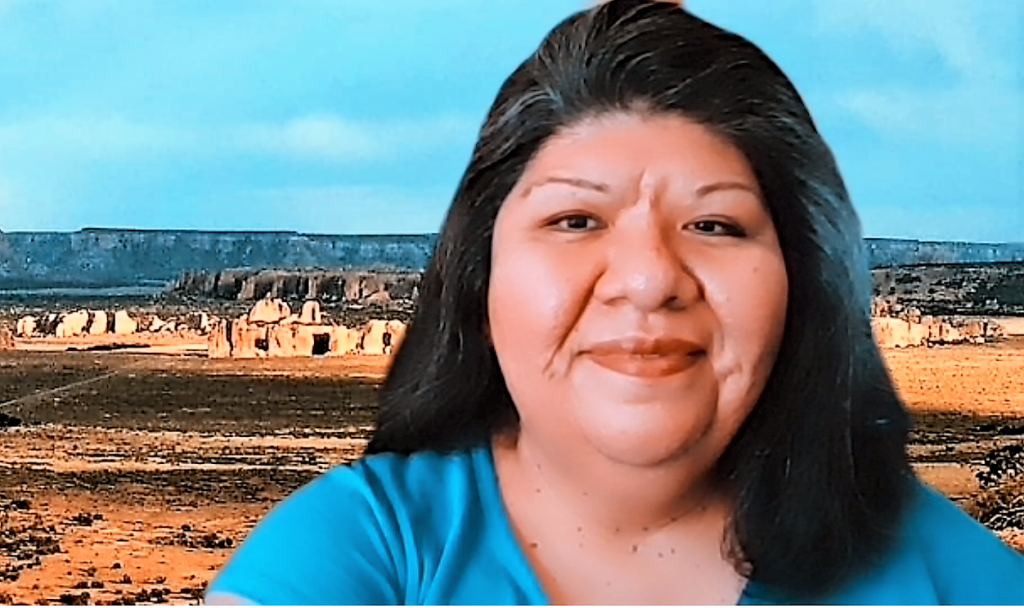
Jonna C. Paden, Librarian and Archivist, is a tribally enrolled member of Acoma Pueblo. As part of the Circle of Learning cohort, she holds a Masters in Library and Information Science from San José State University where she focused on the career pathway of Archives and Records Management. She is also the archivist for the New Mexico Library Association (NMLA) and current Chair (2020-2022) for the New Mexico Library Association (NMLA) Native American Libraries – Special Interest Group (NALSIG).
